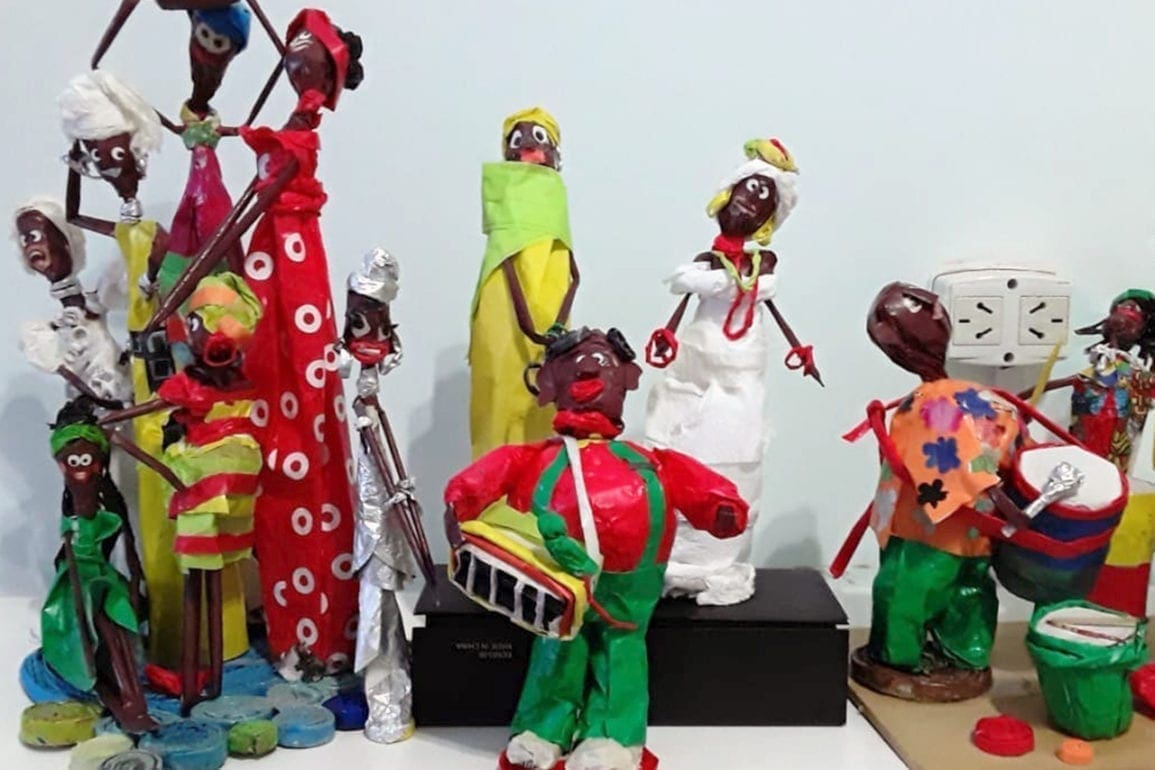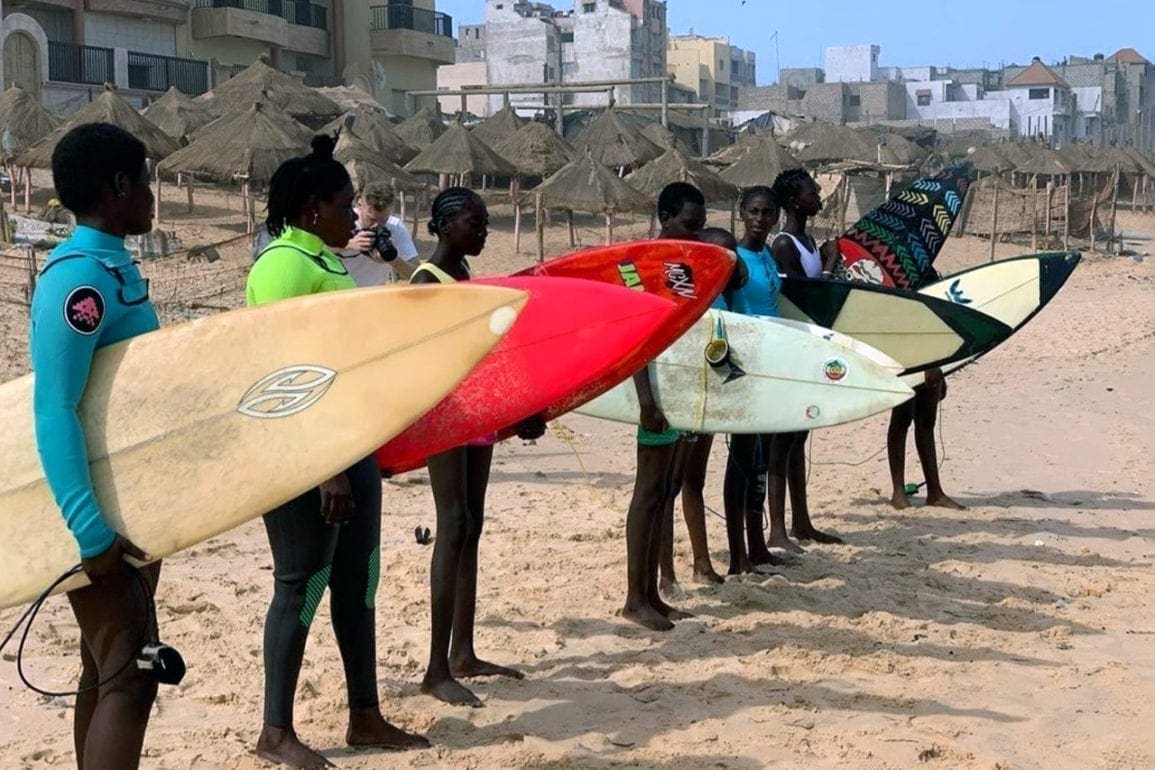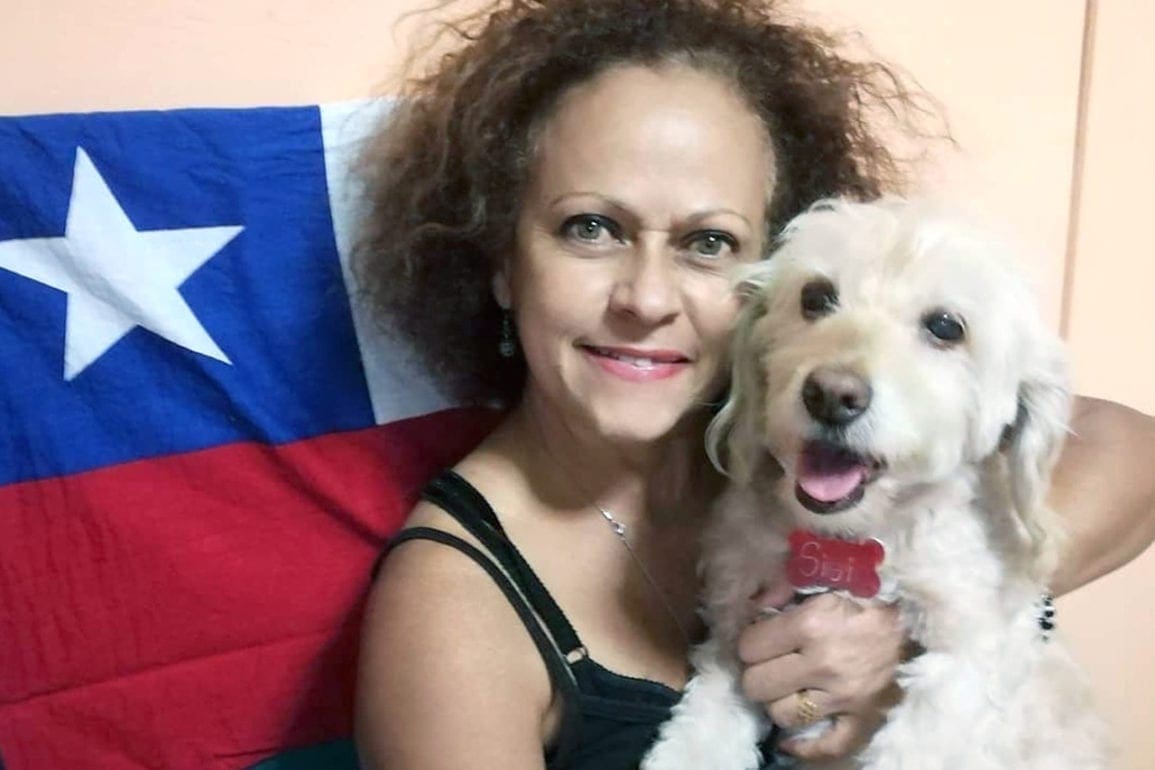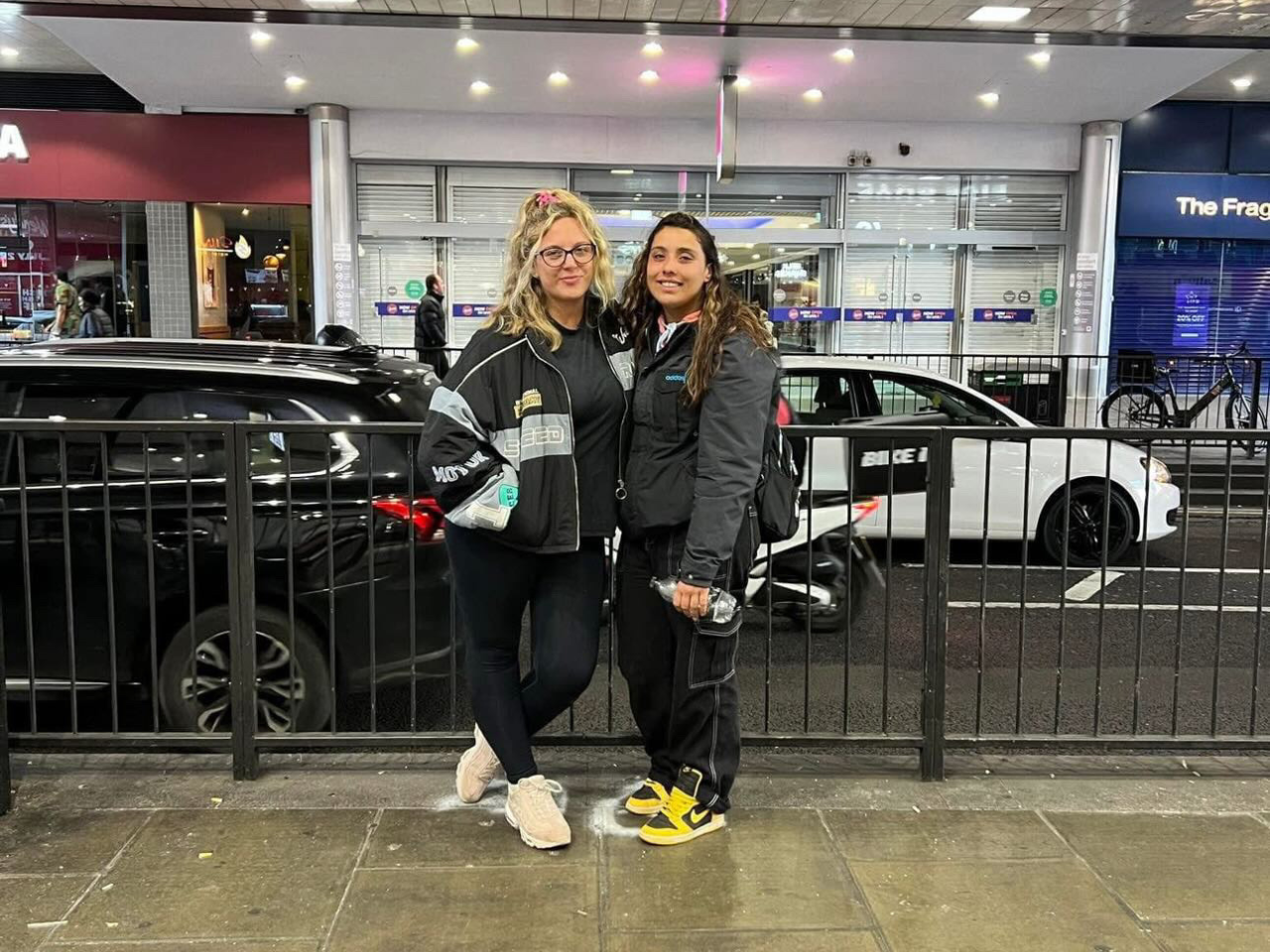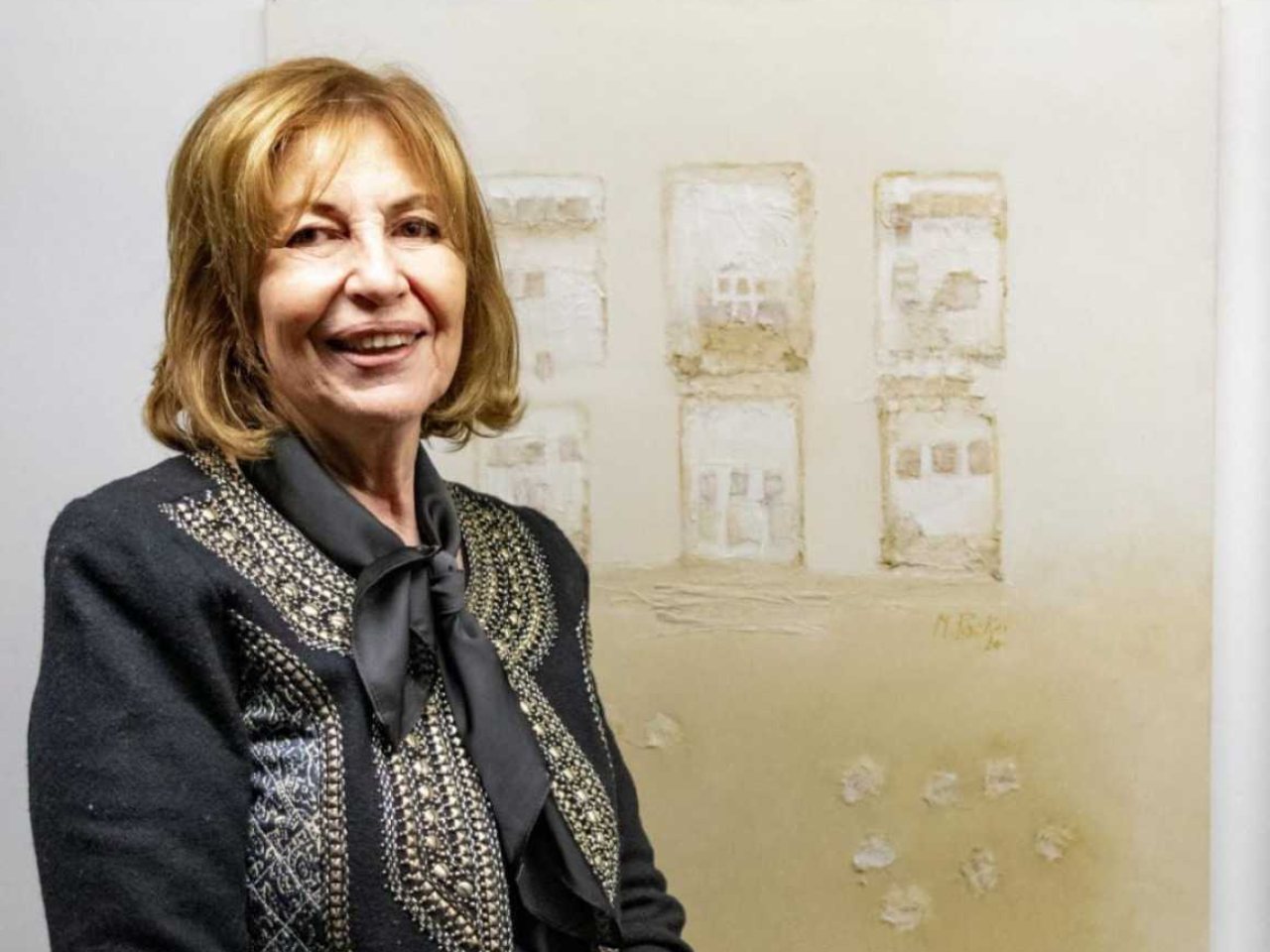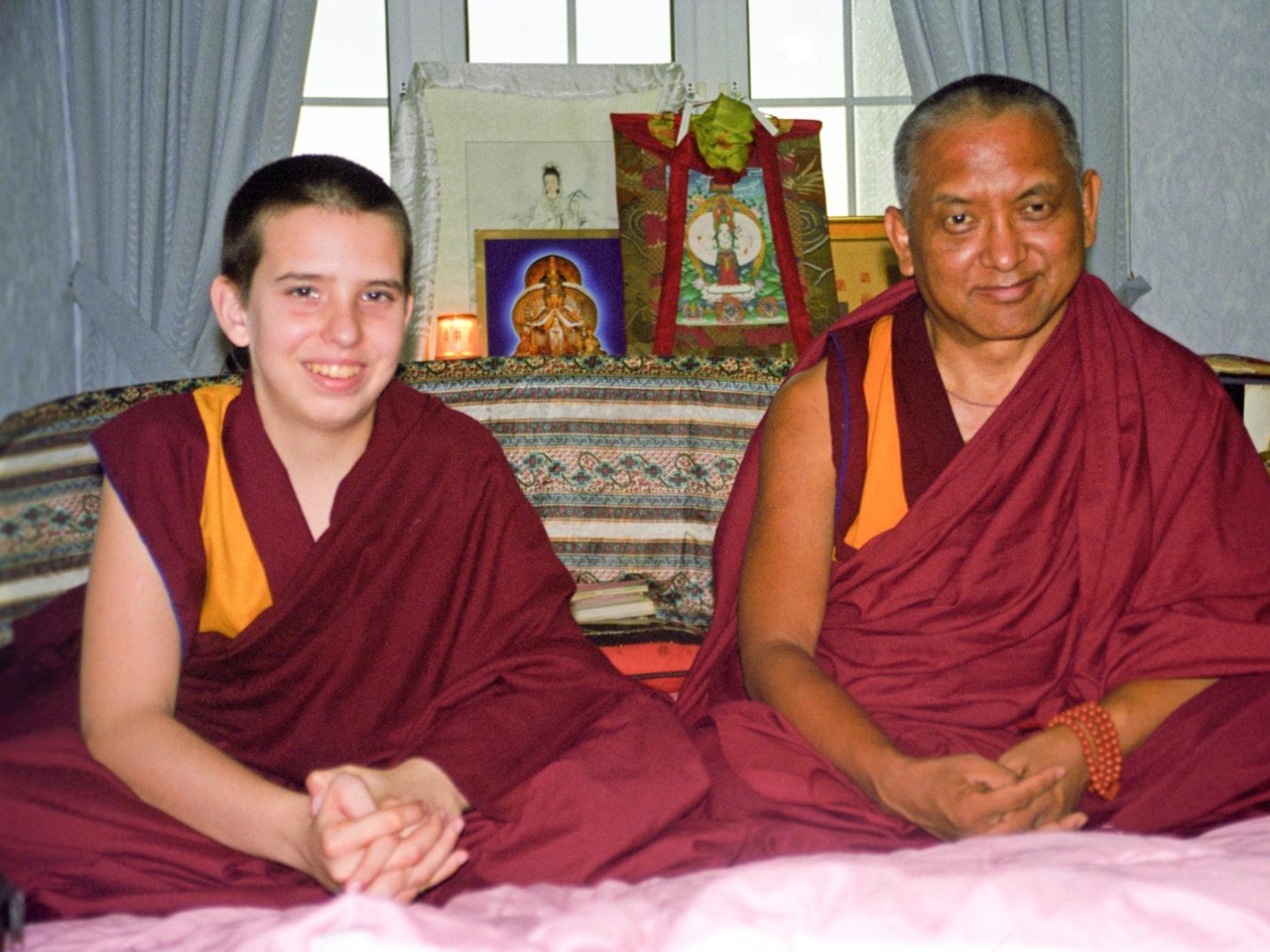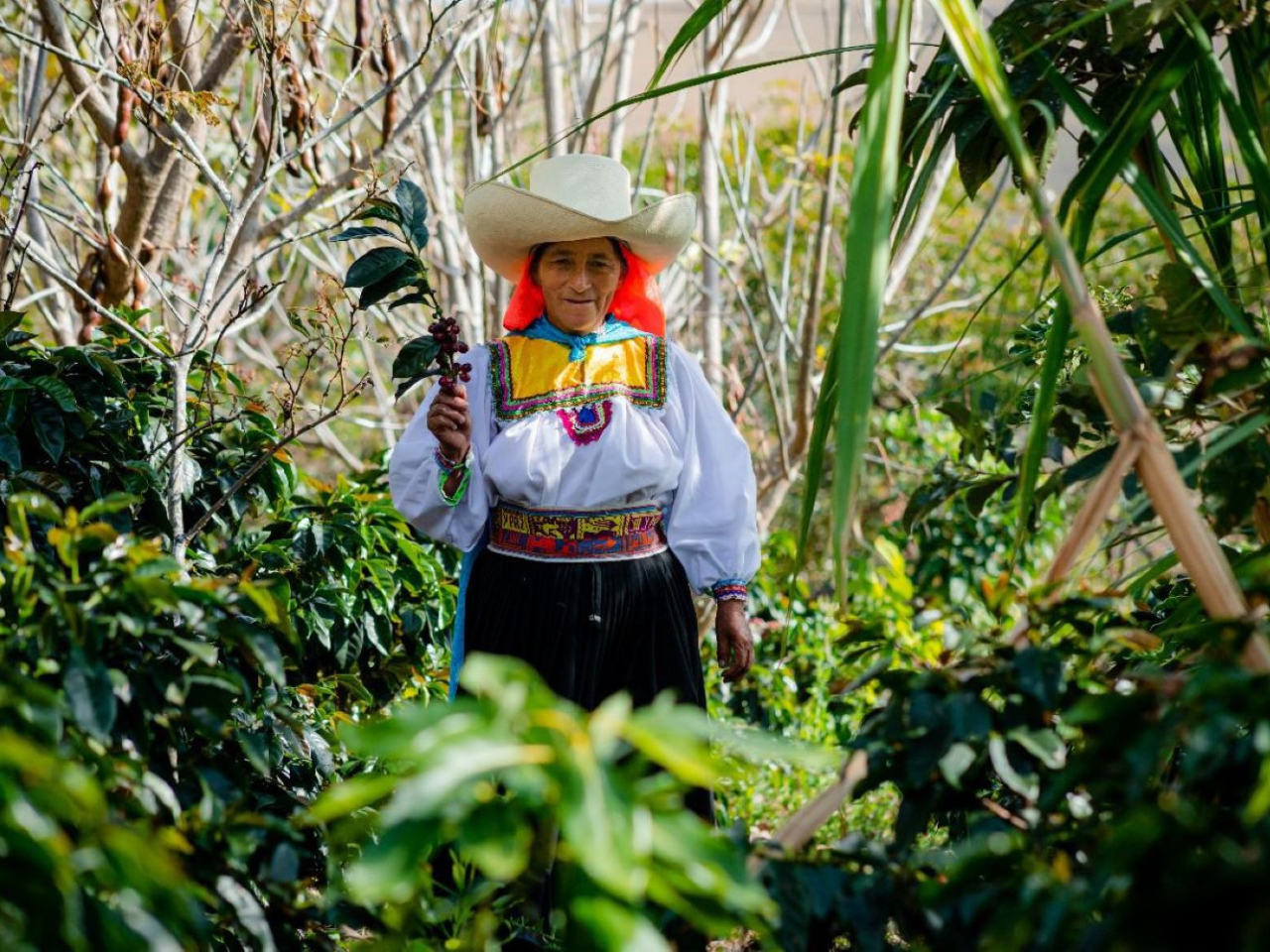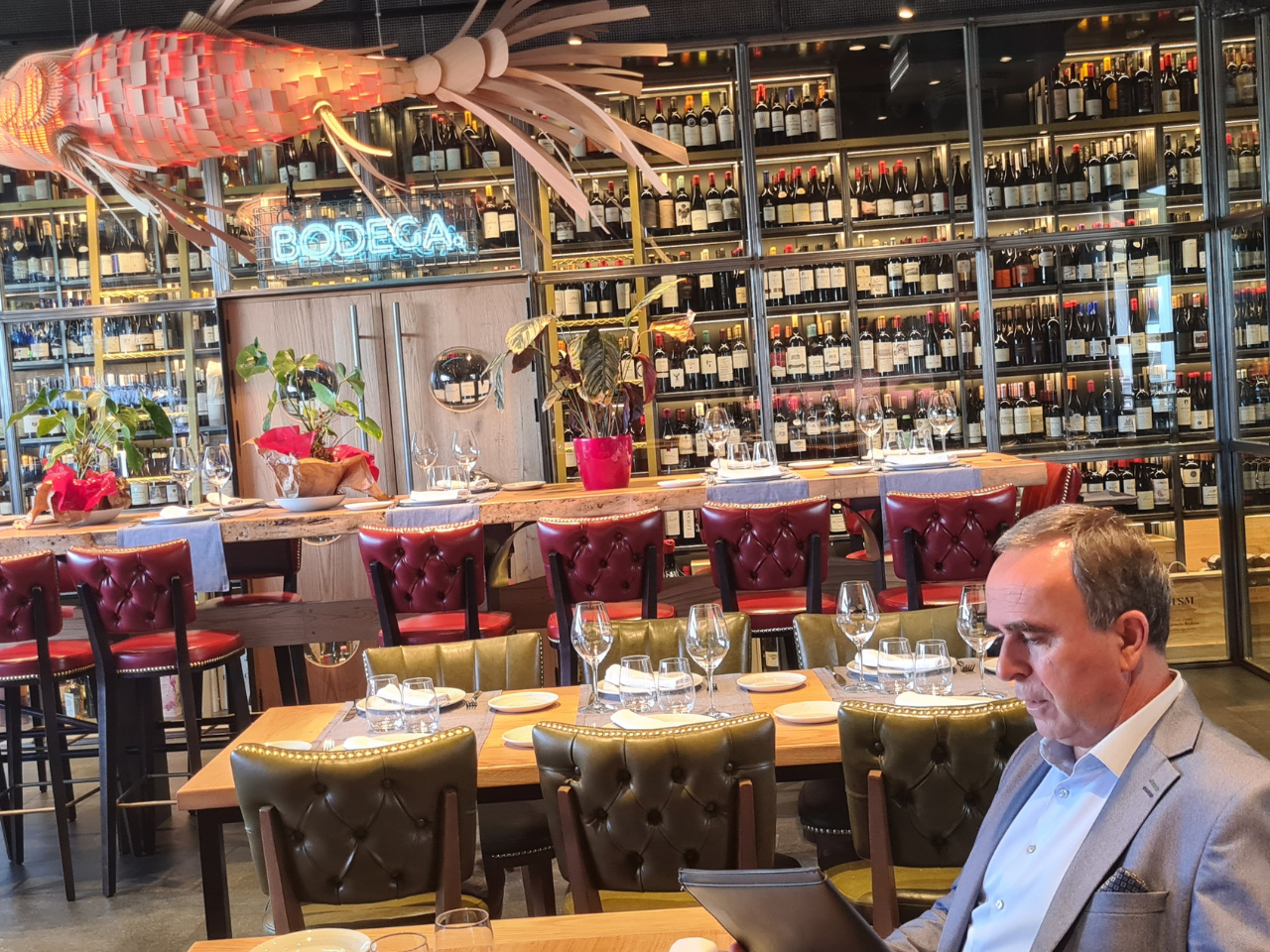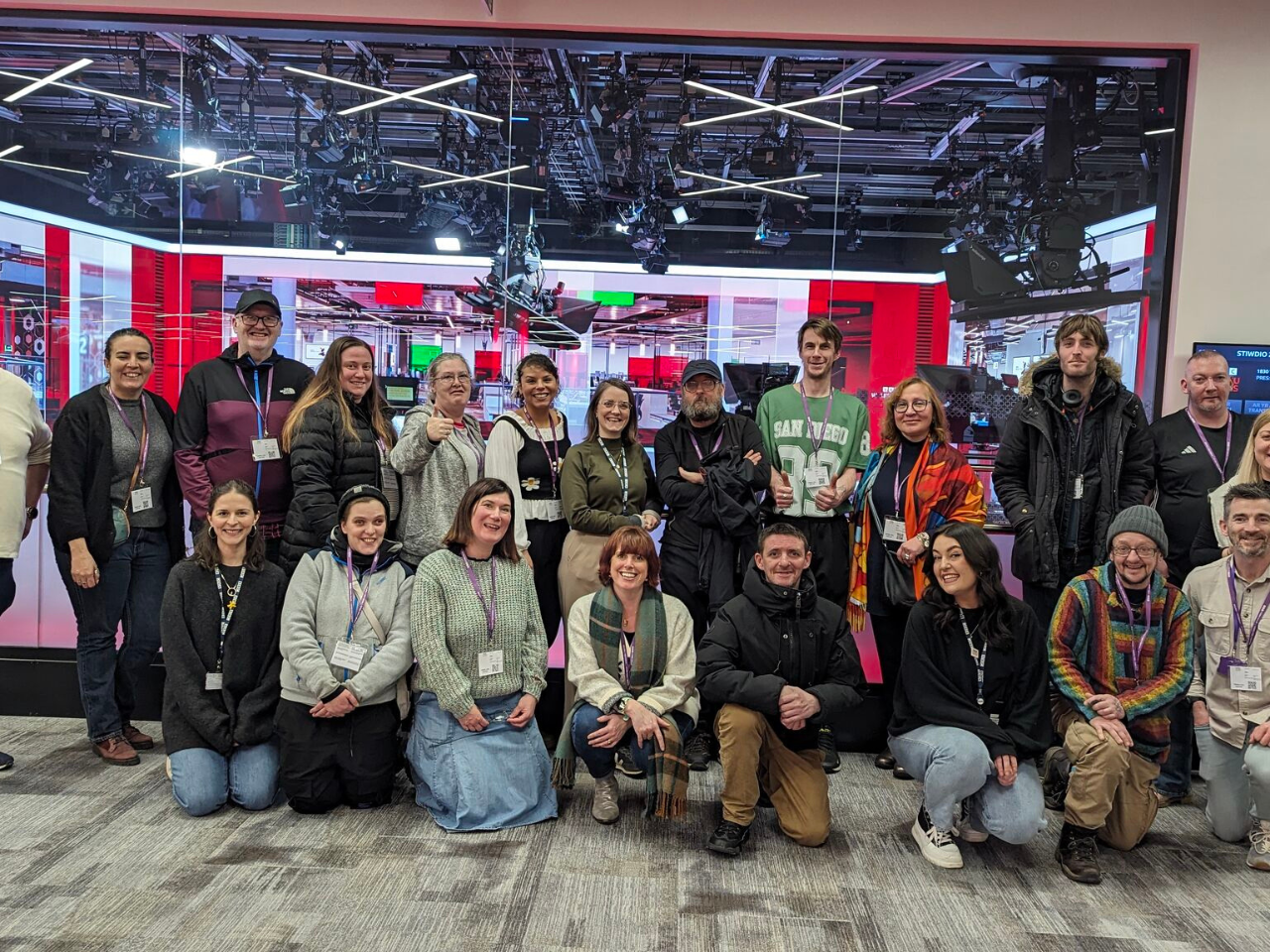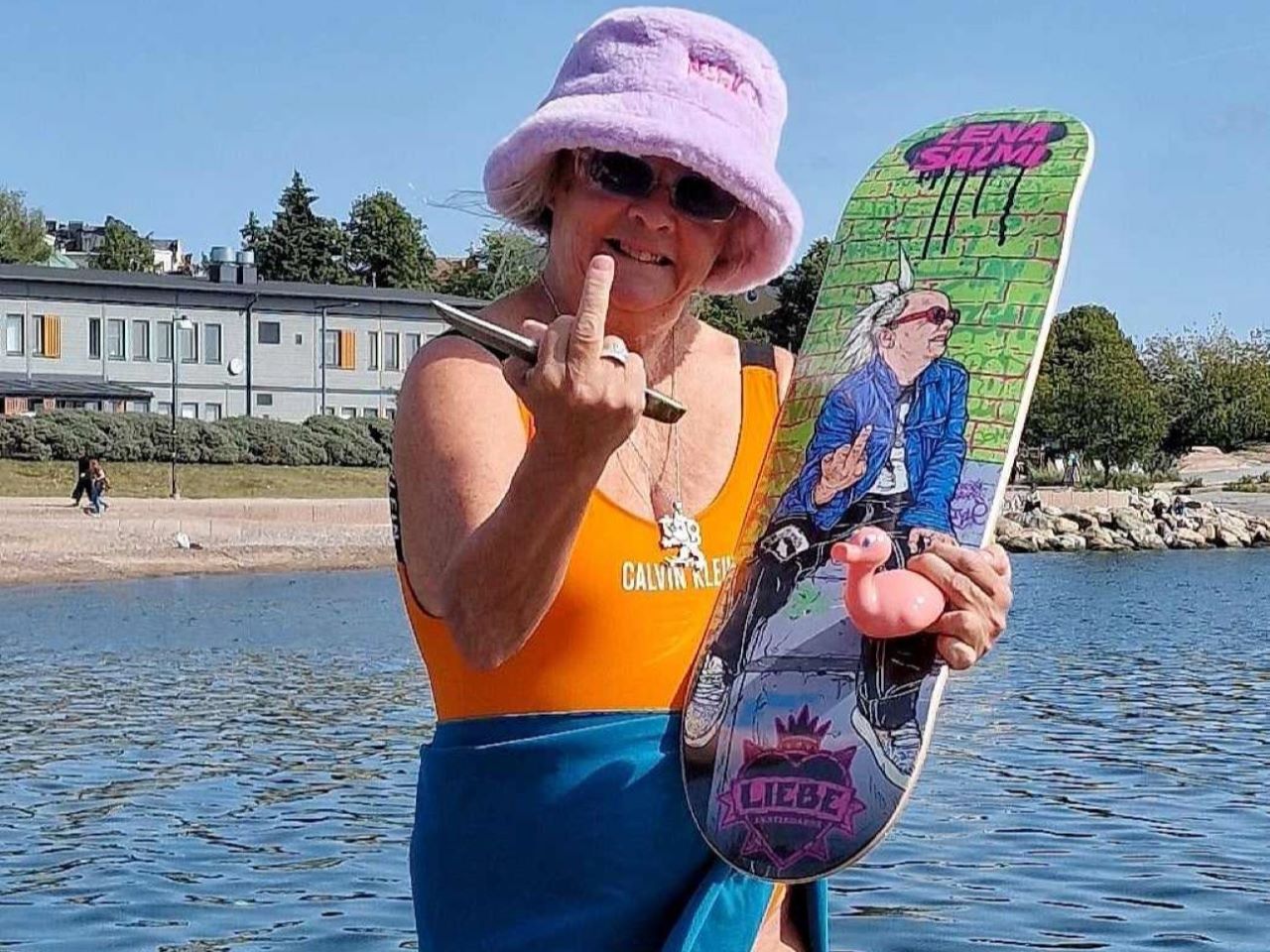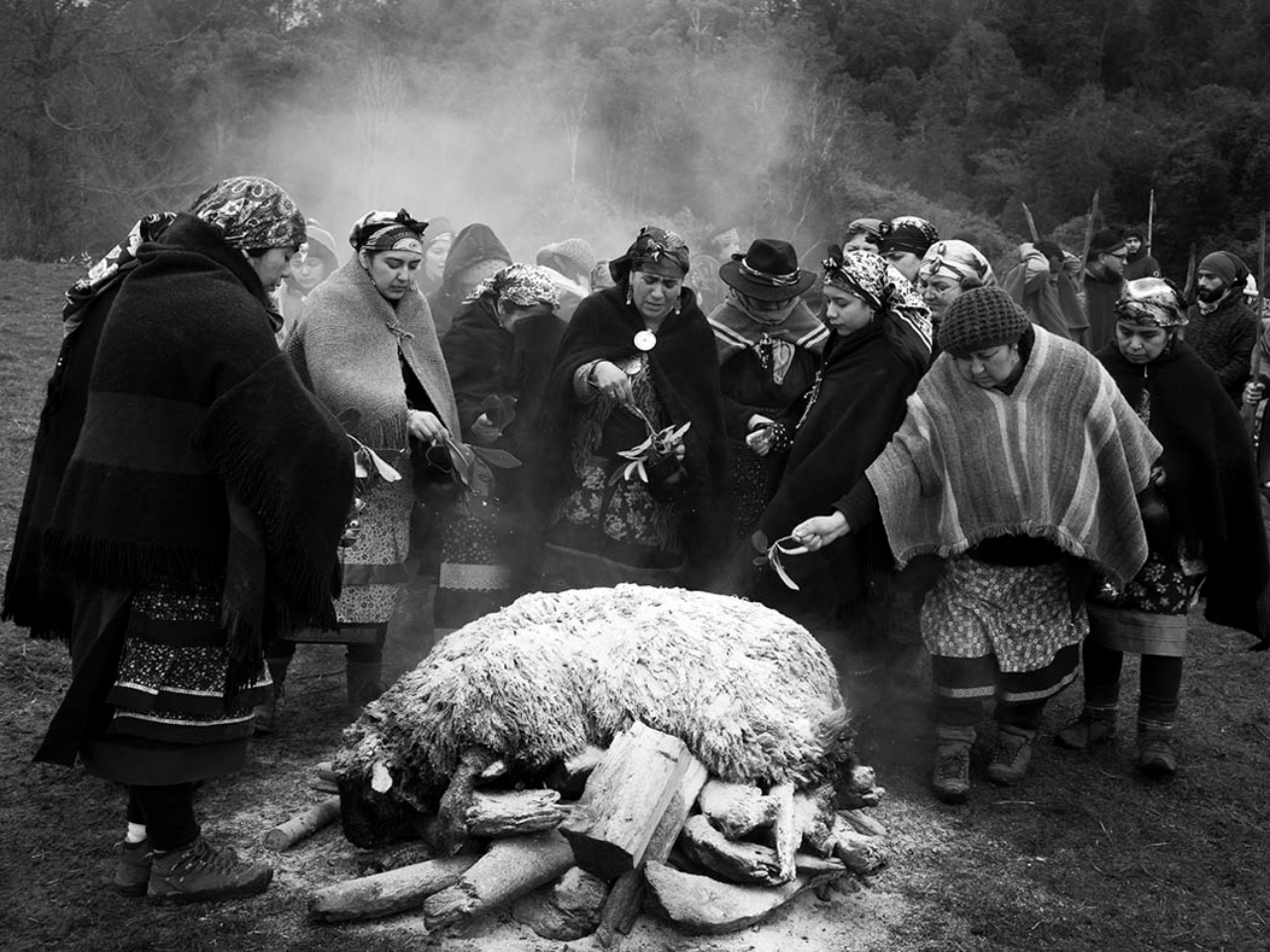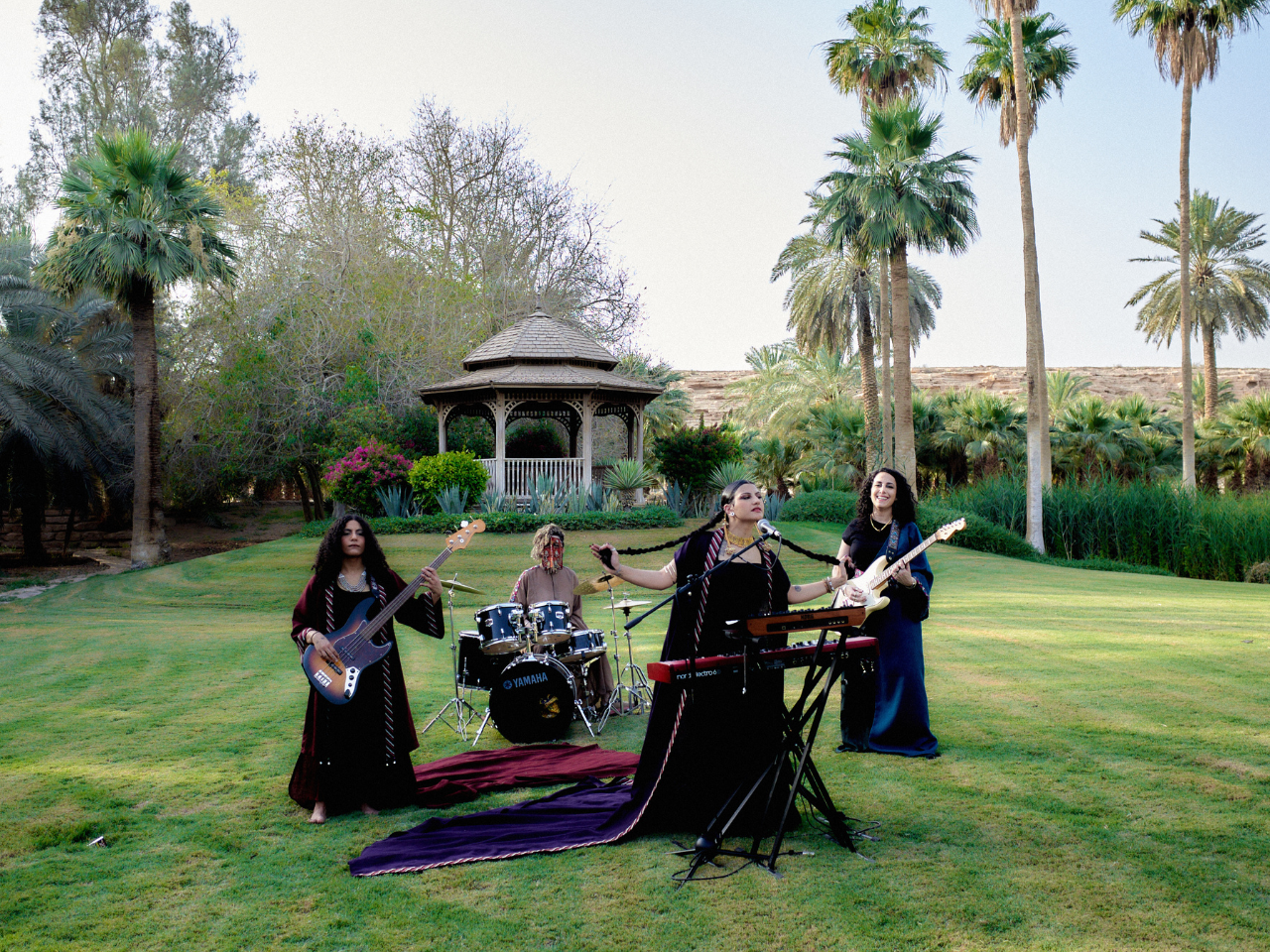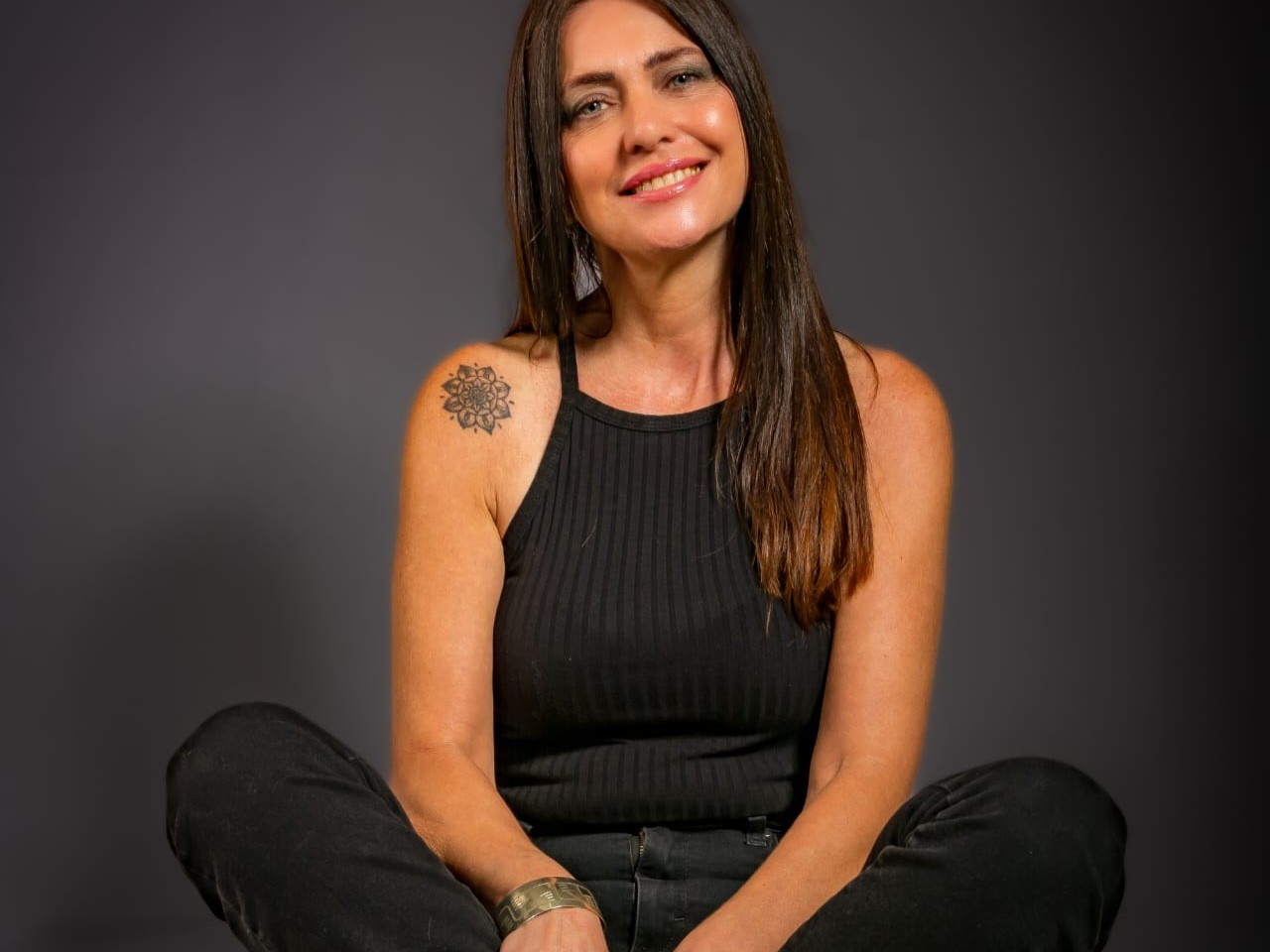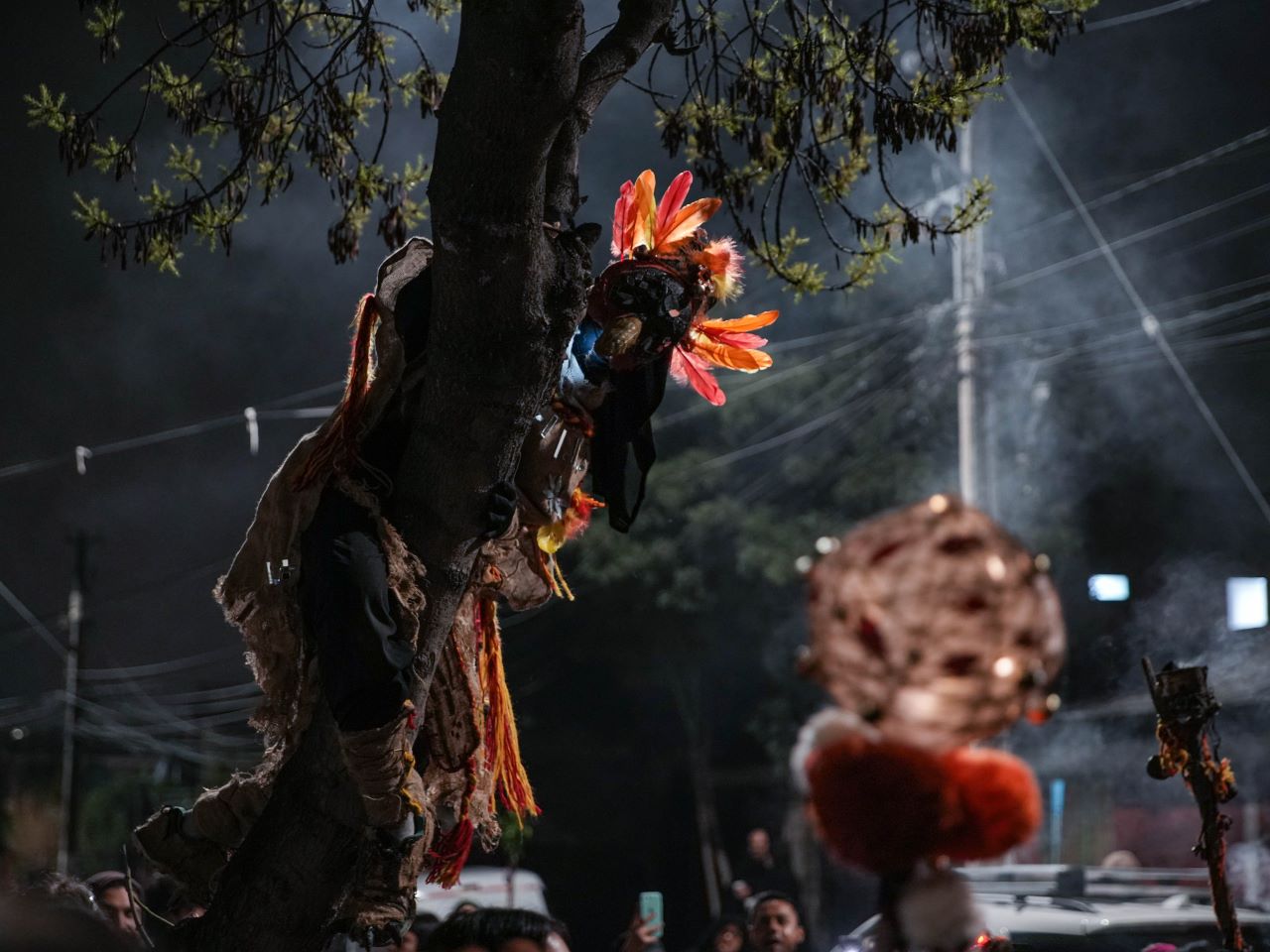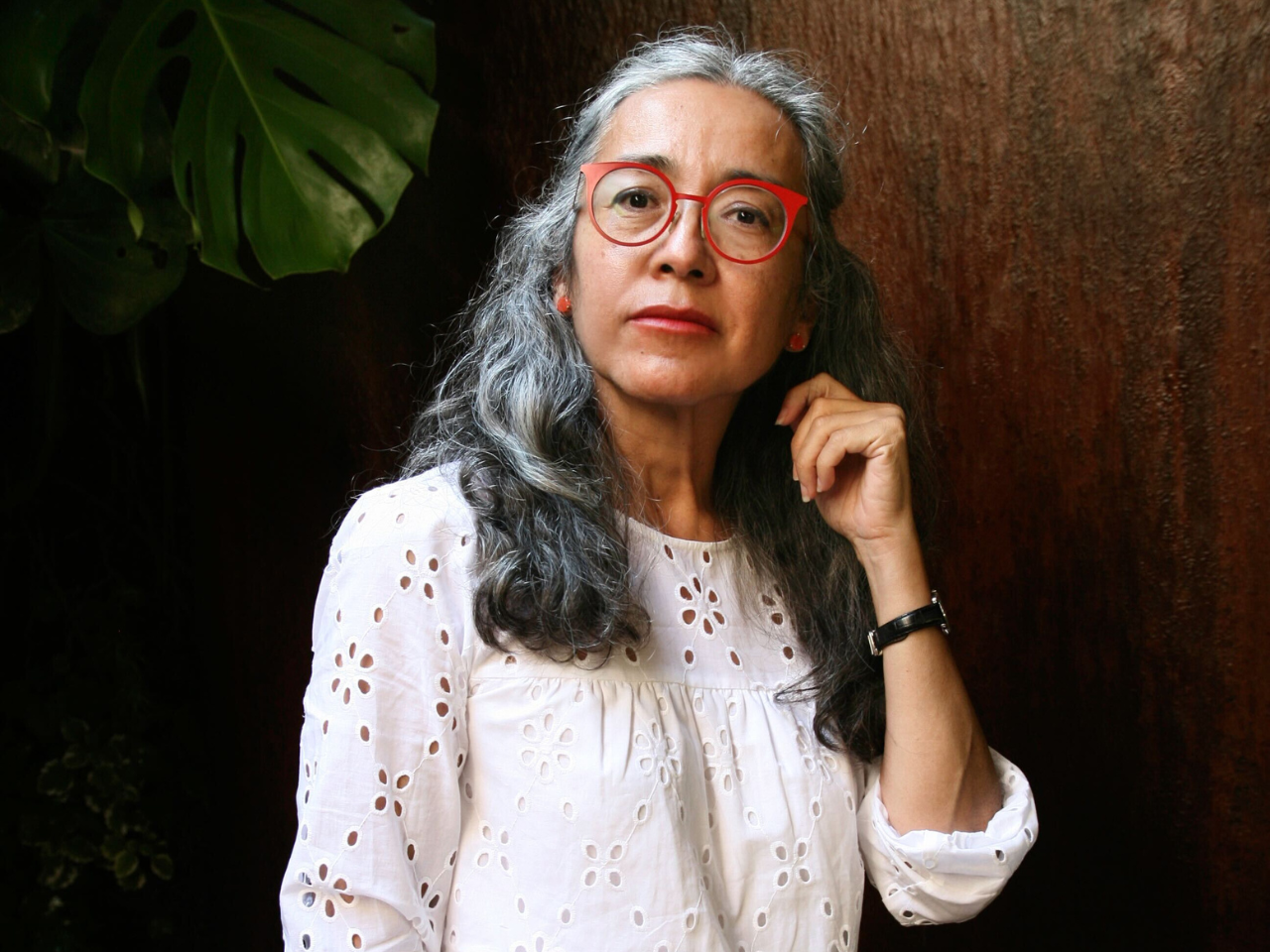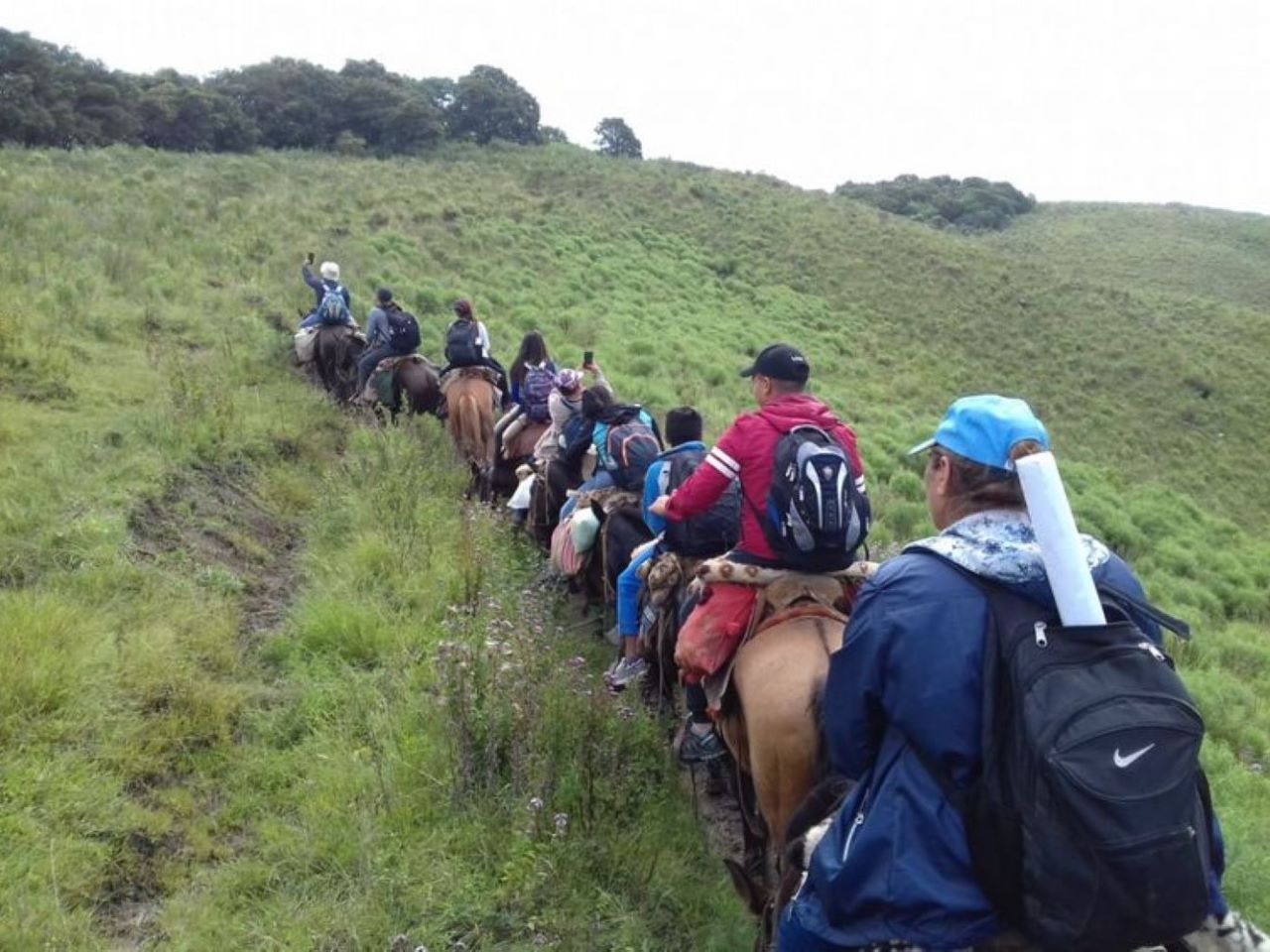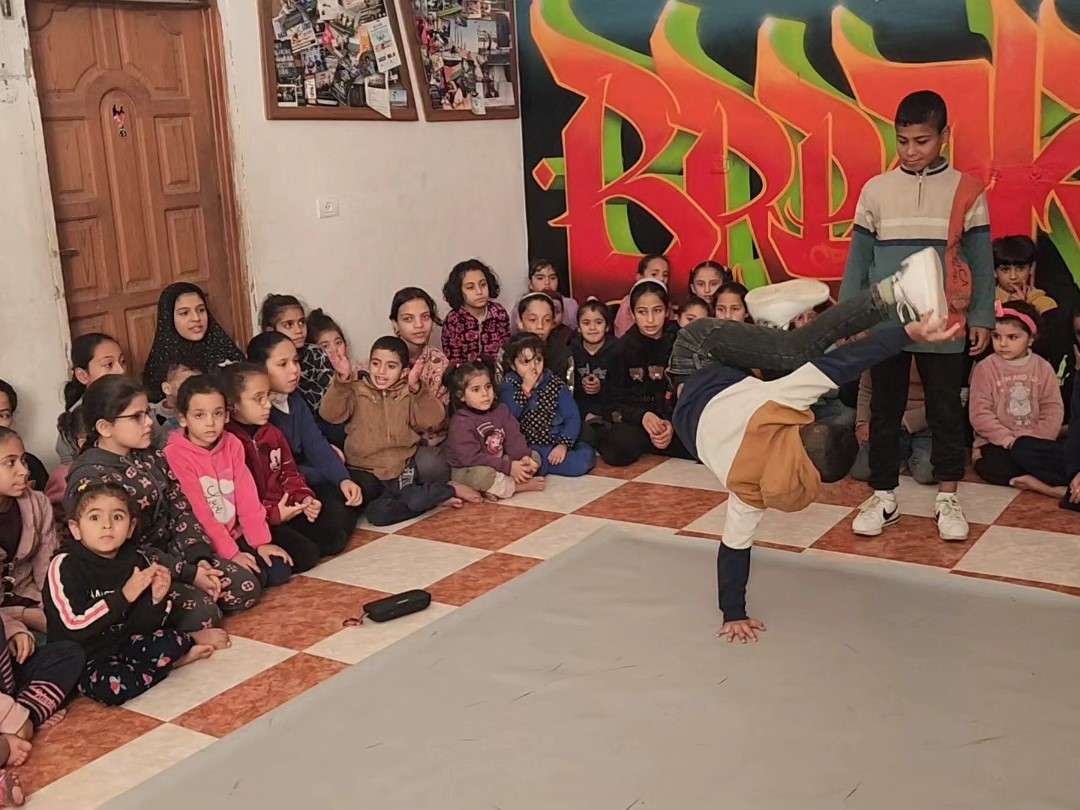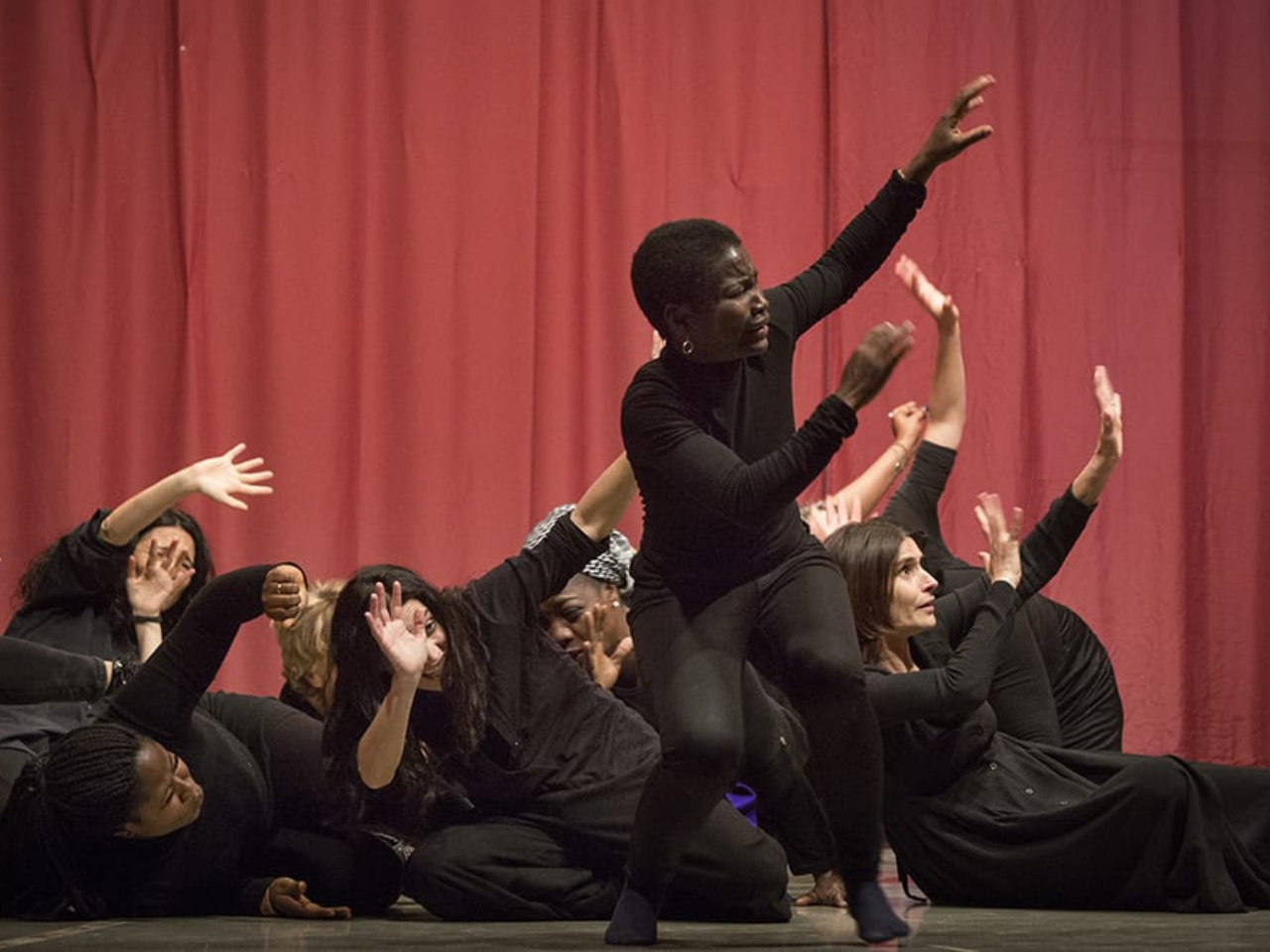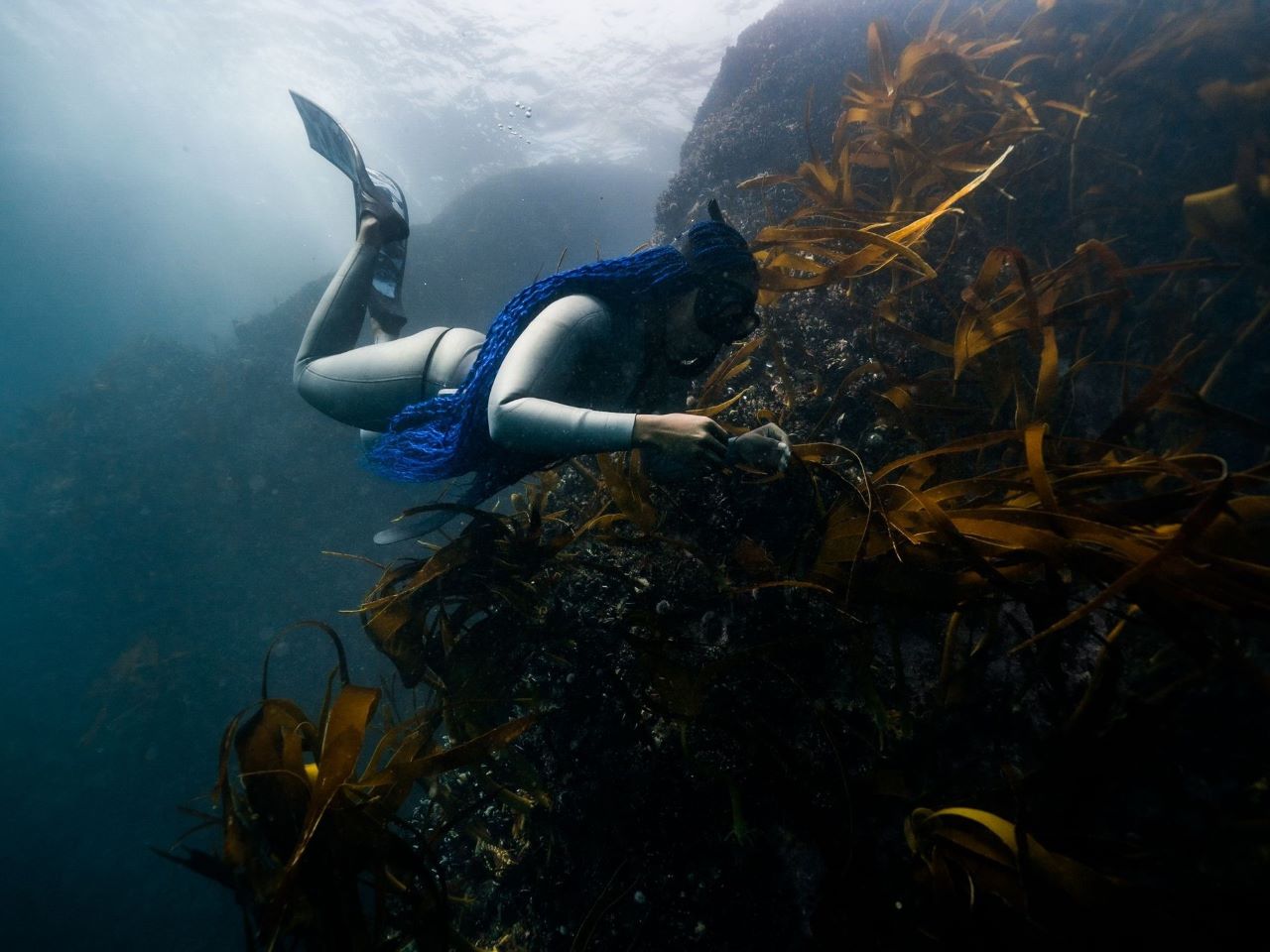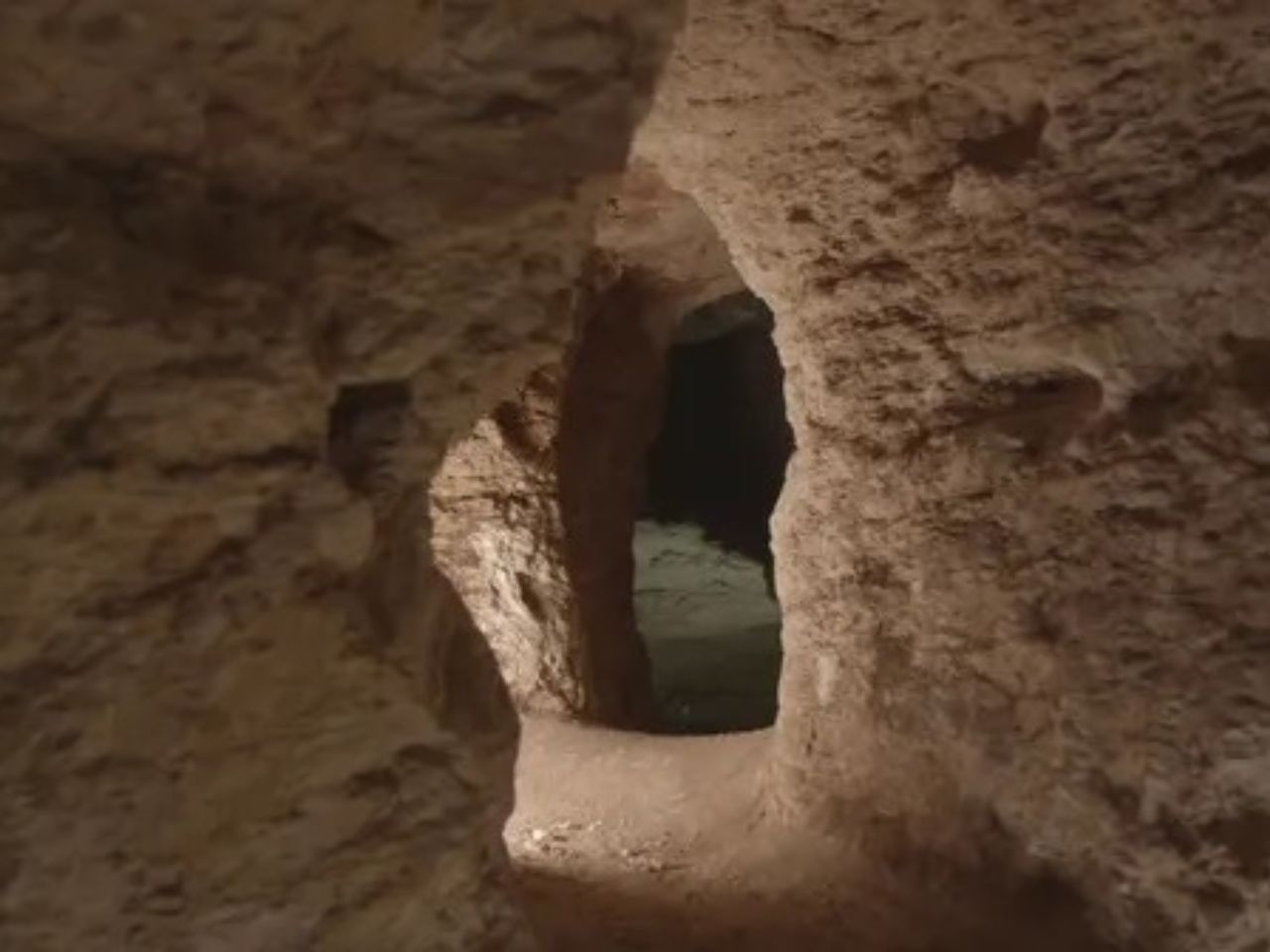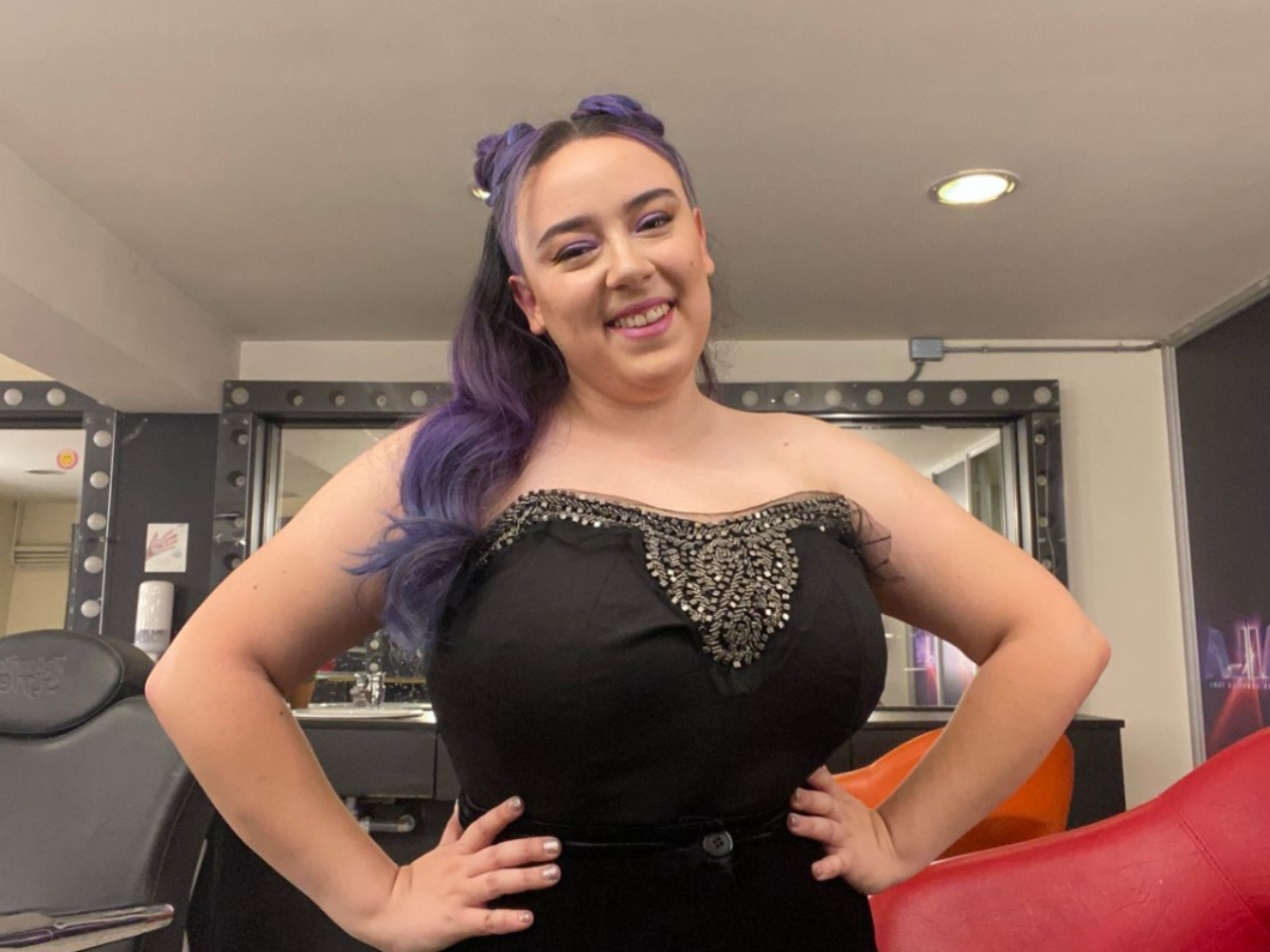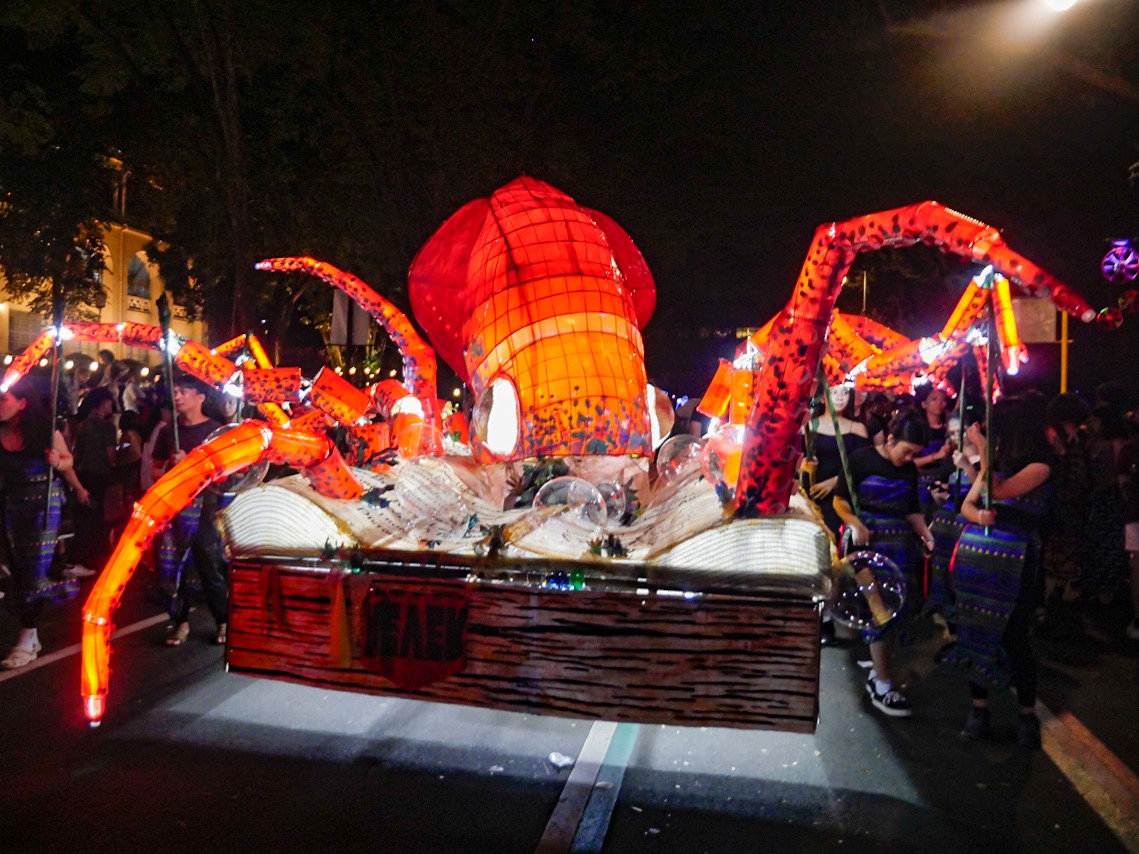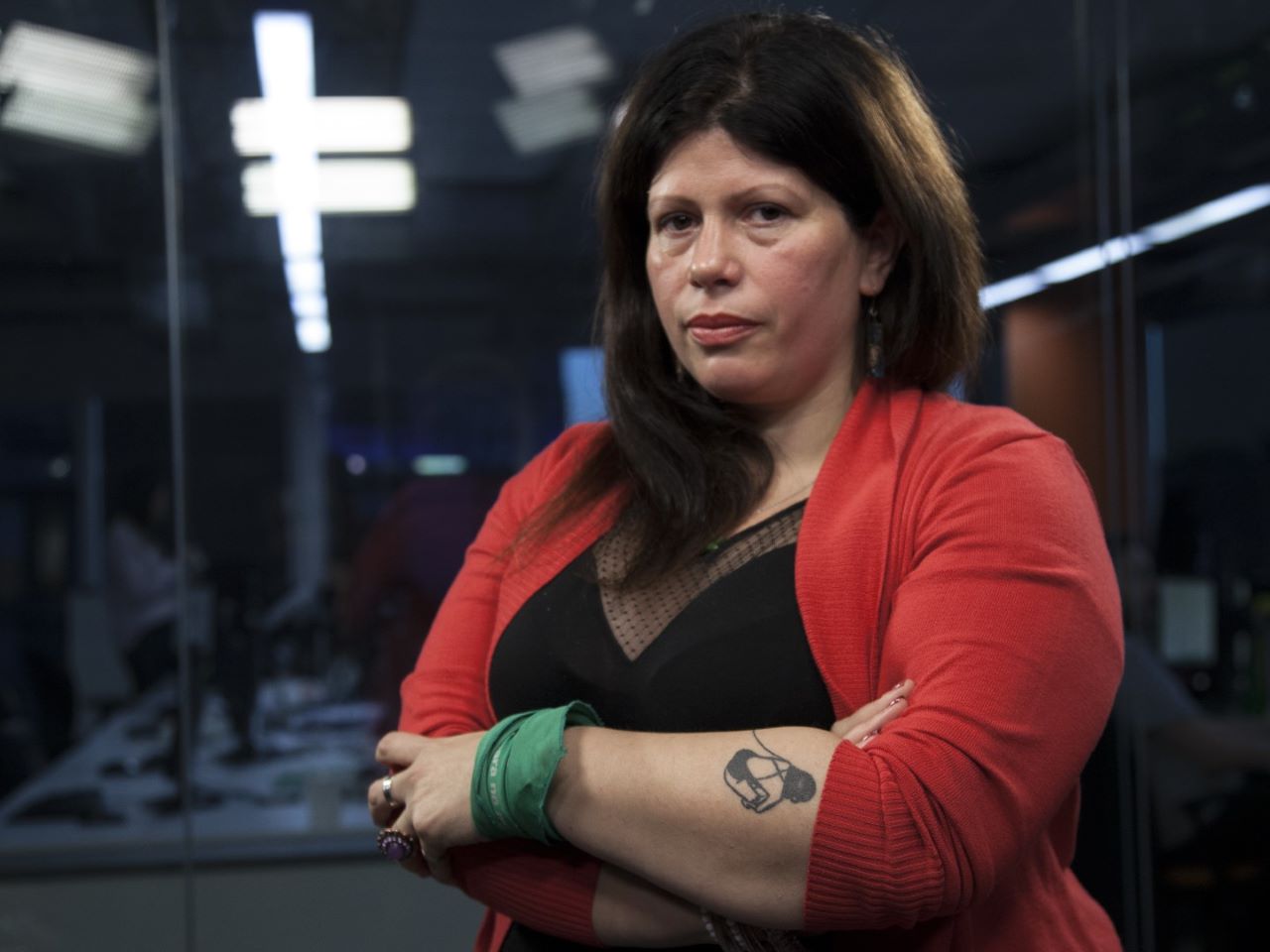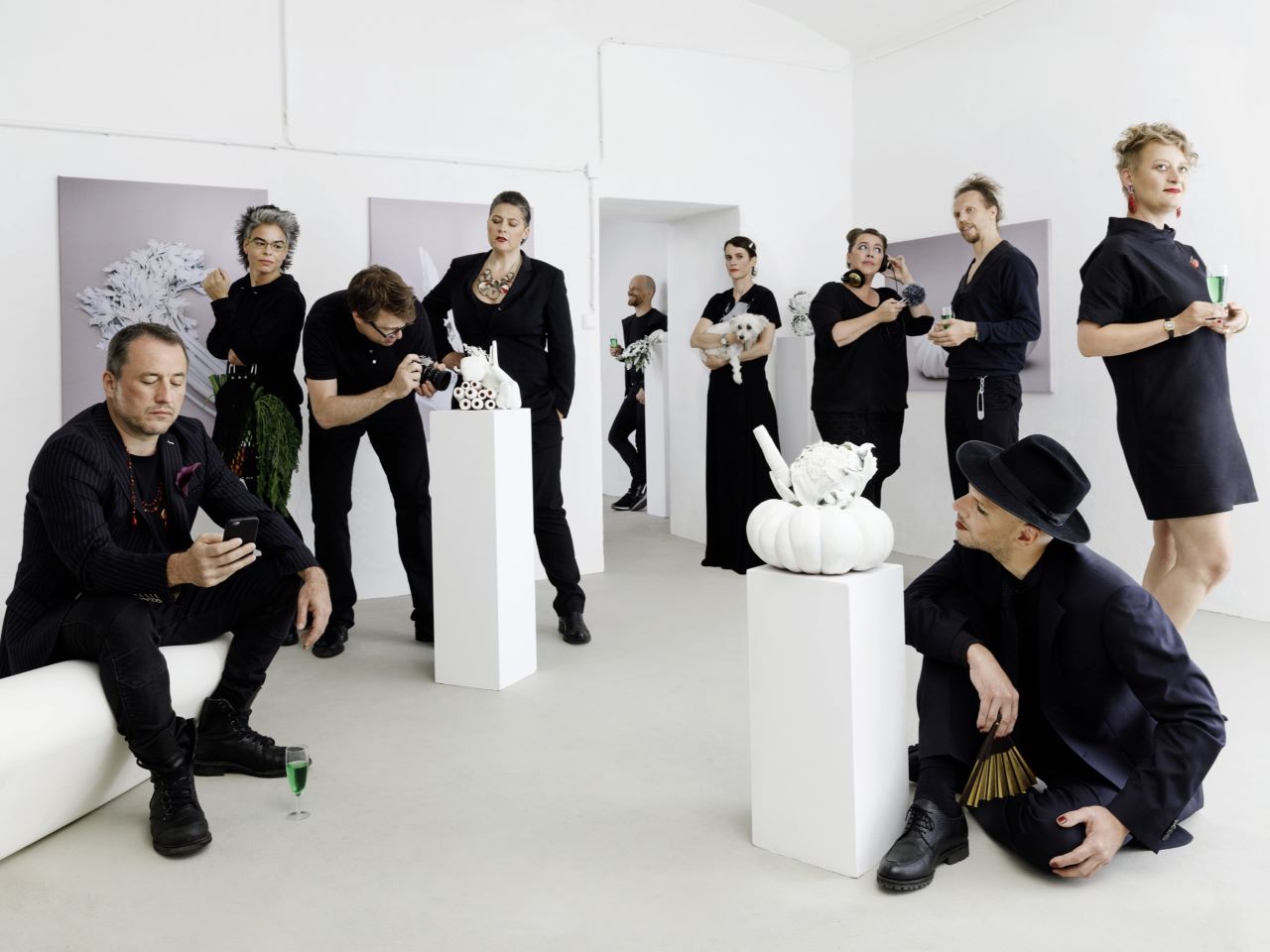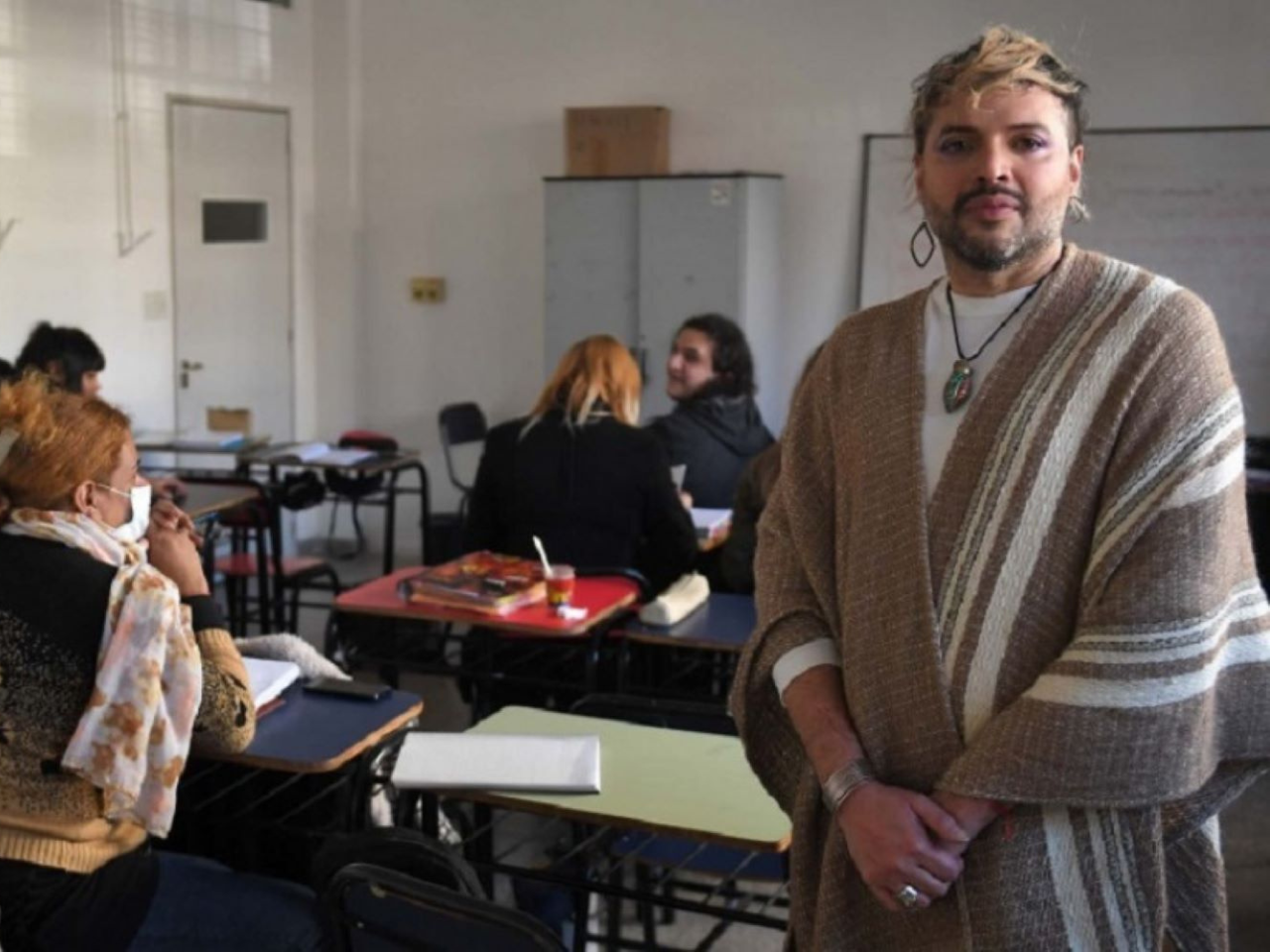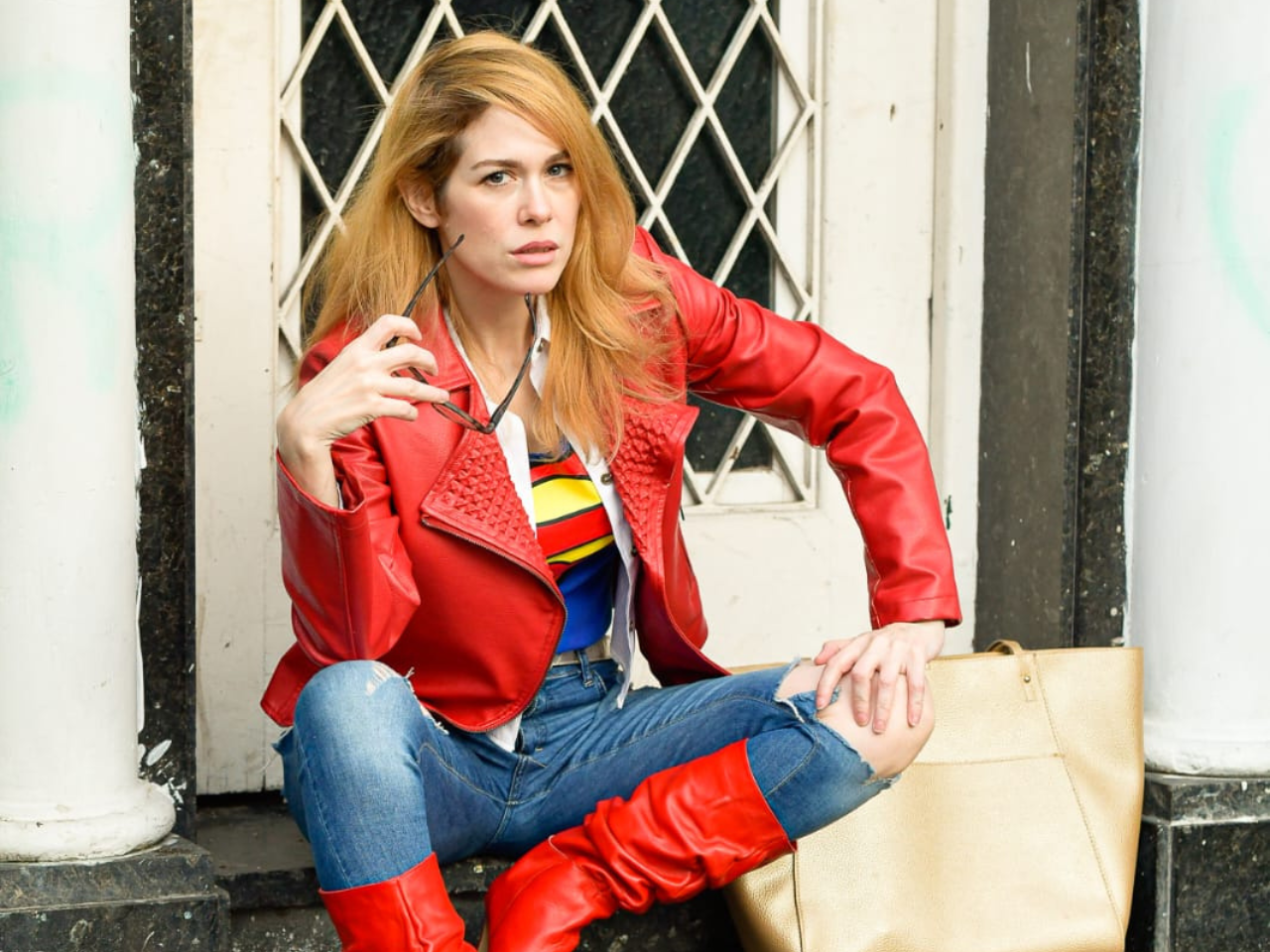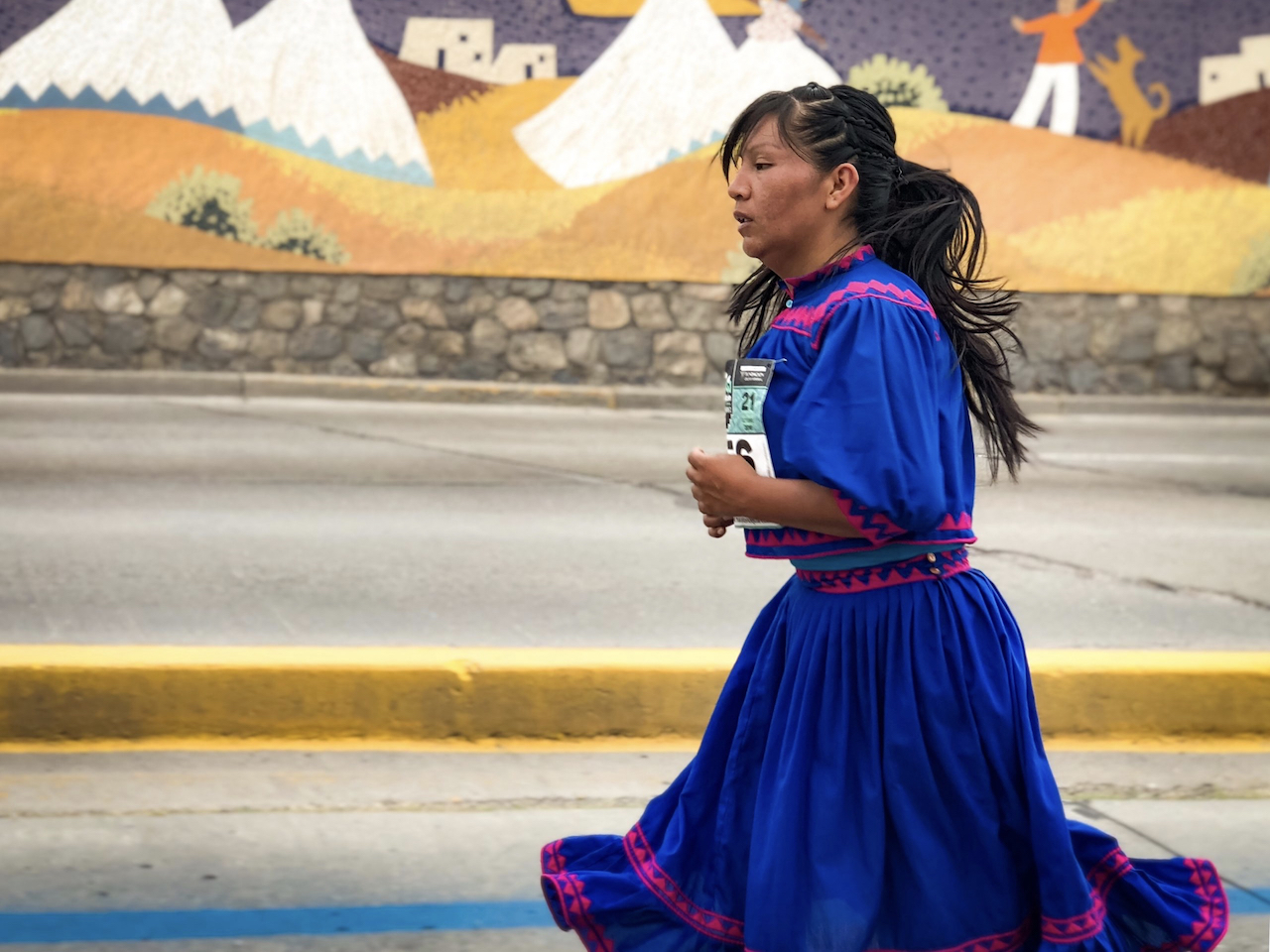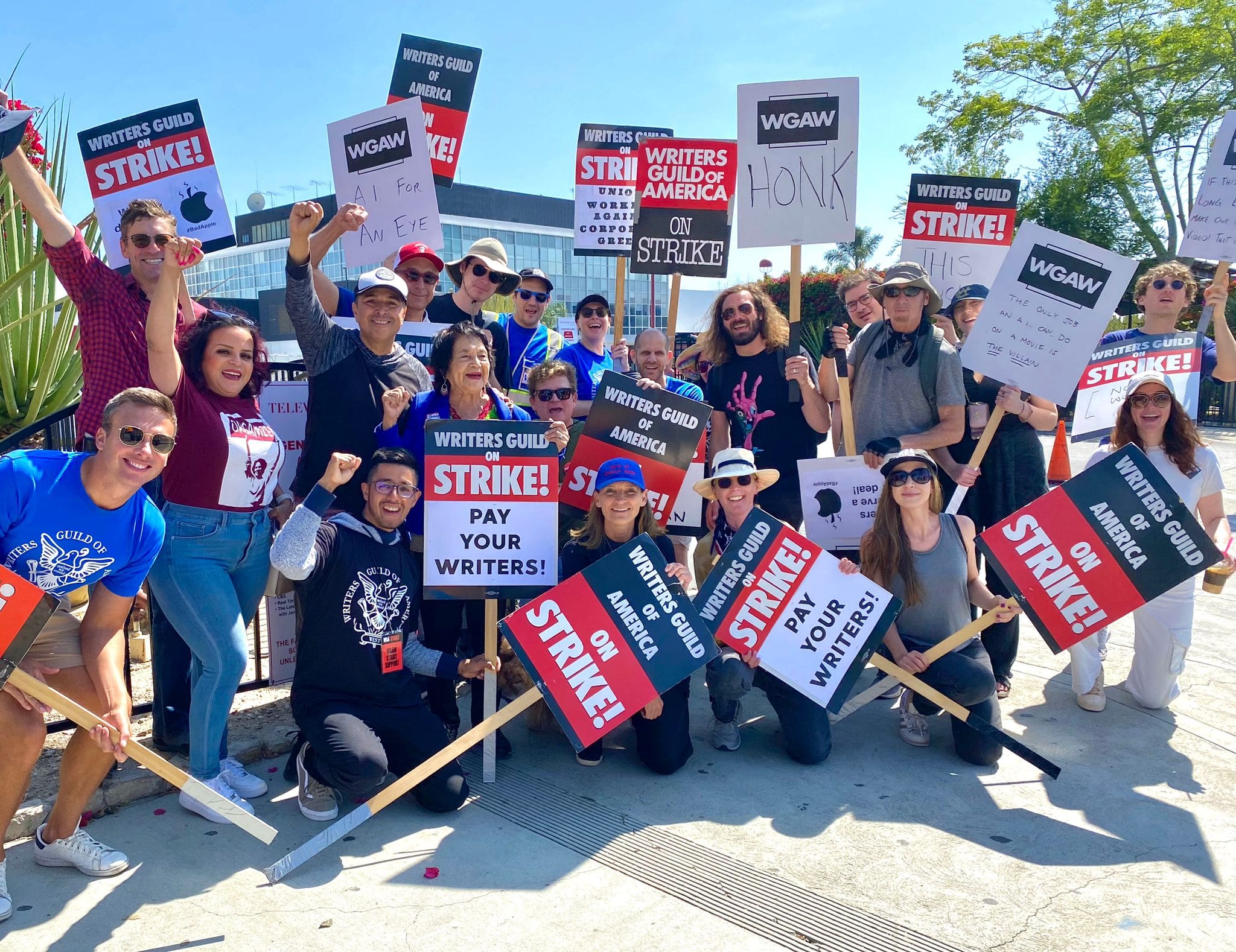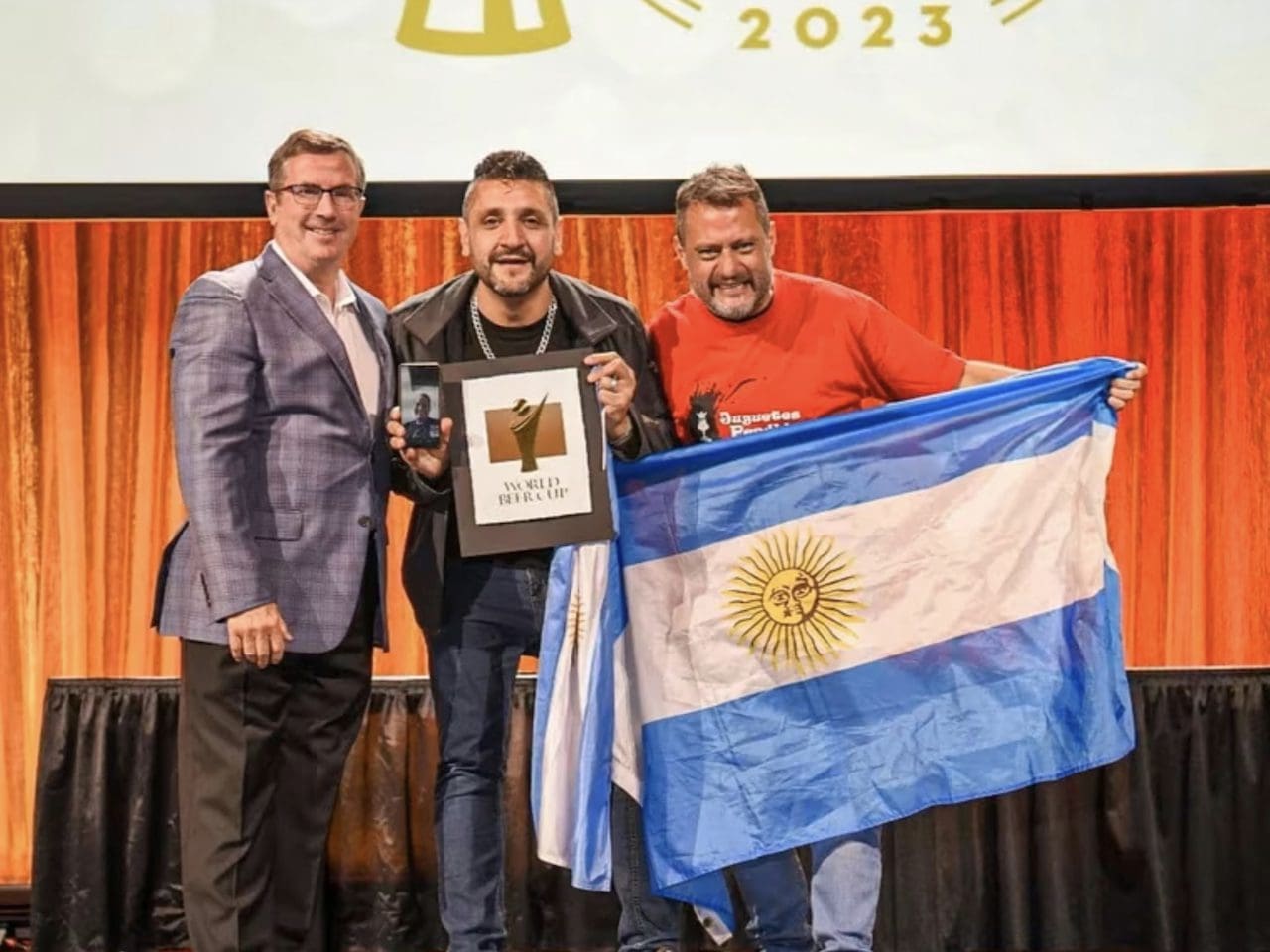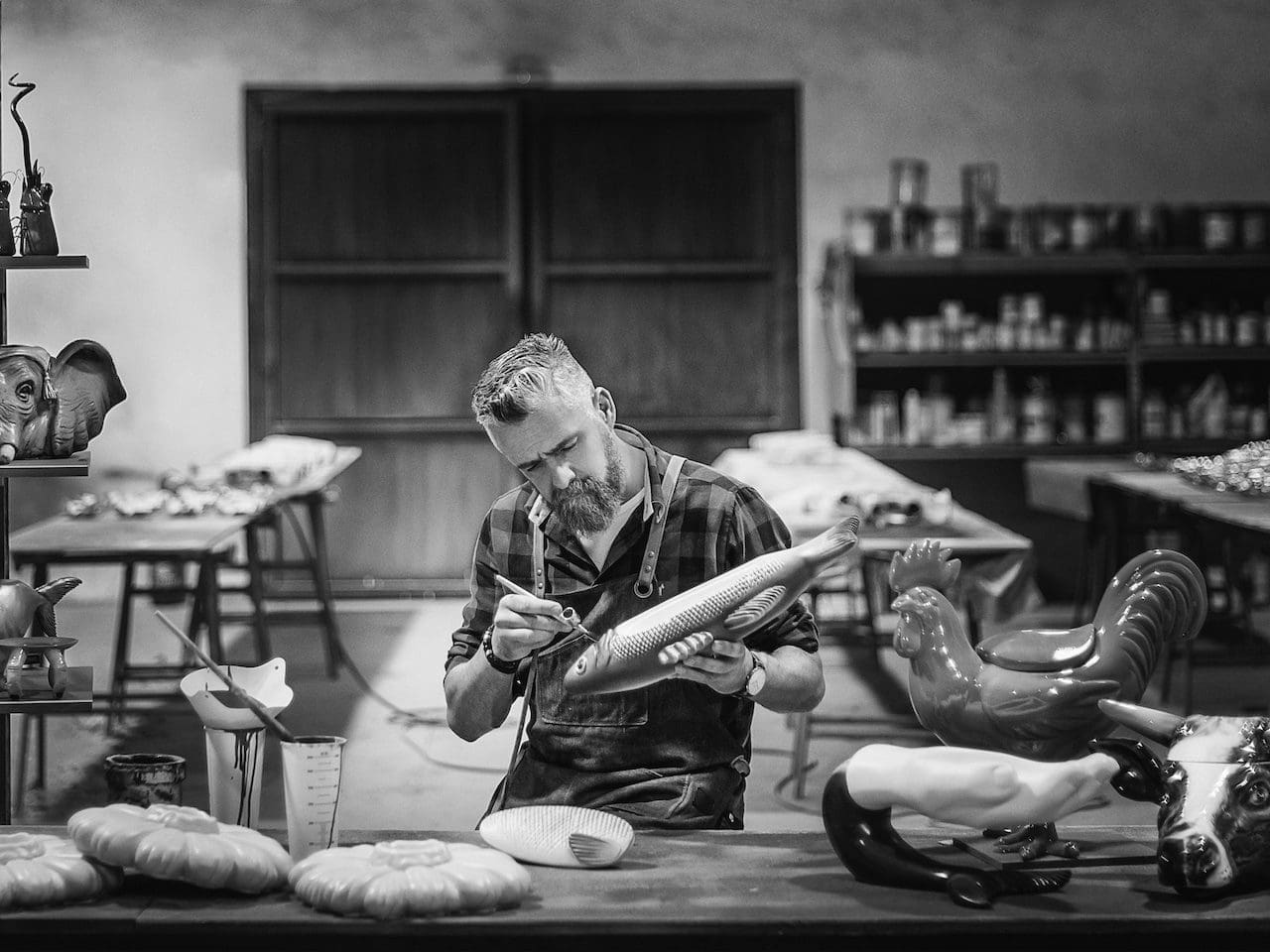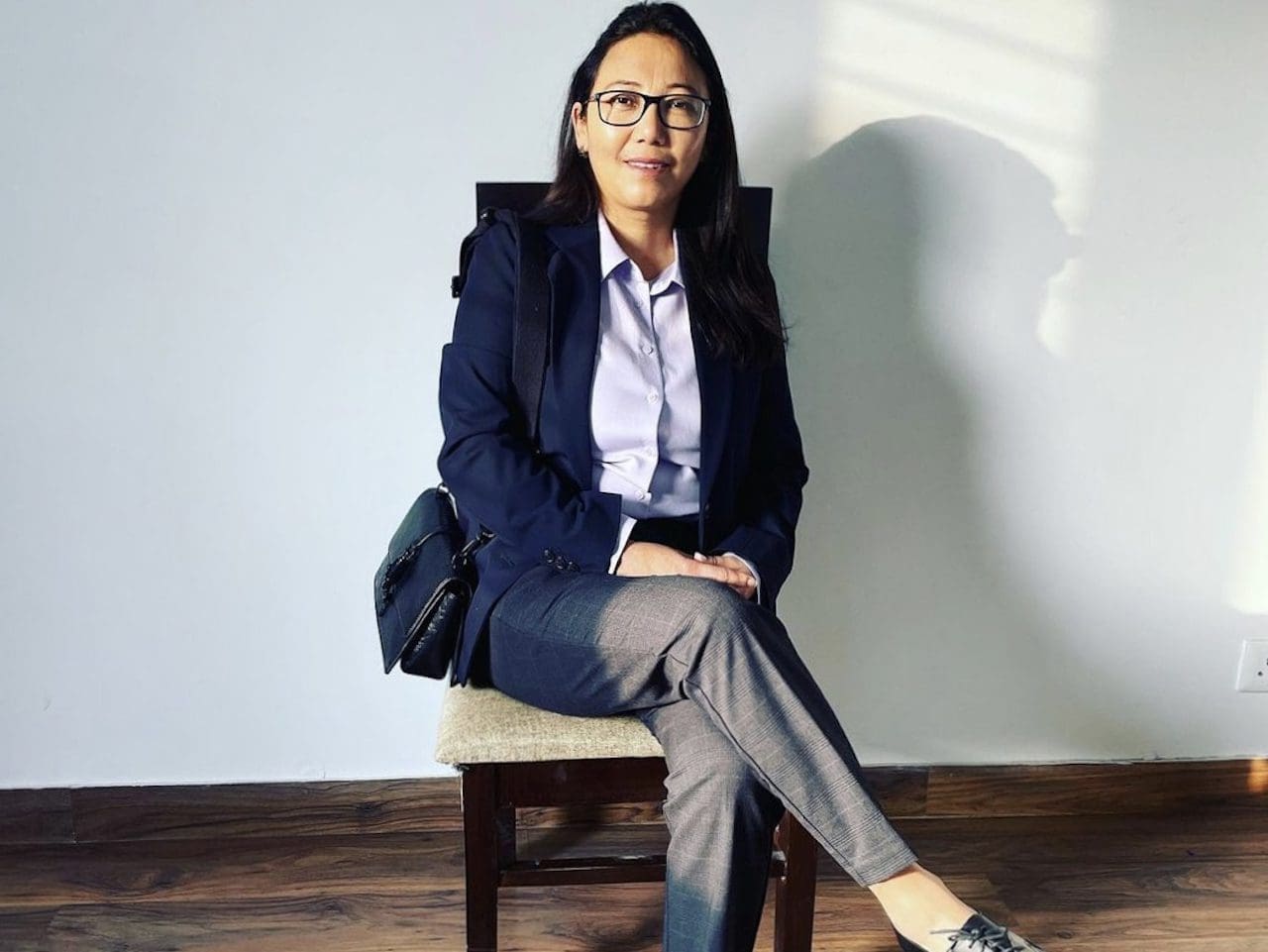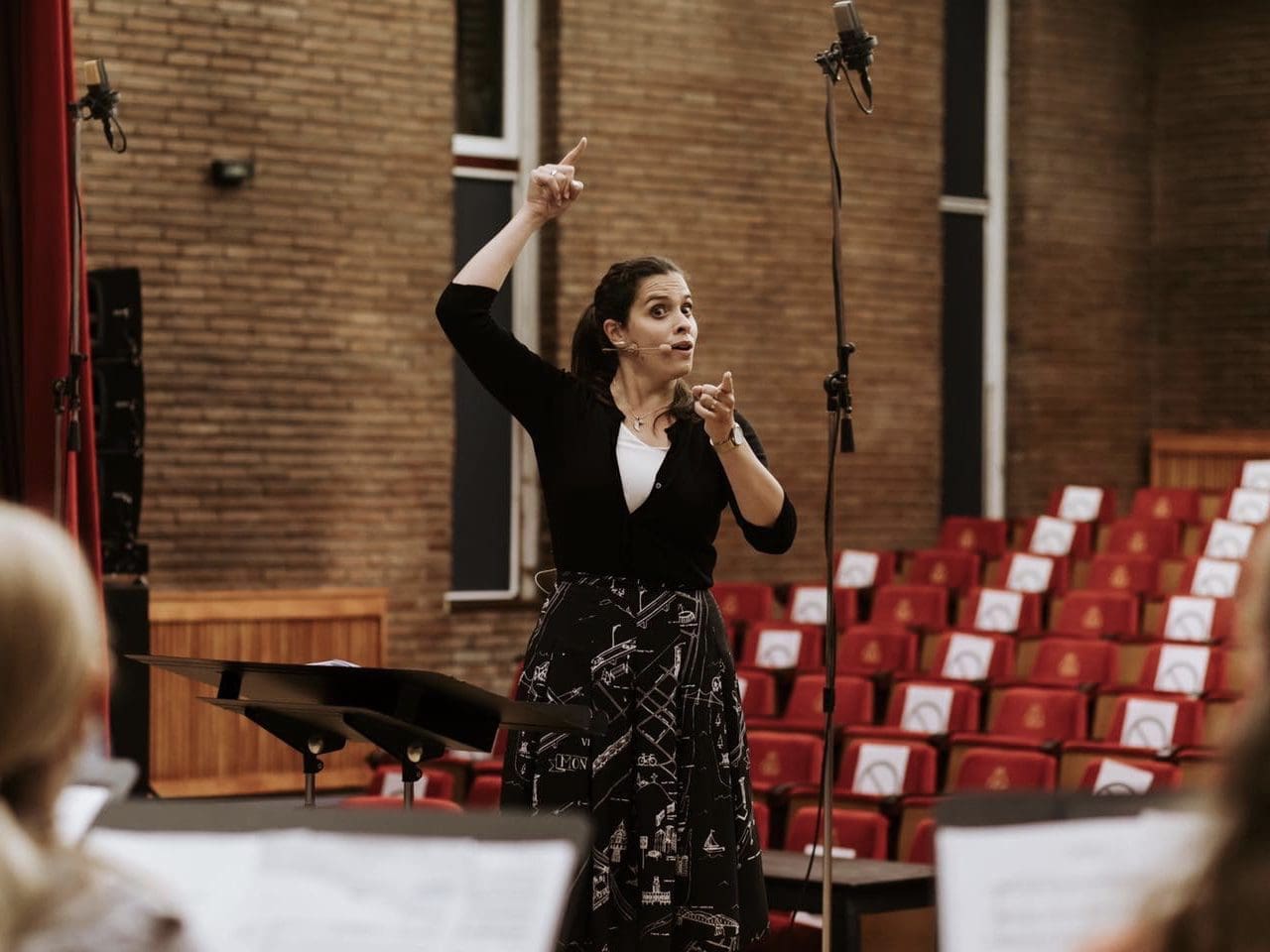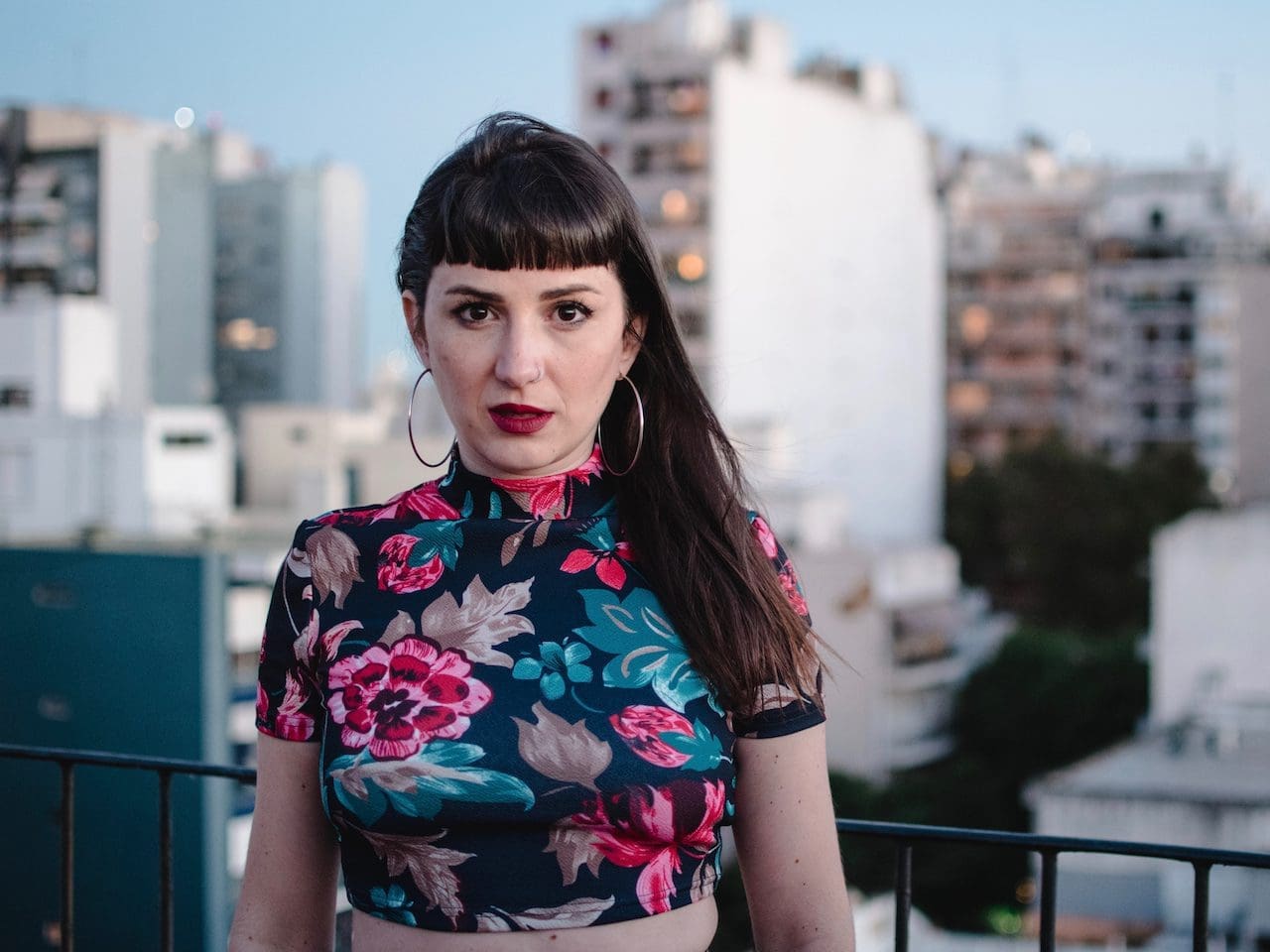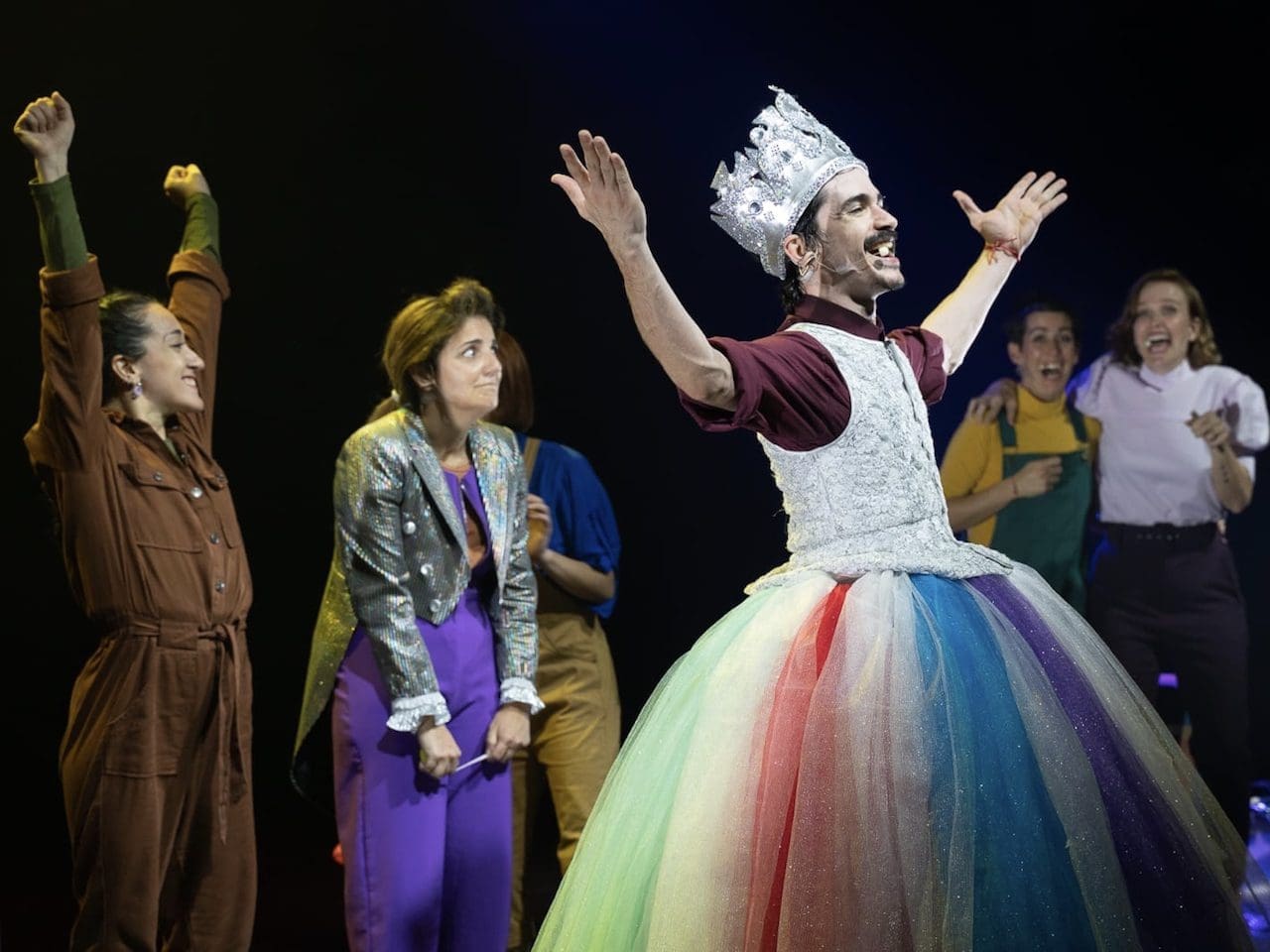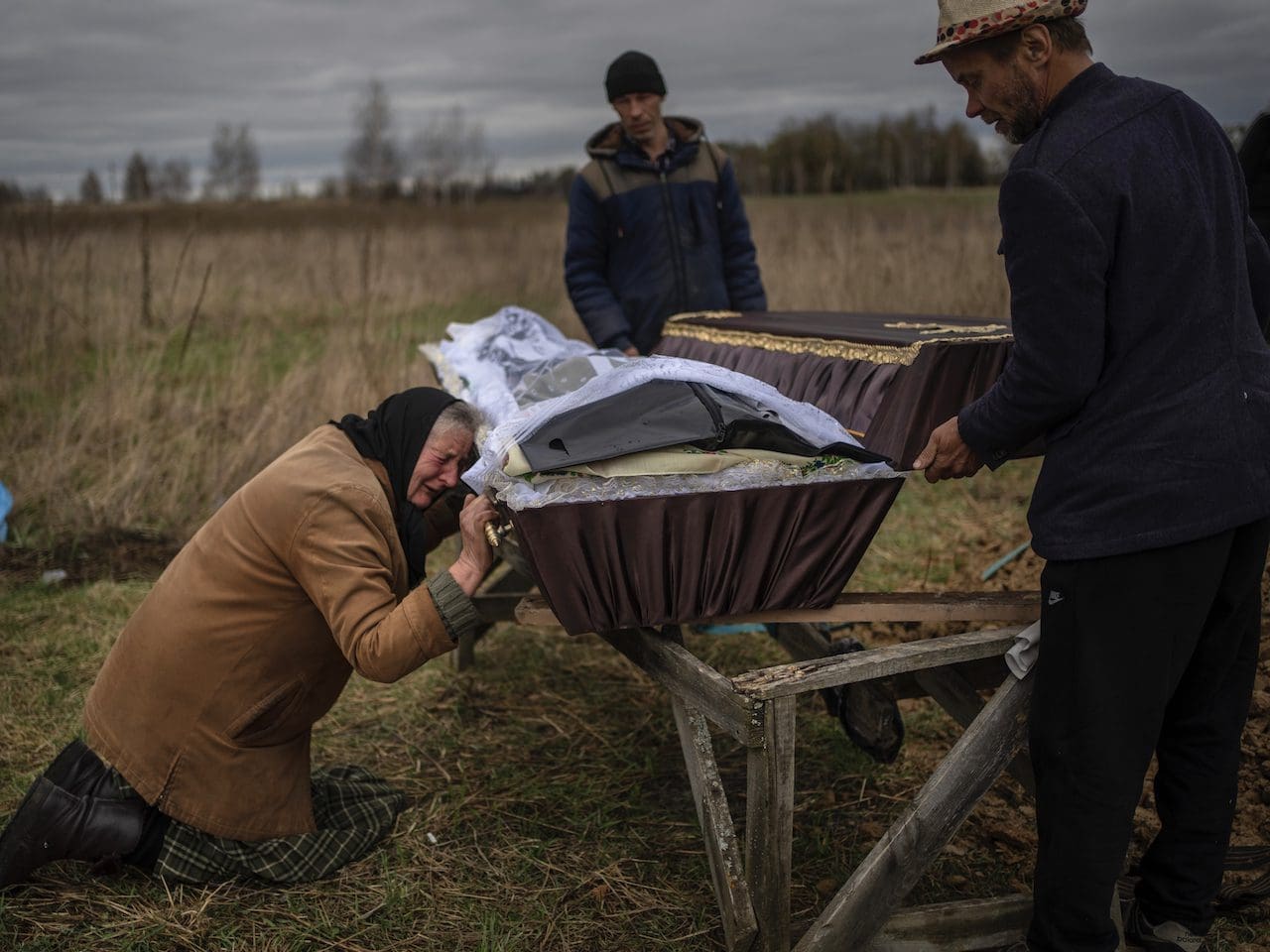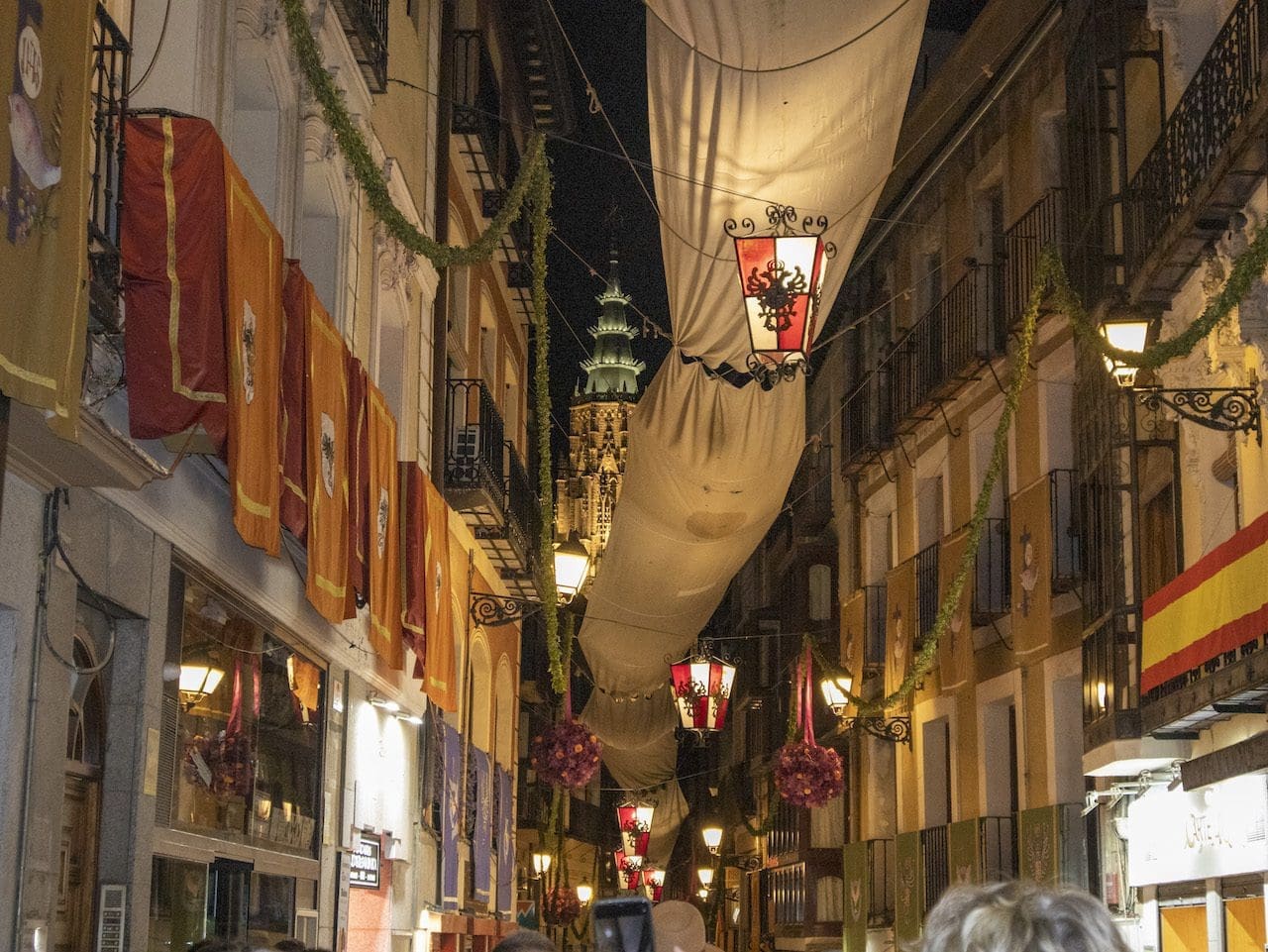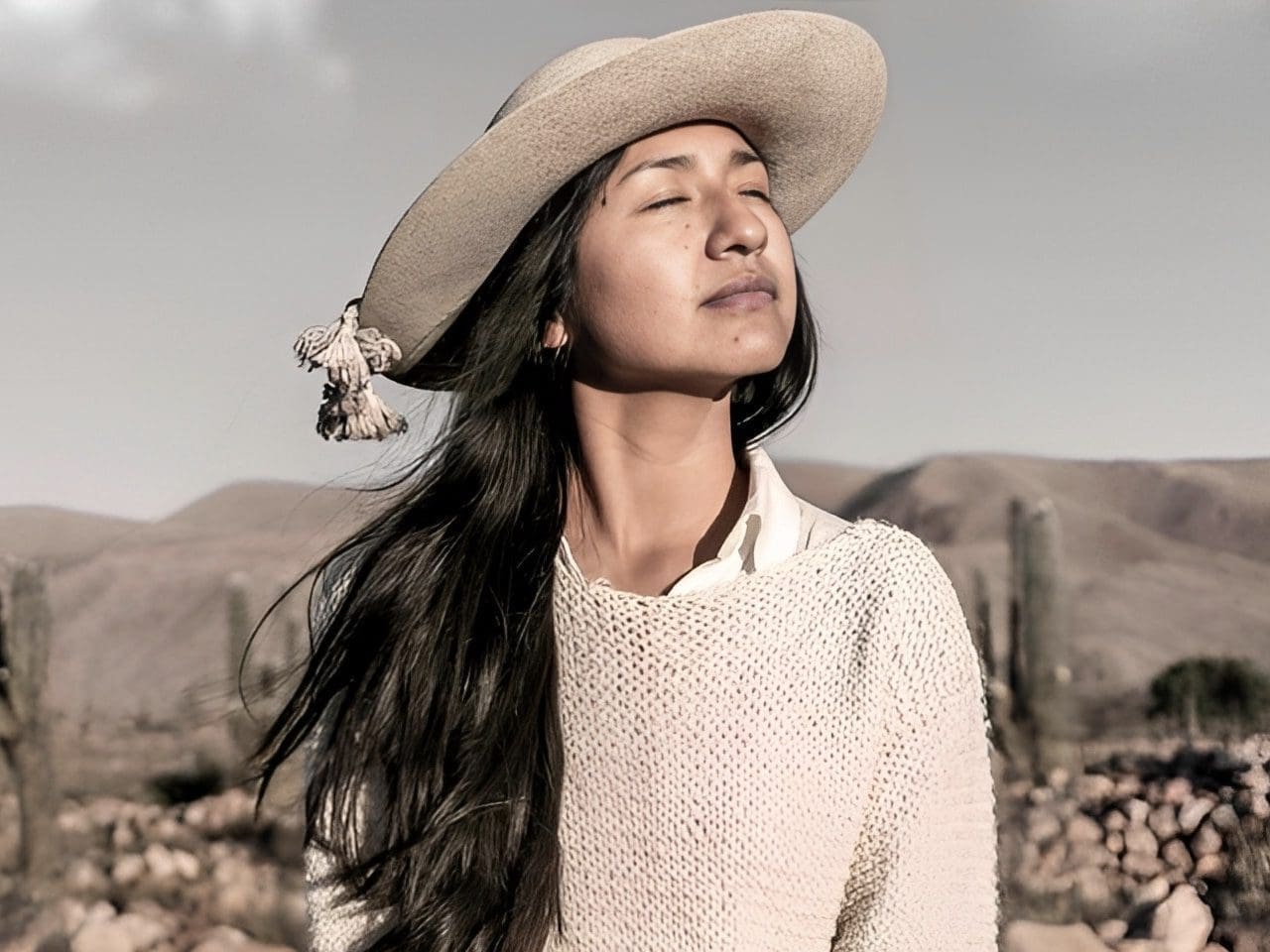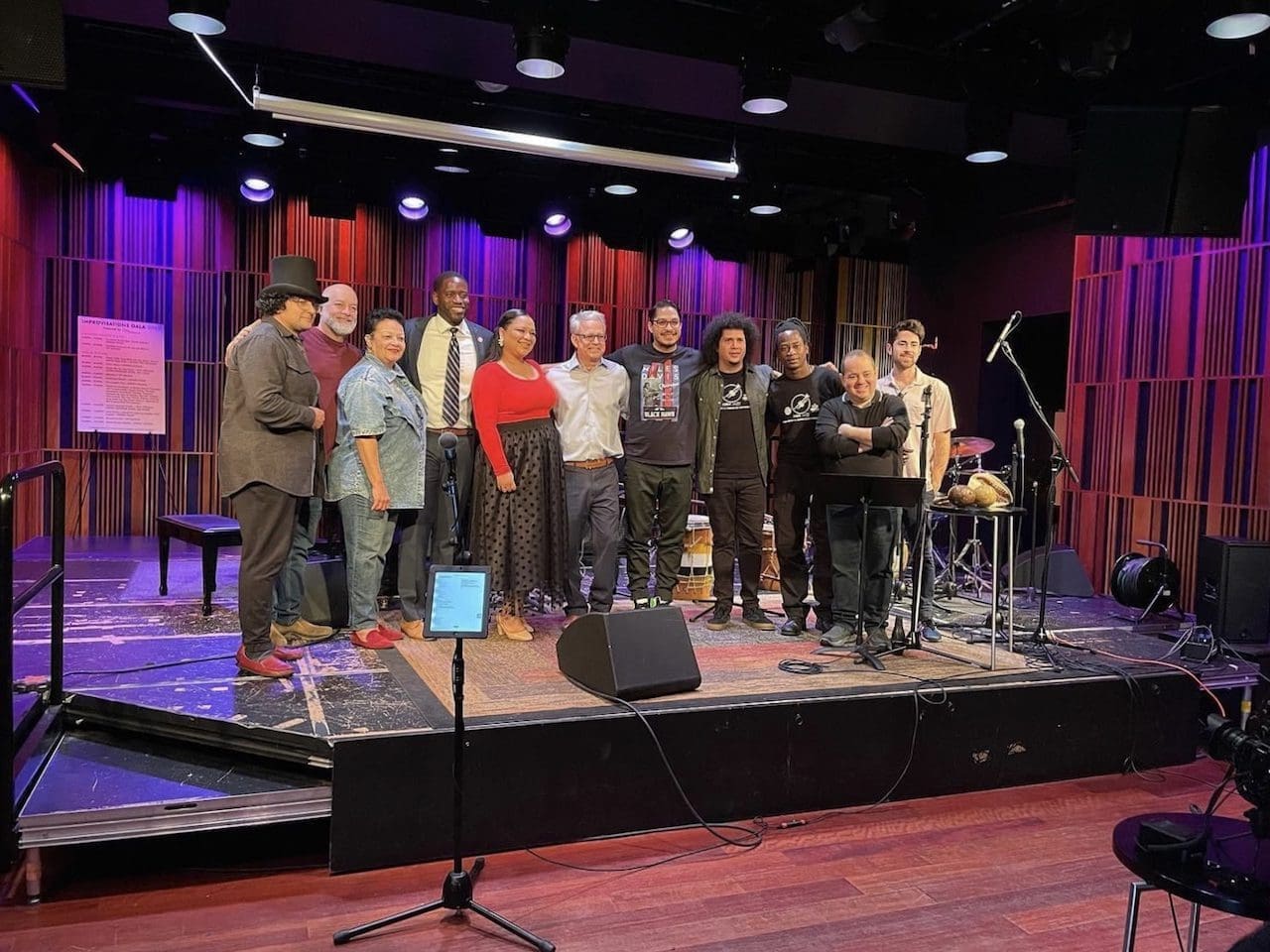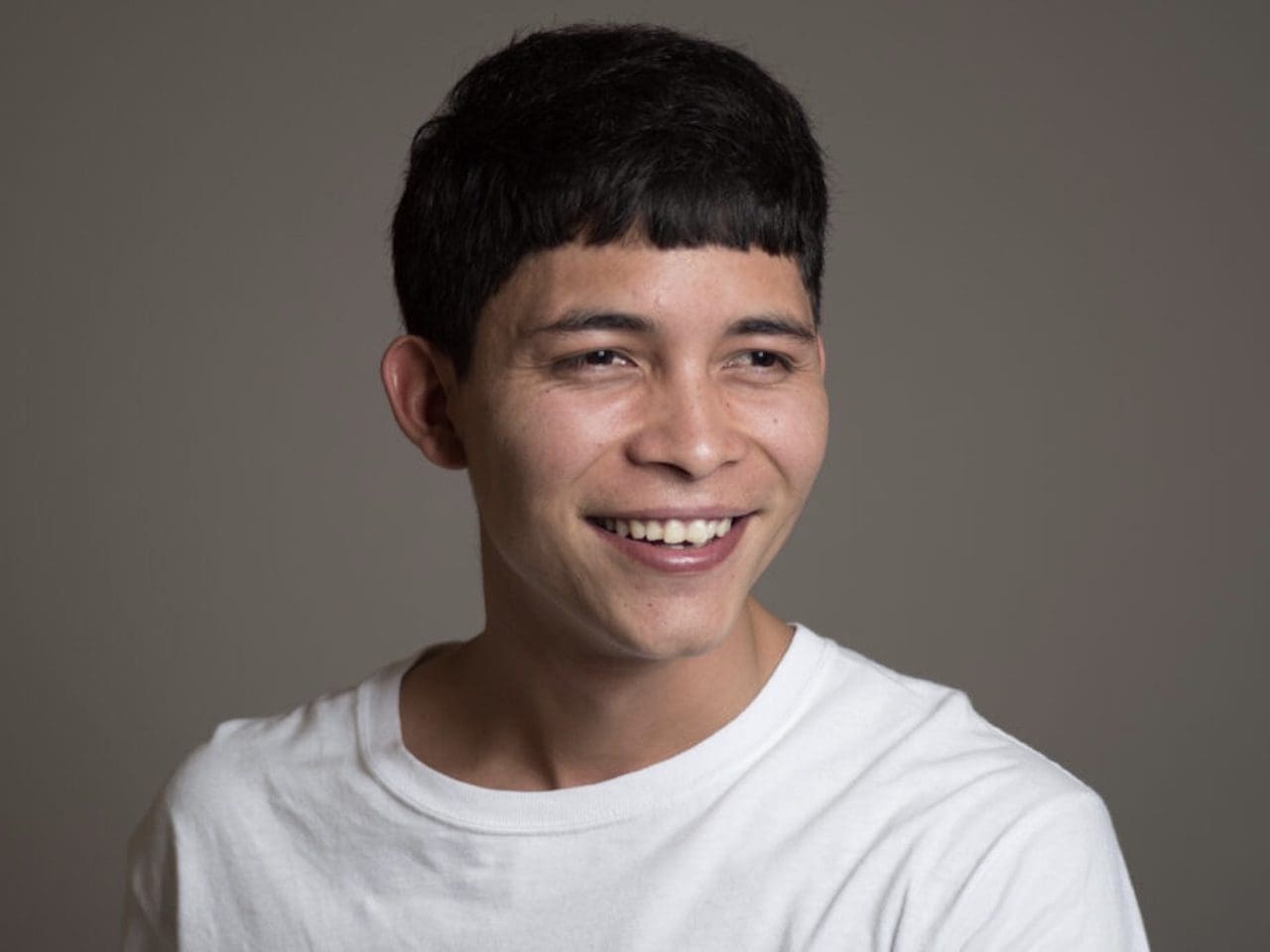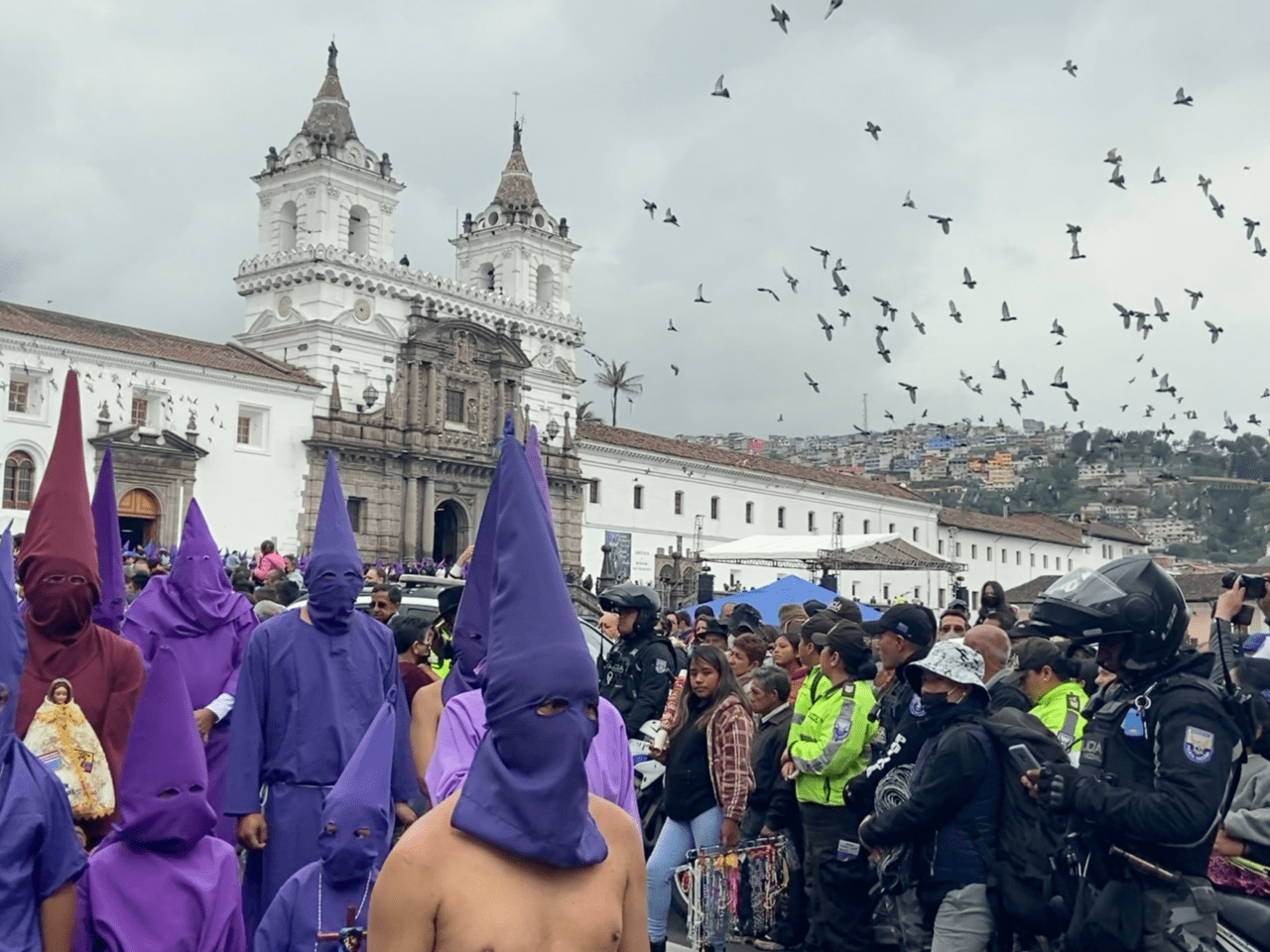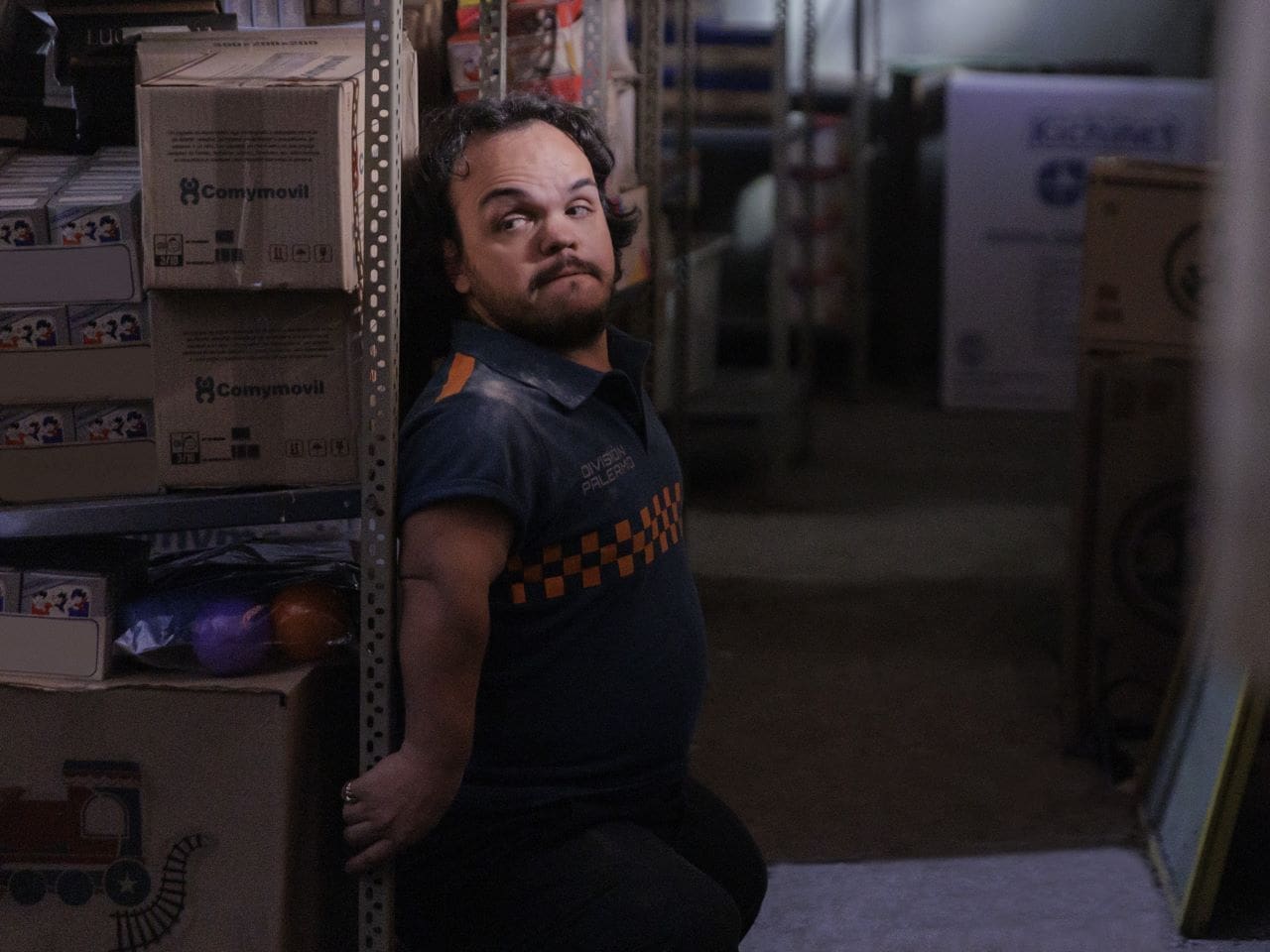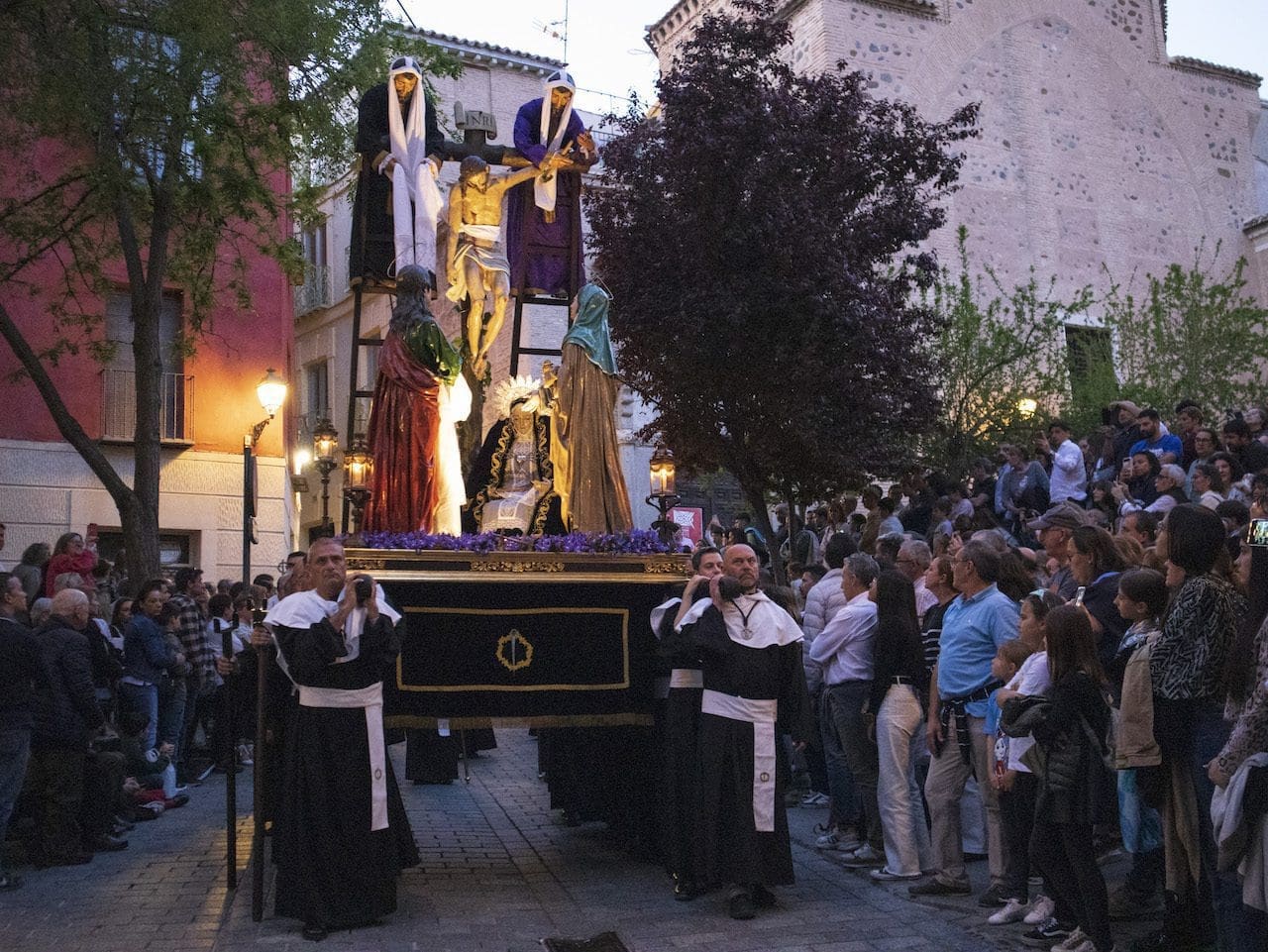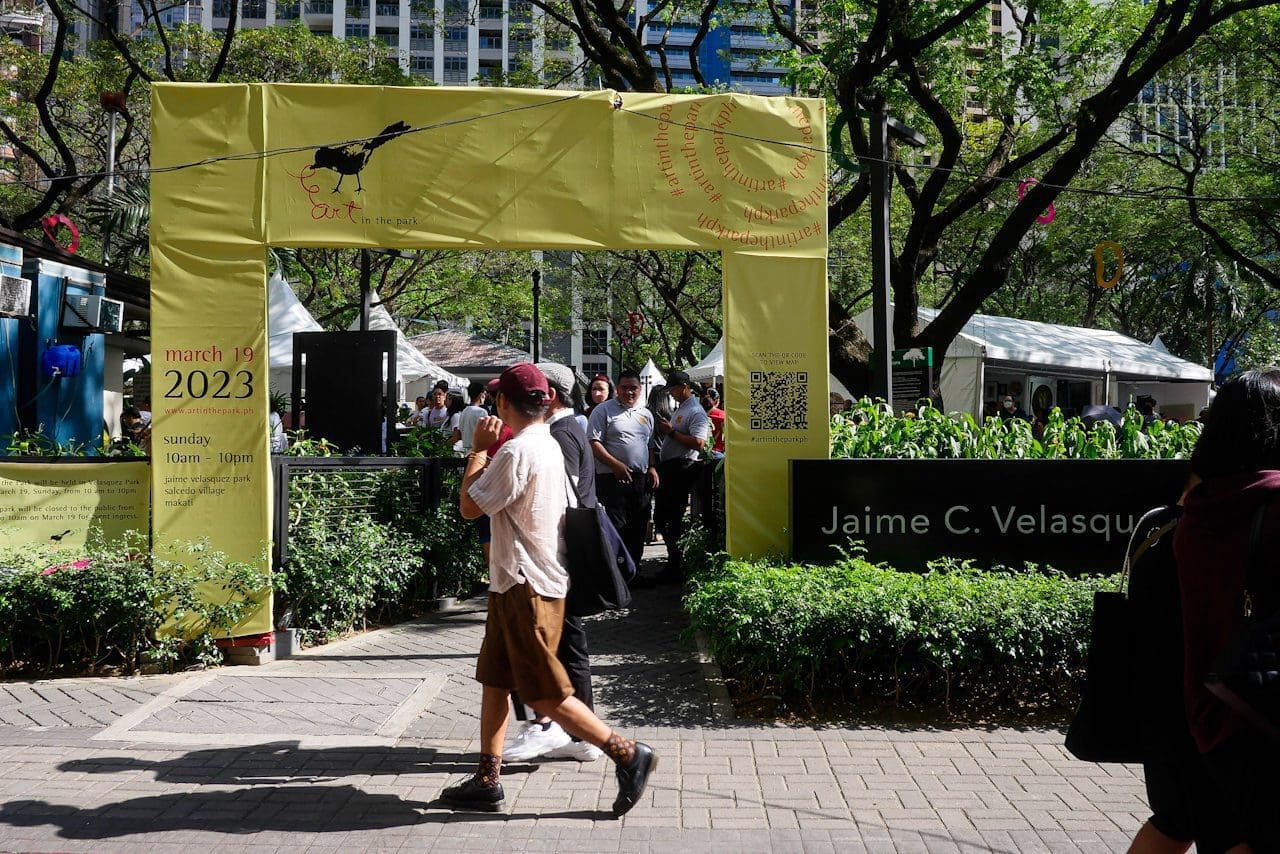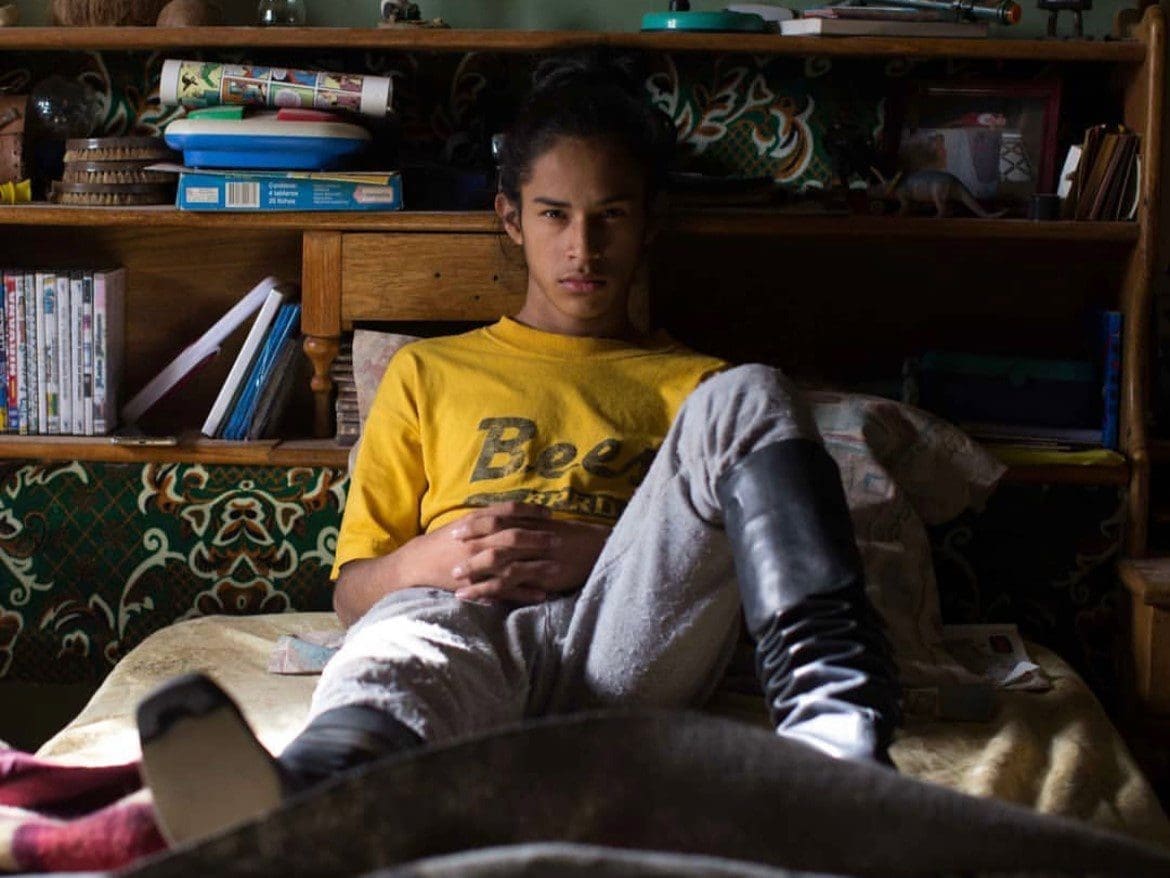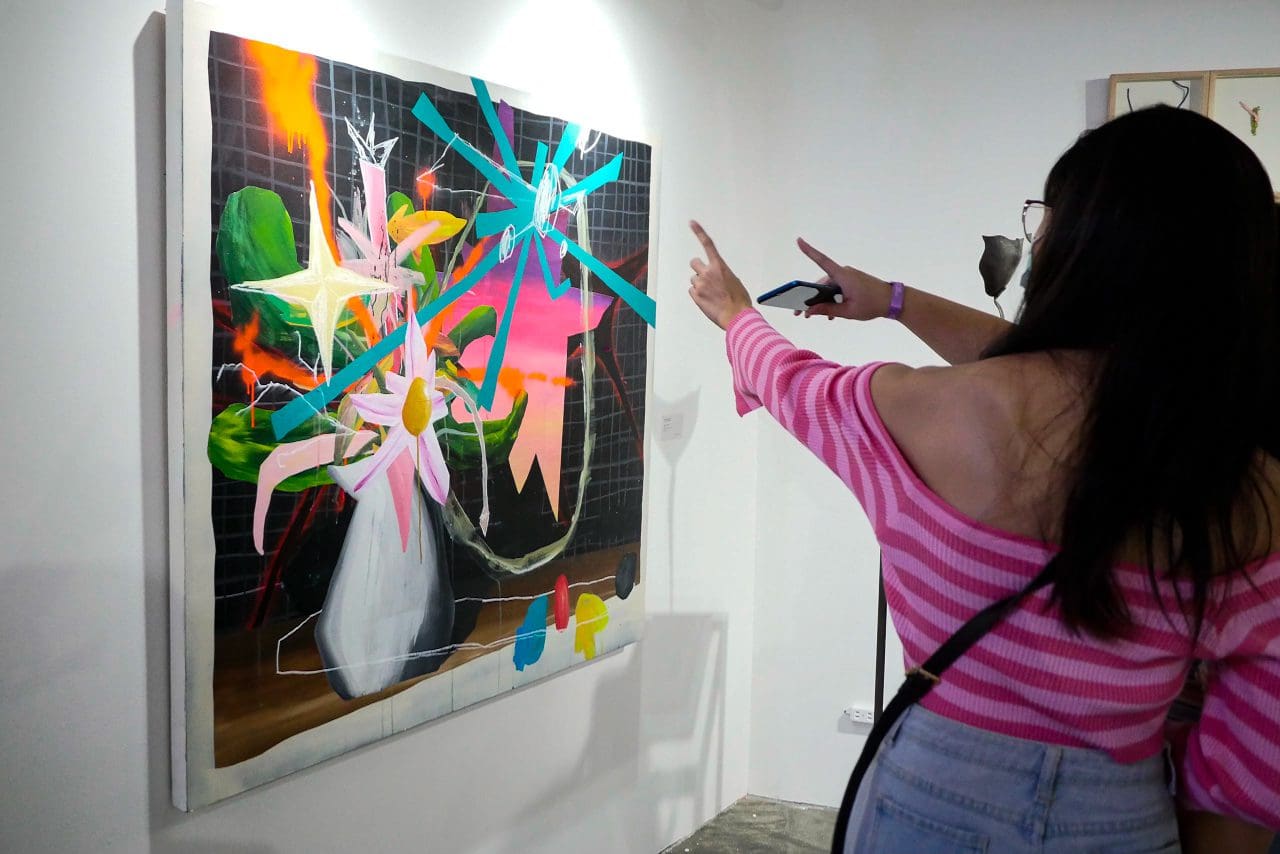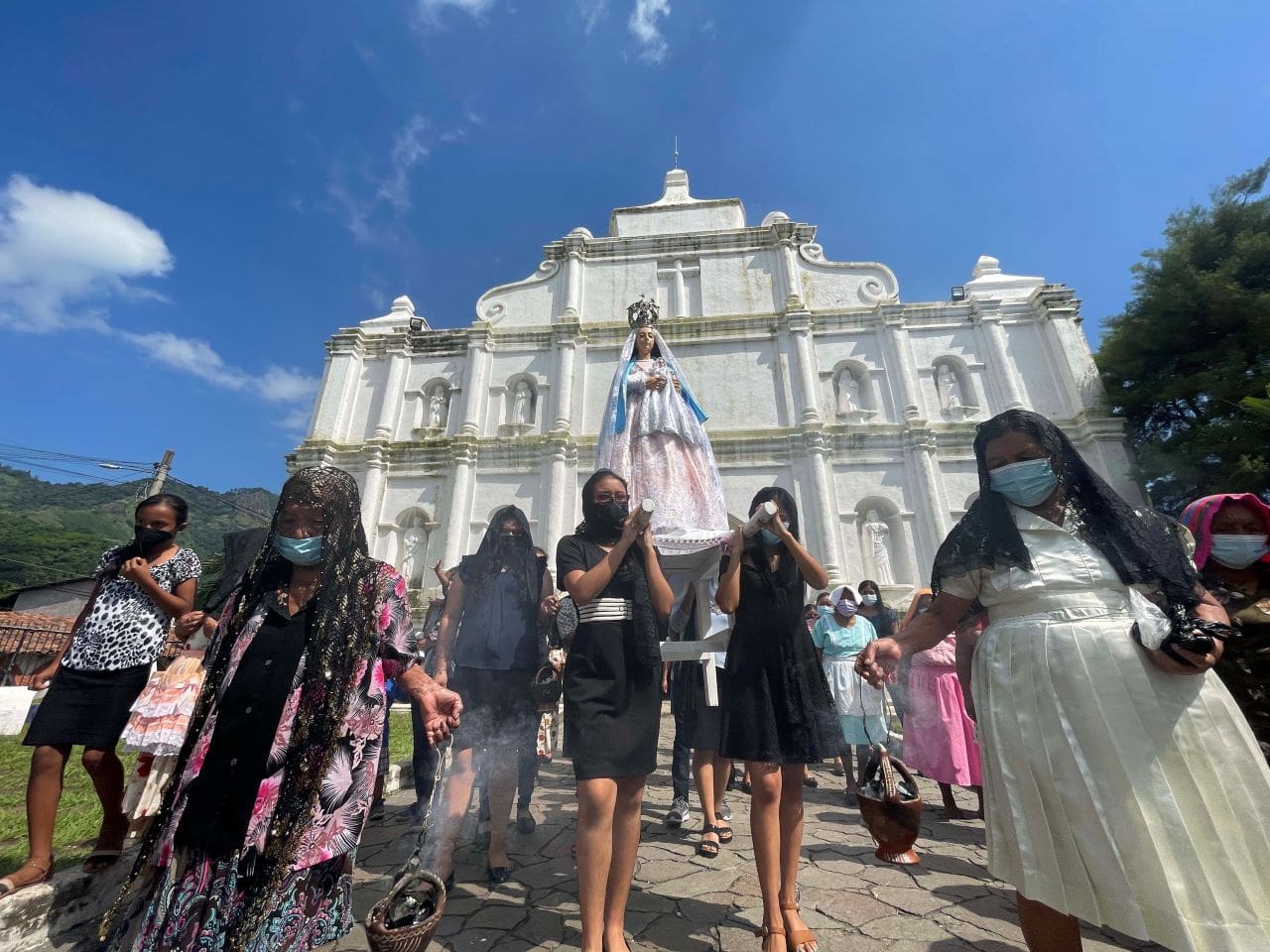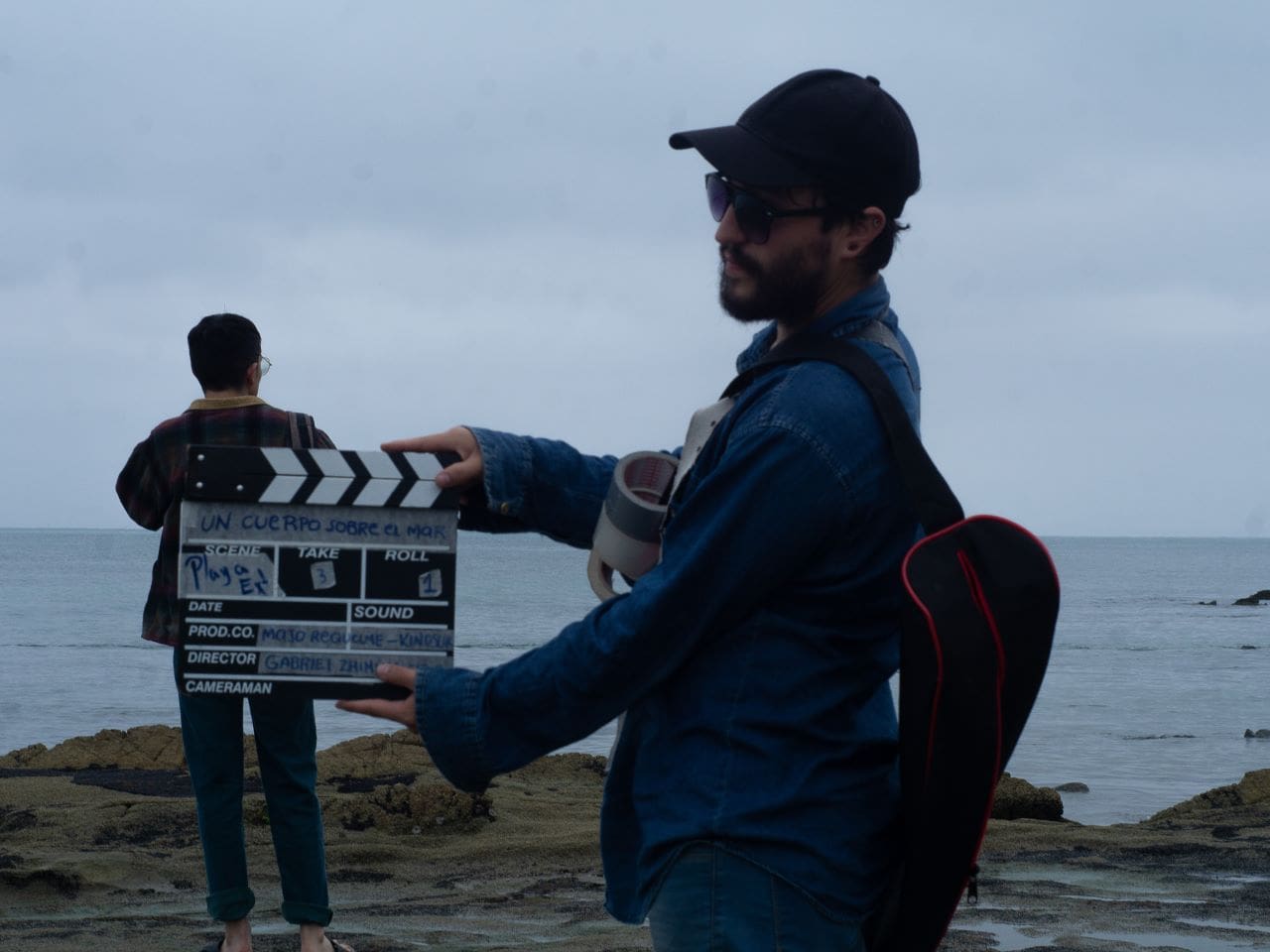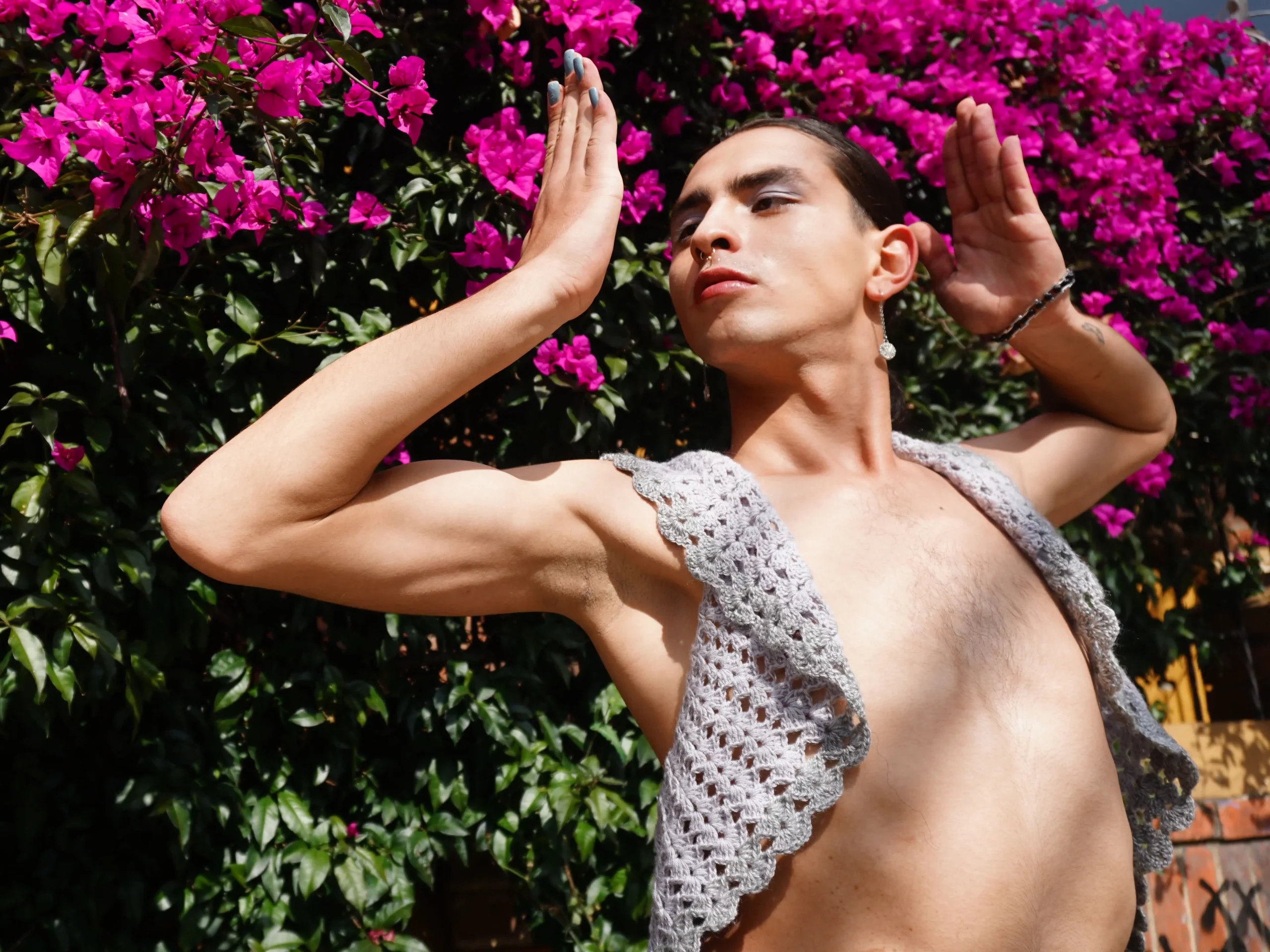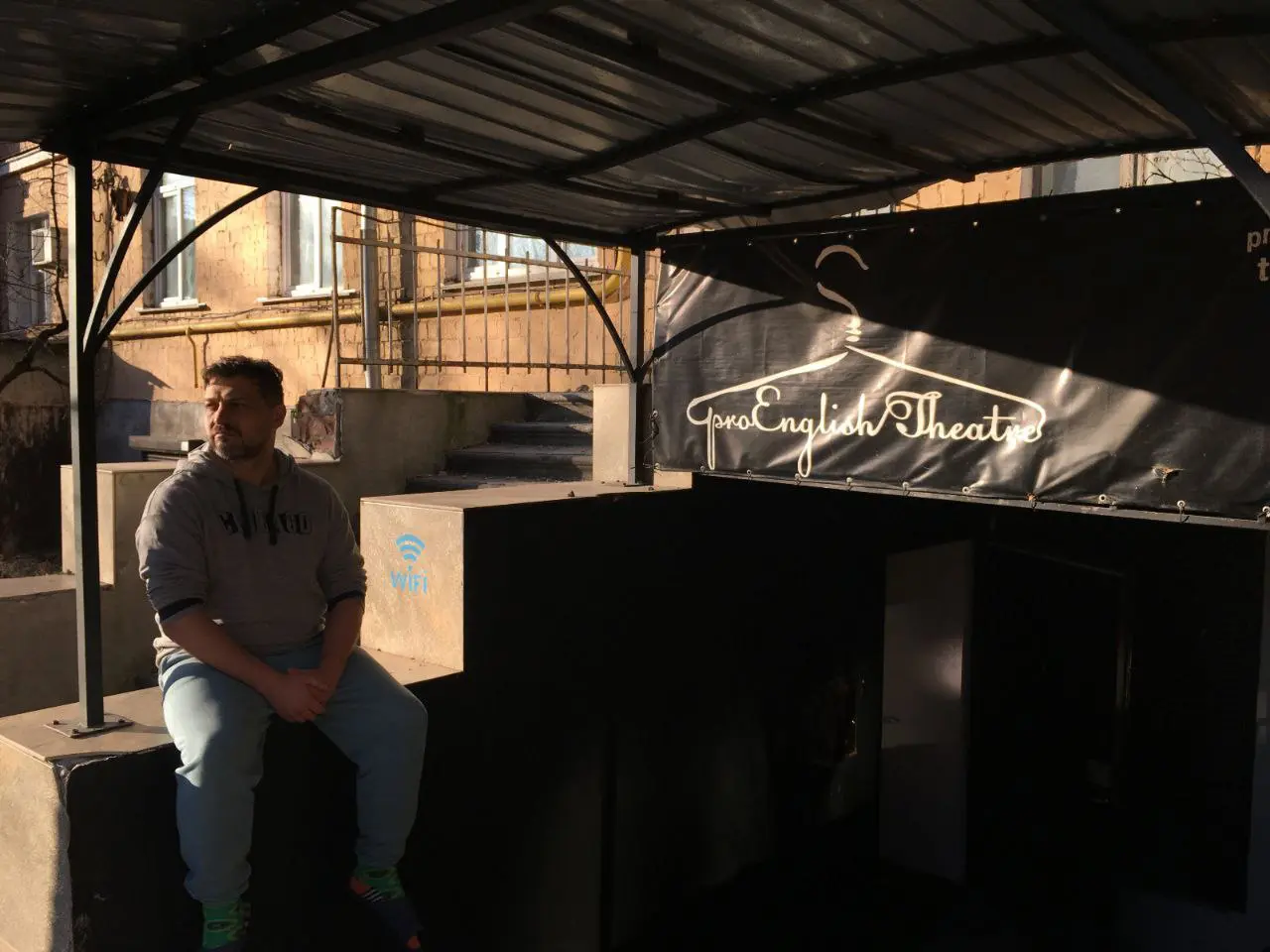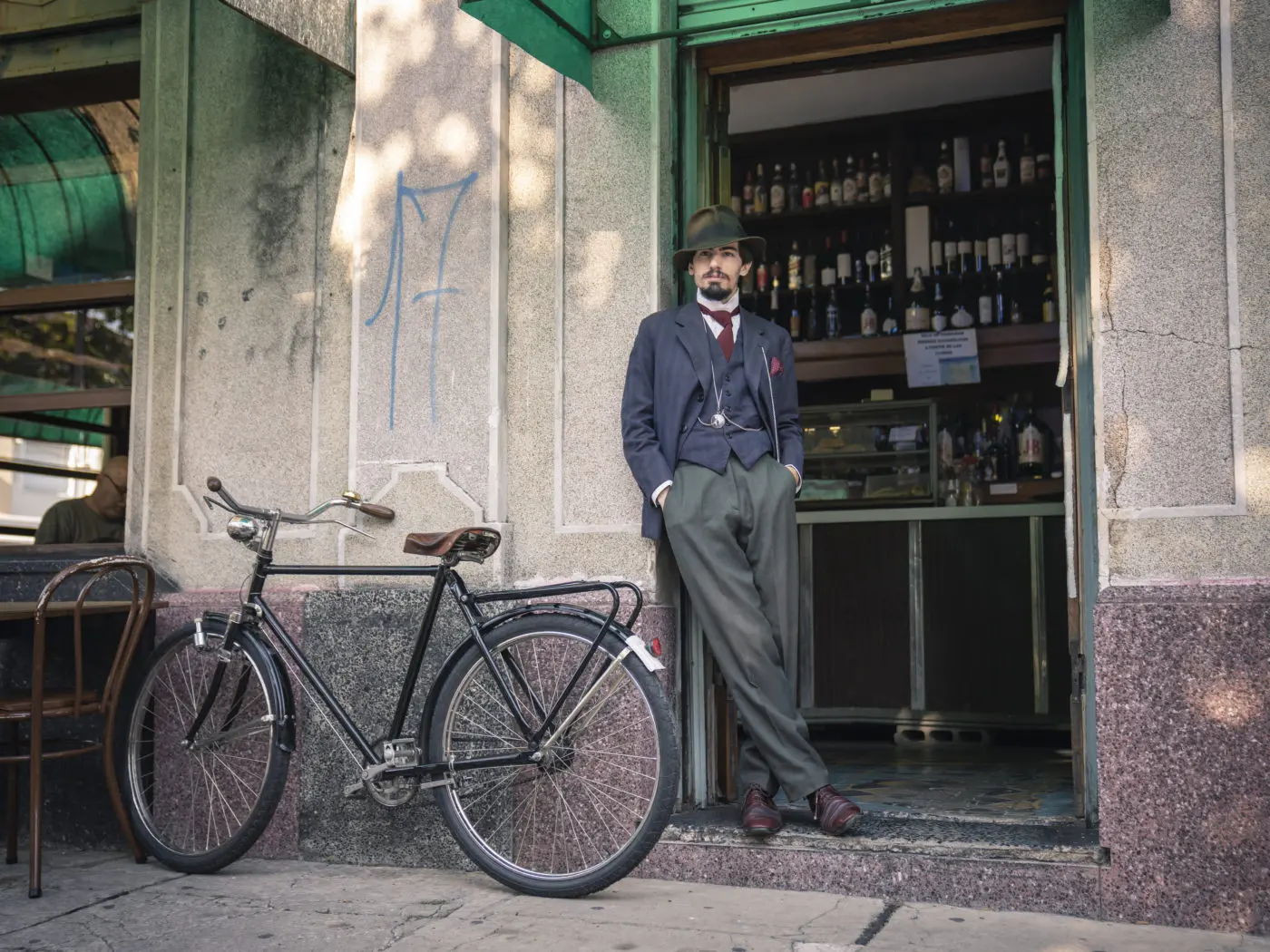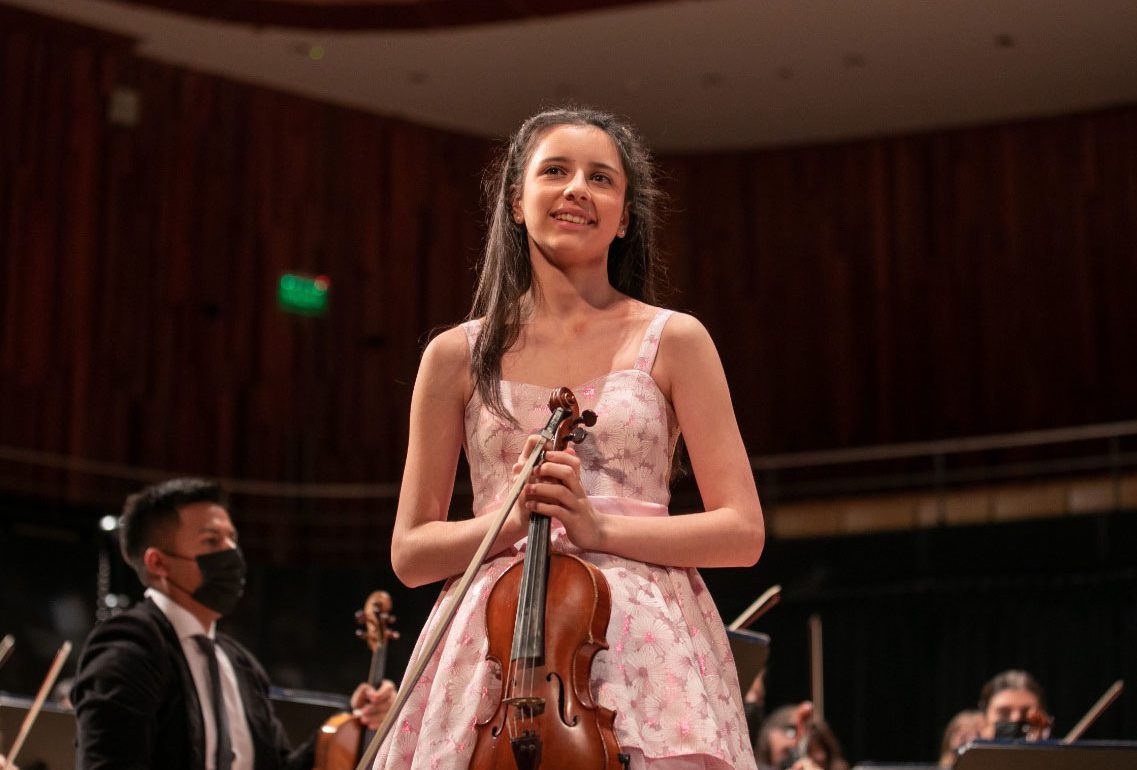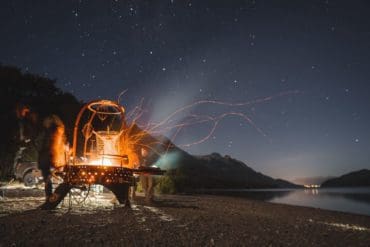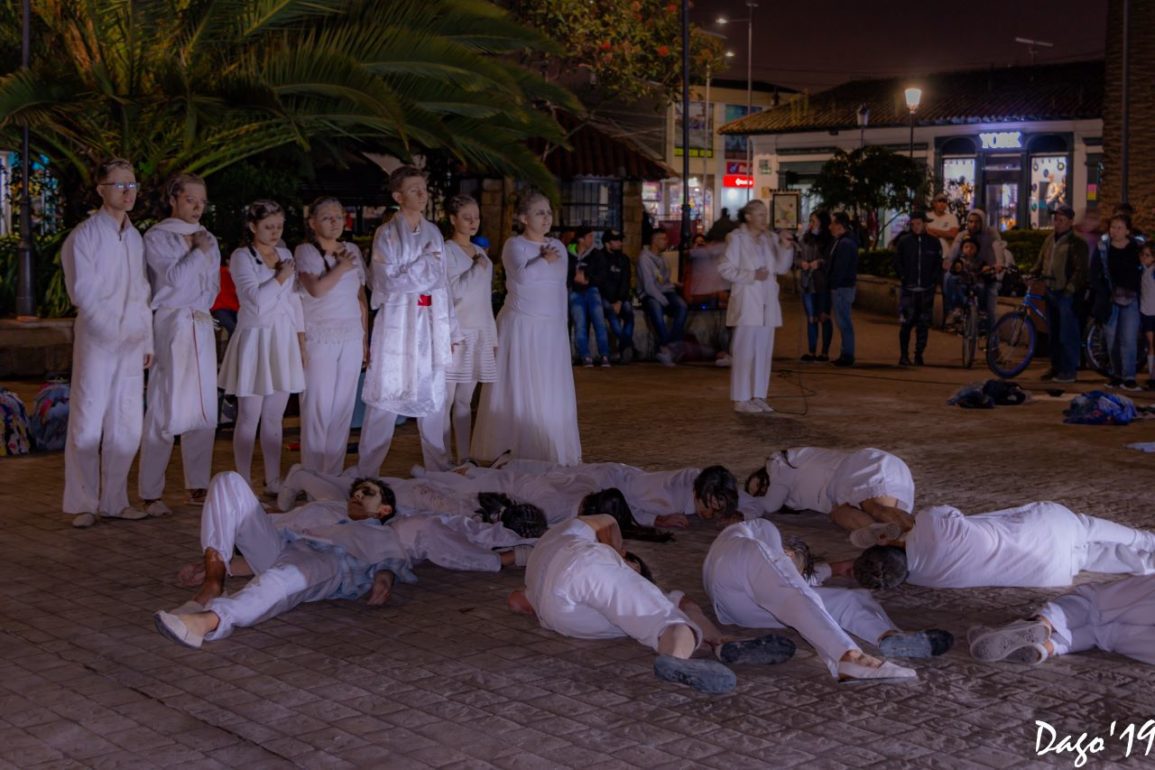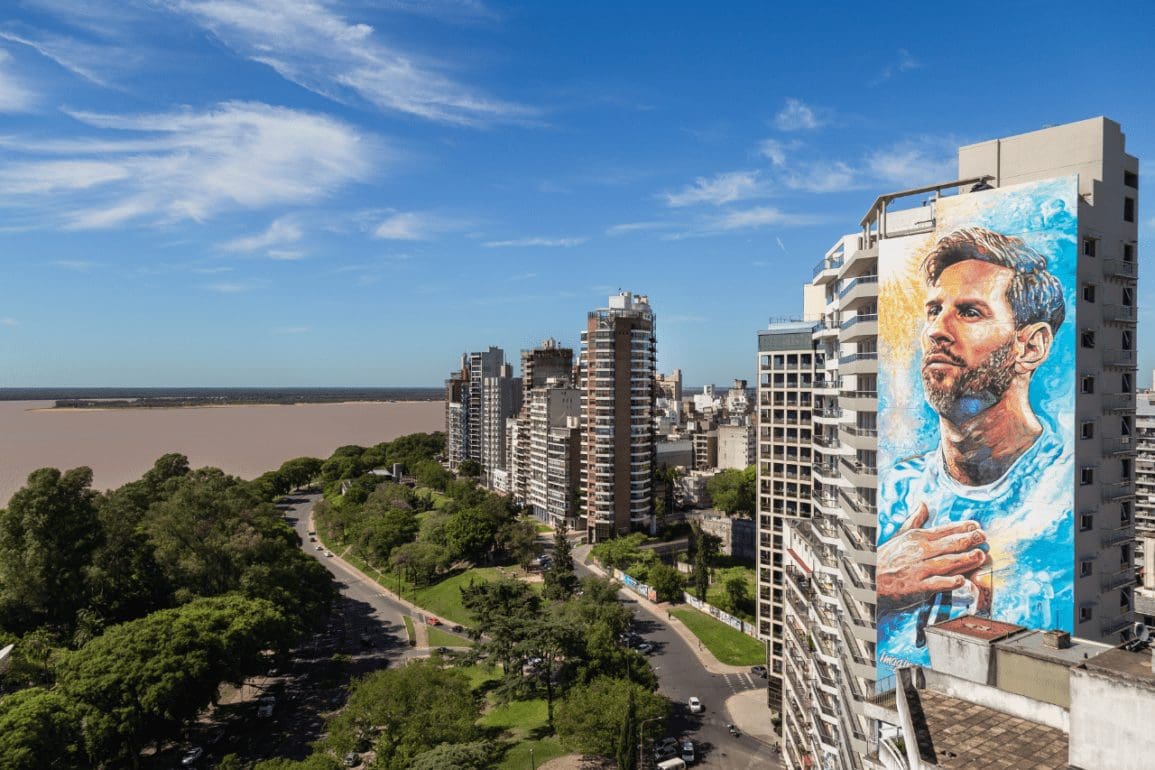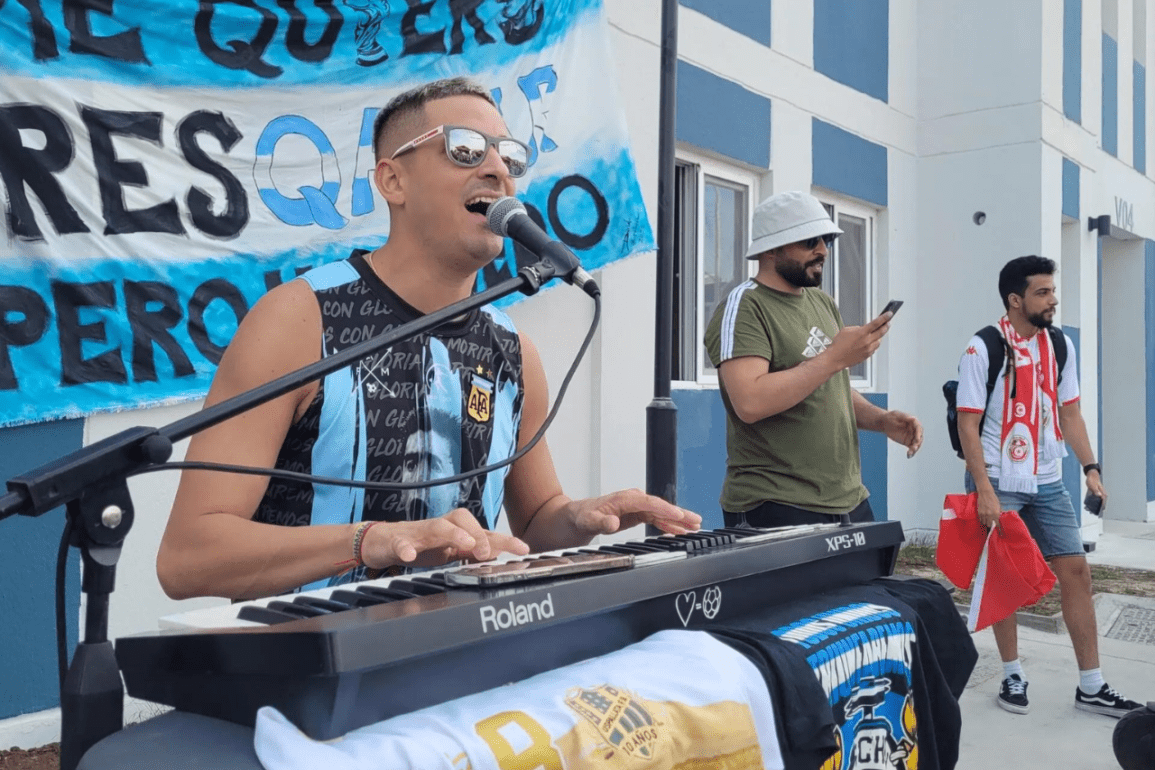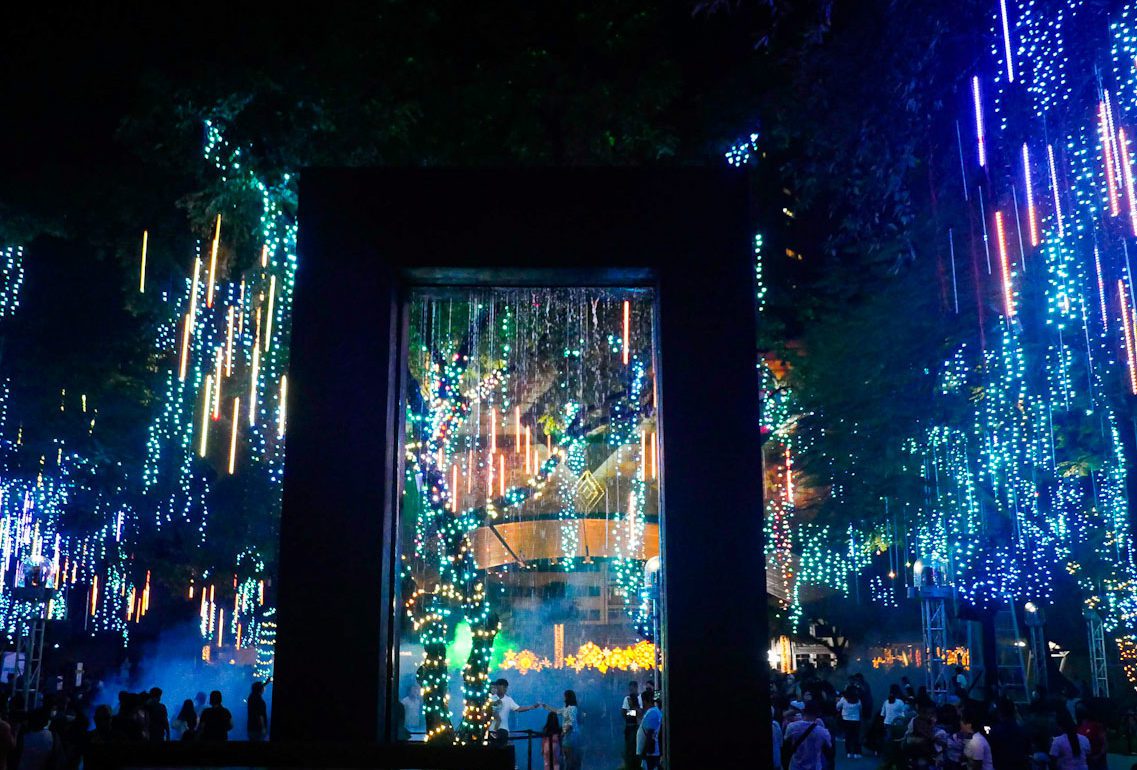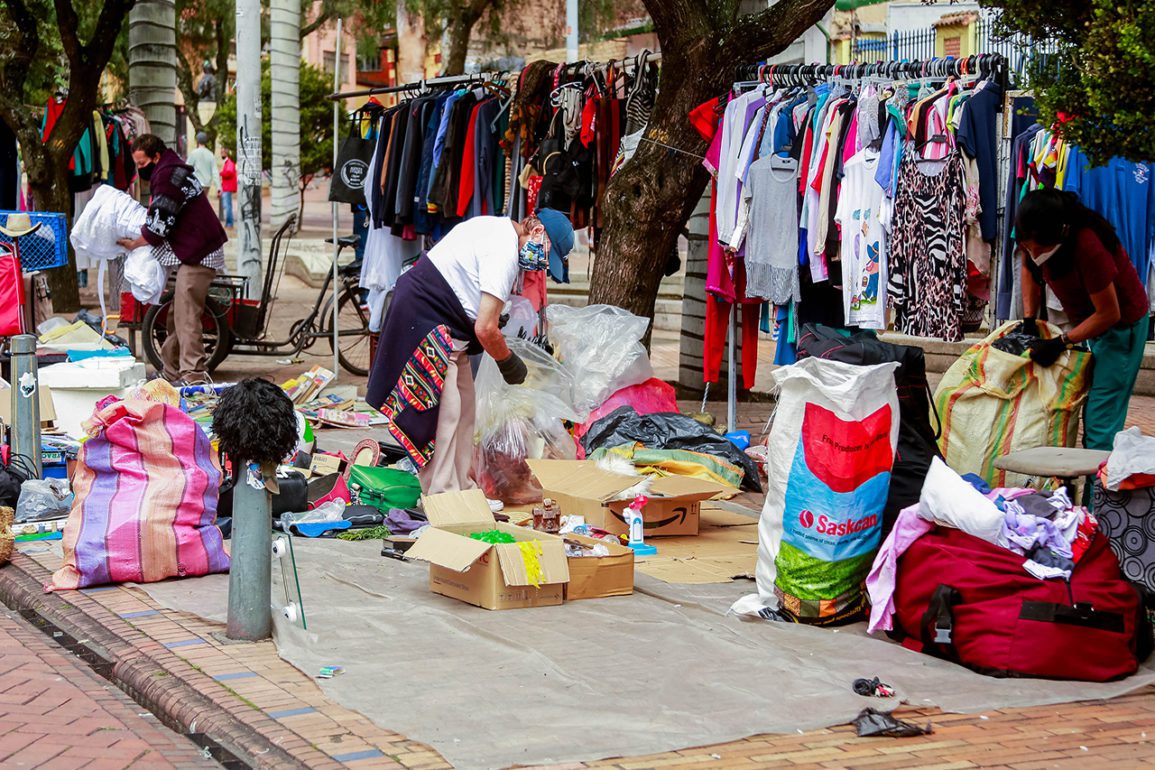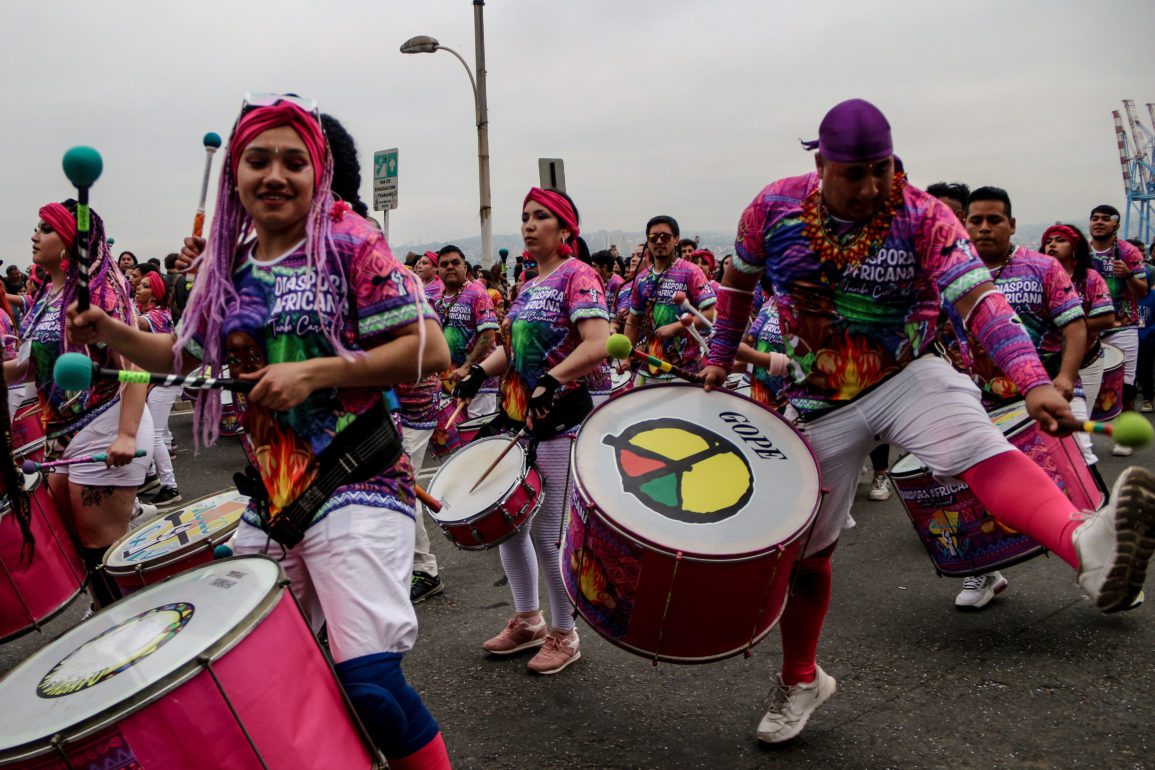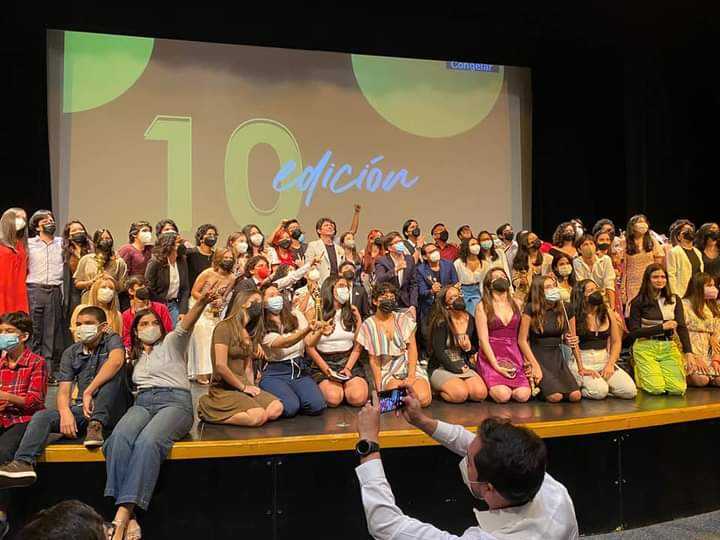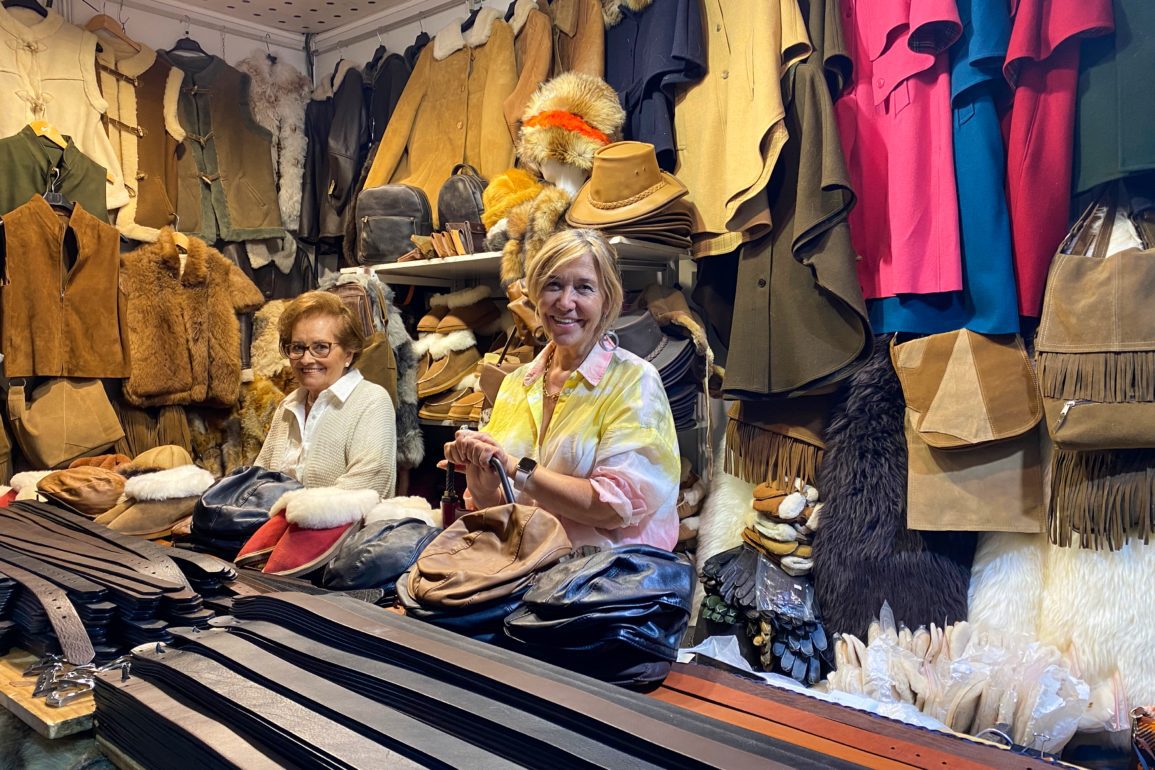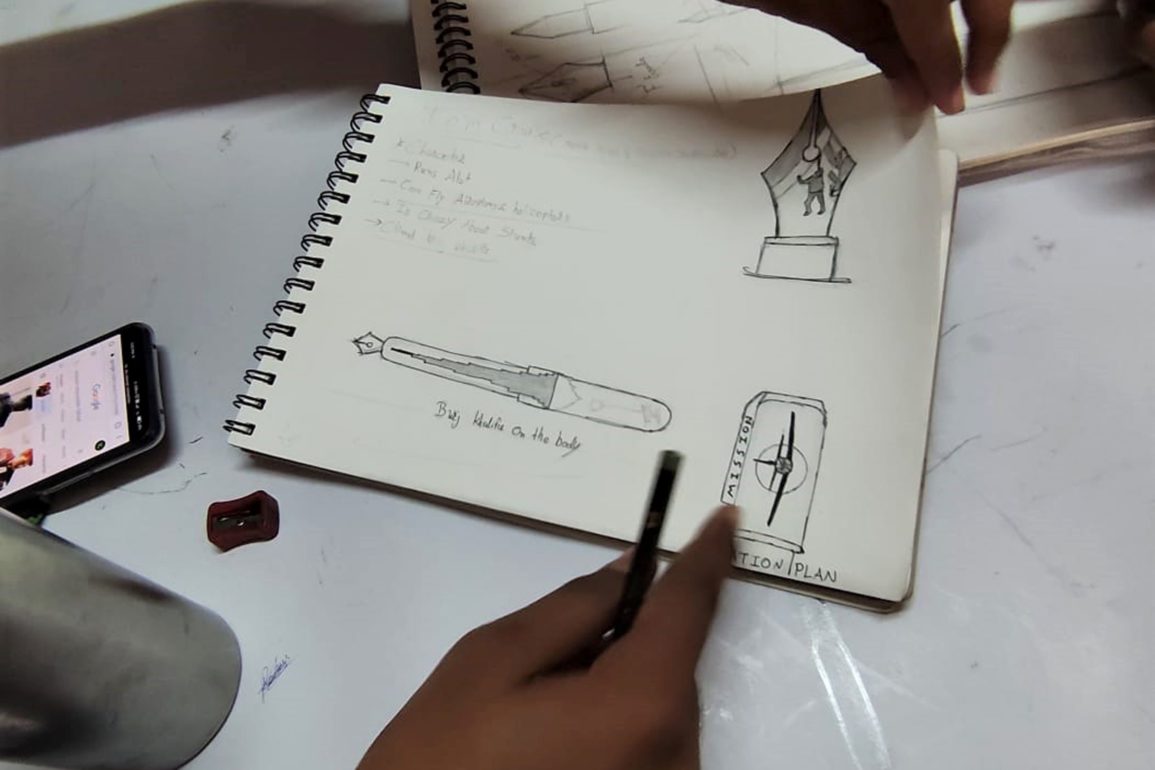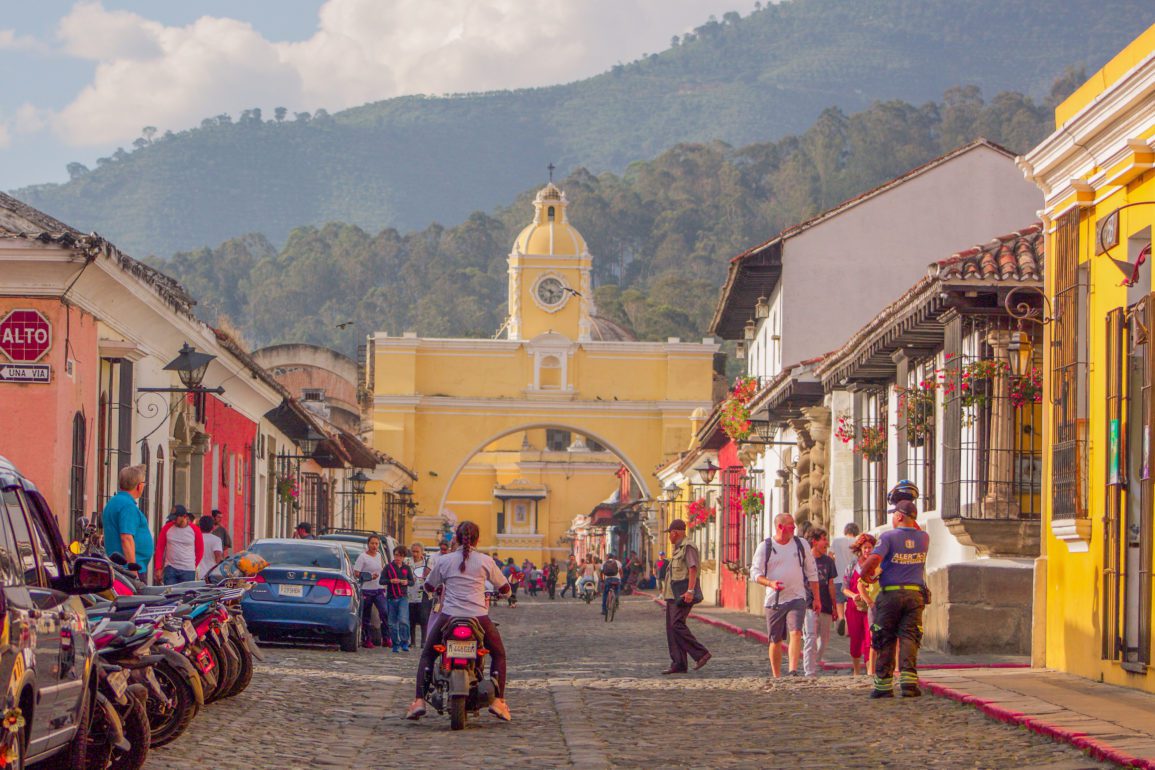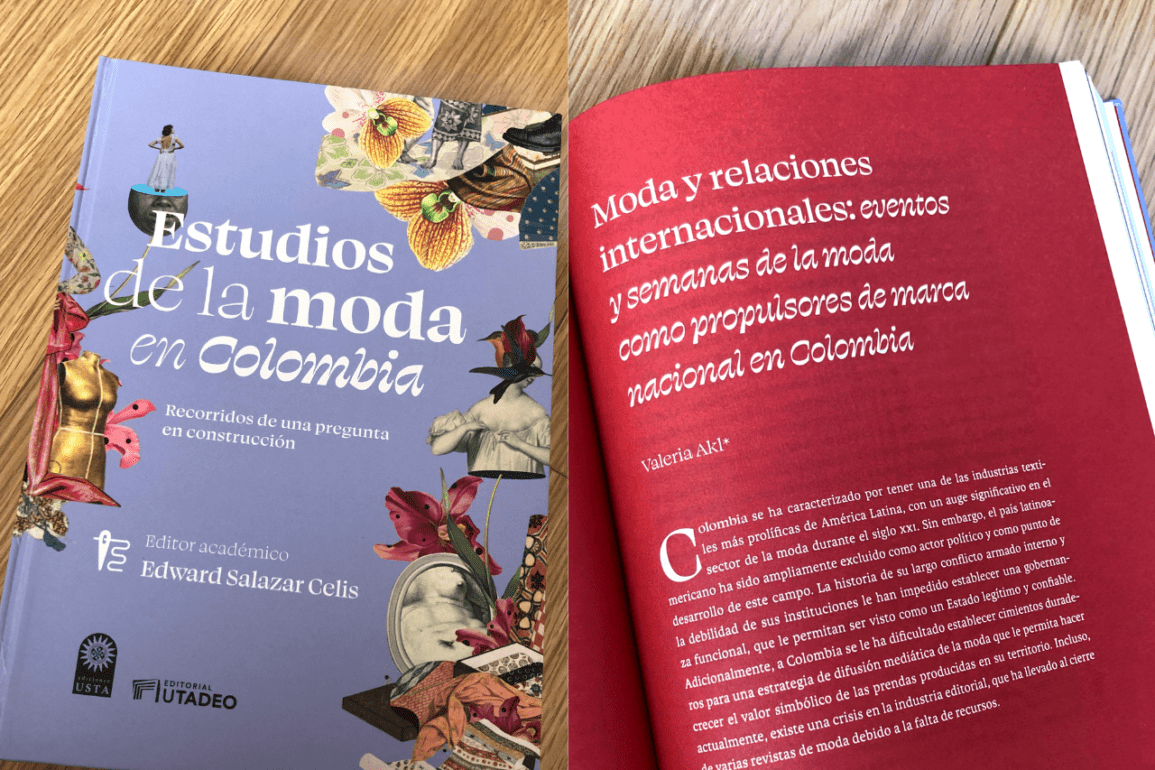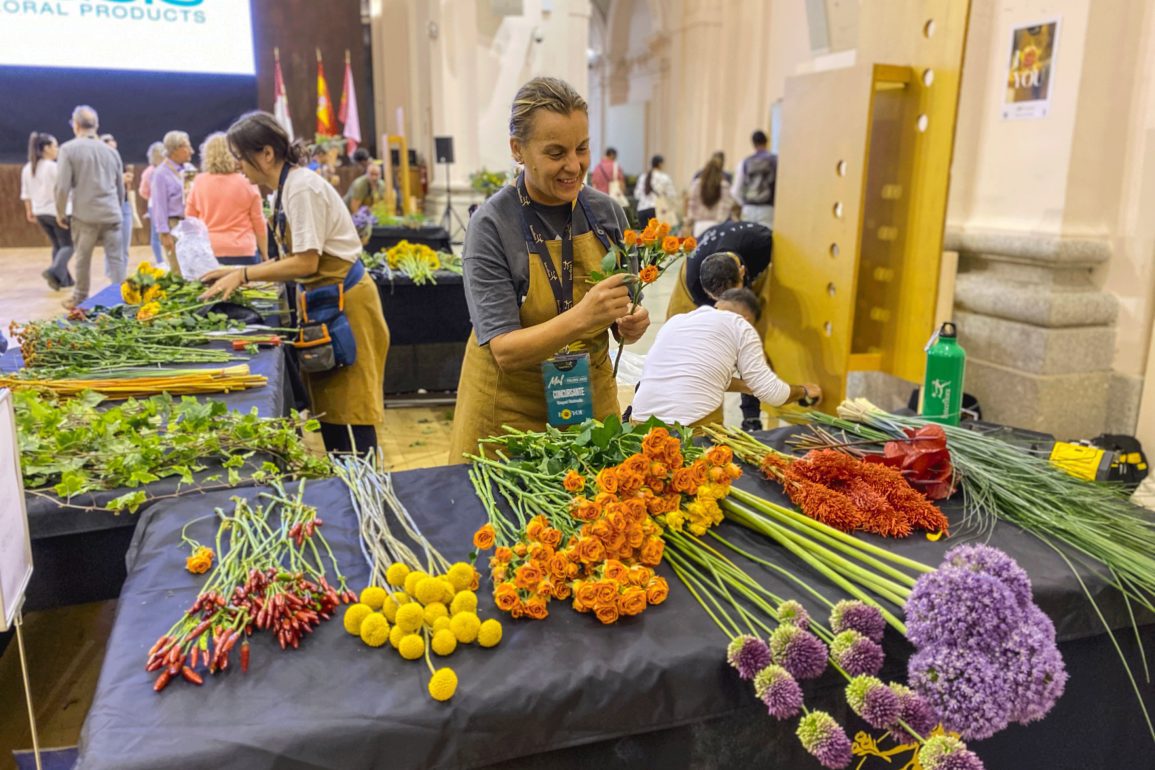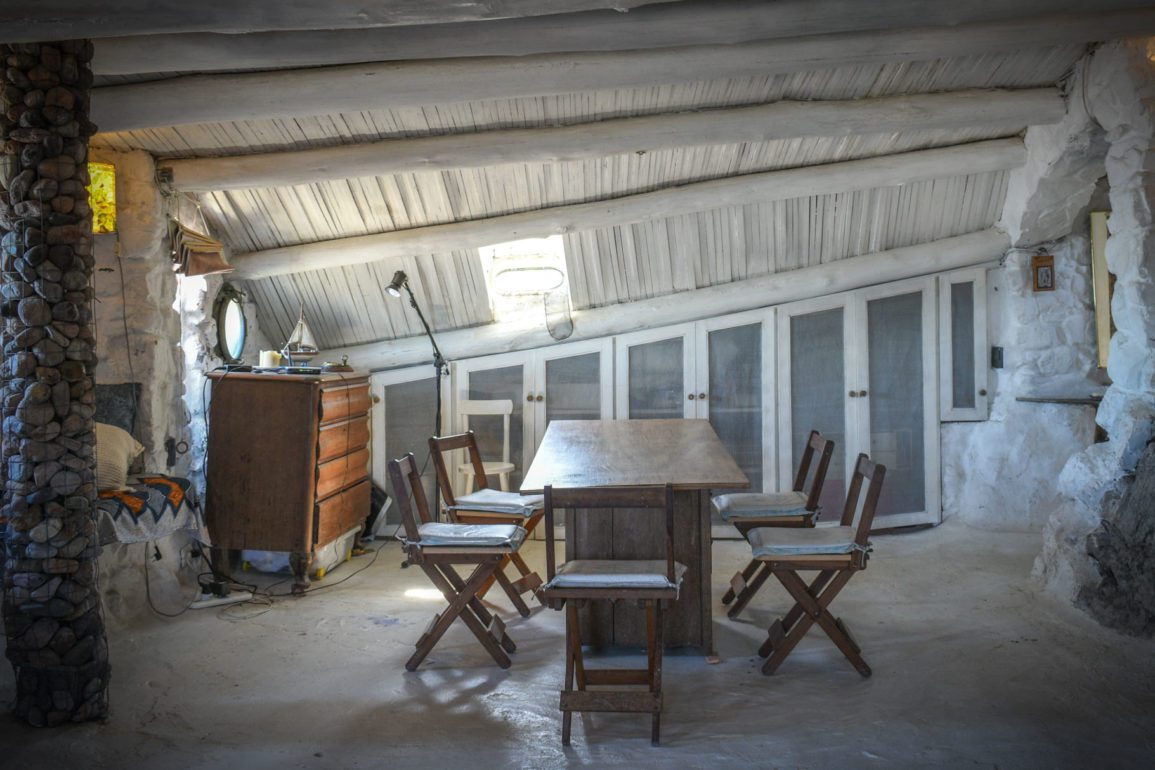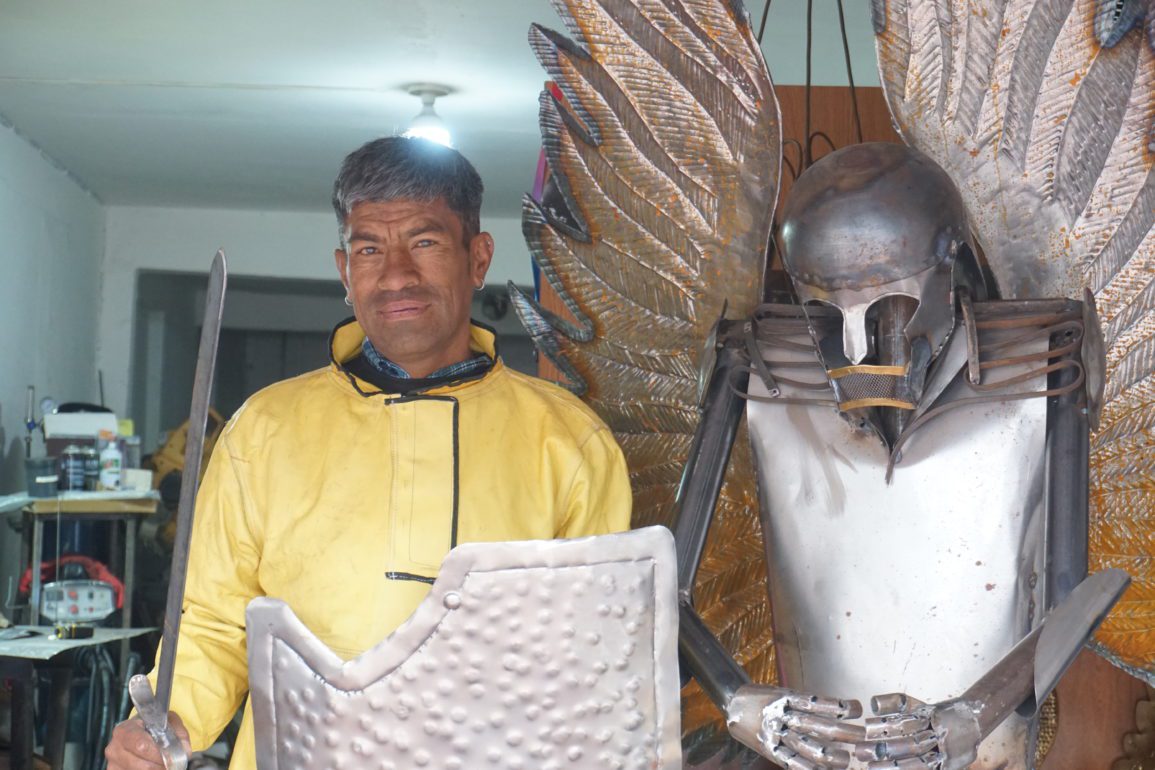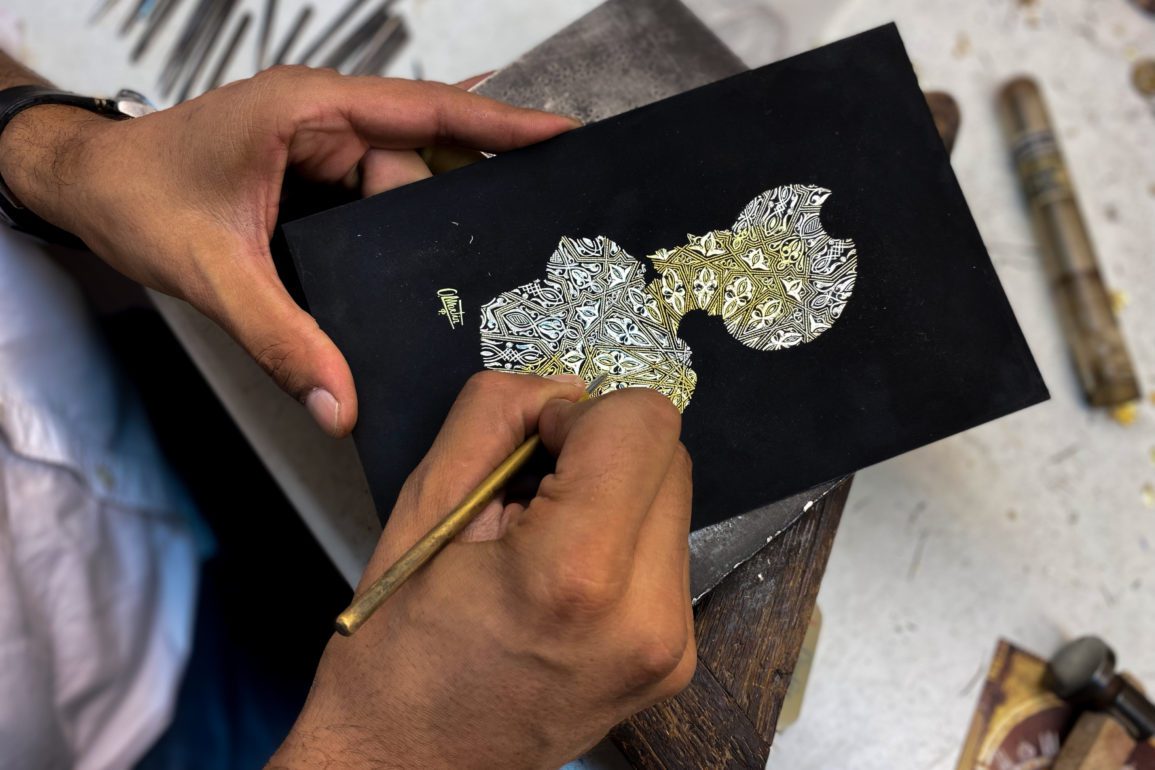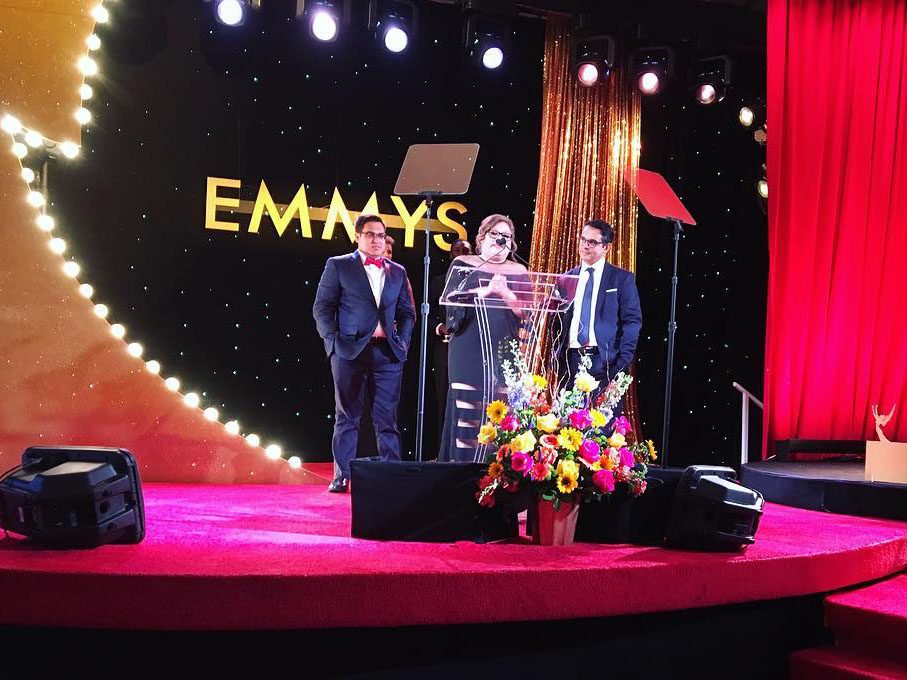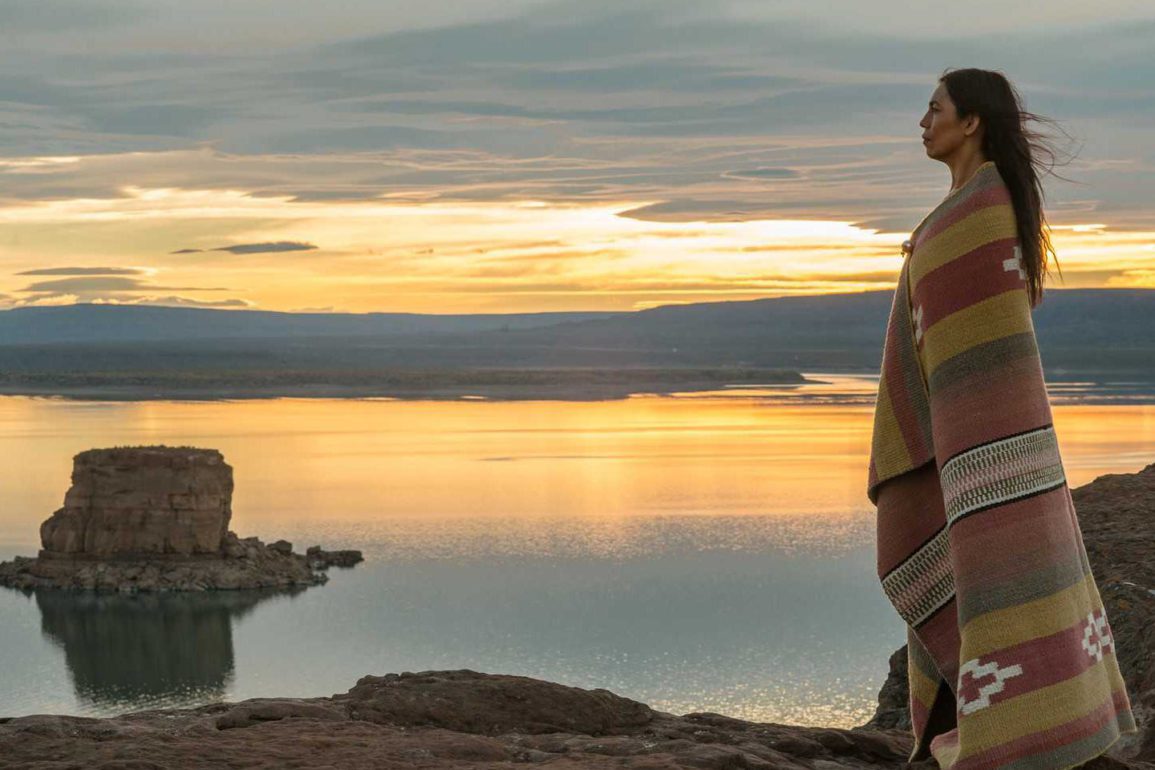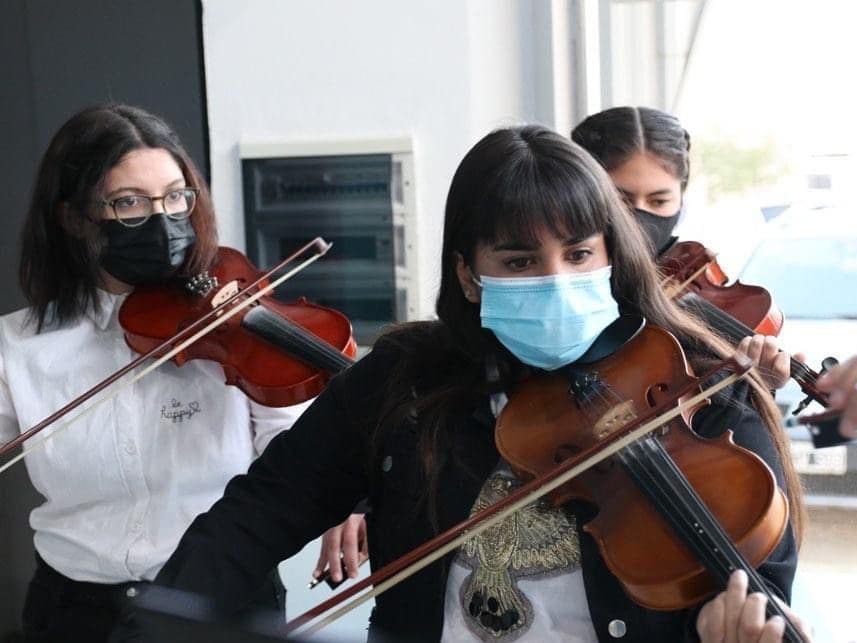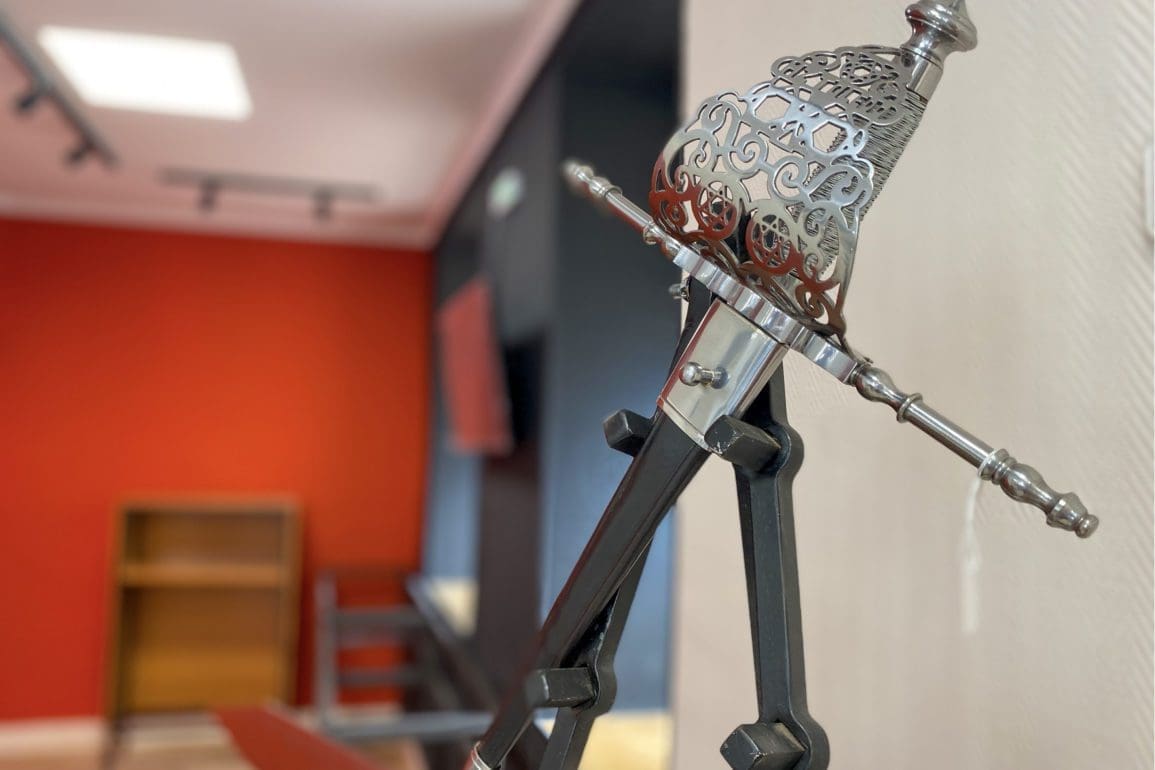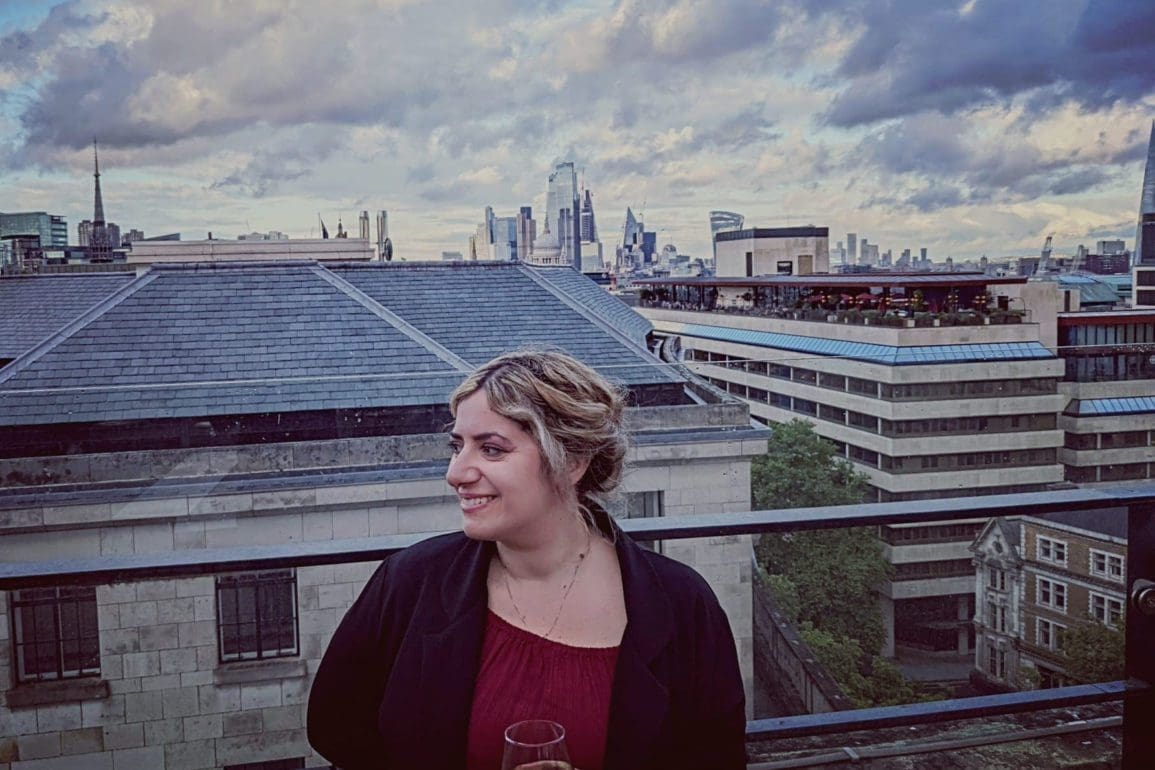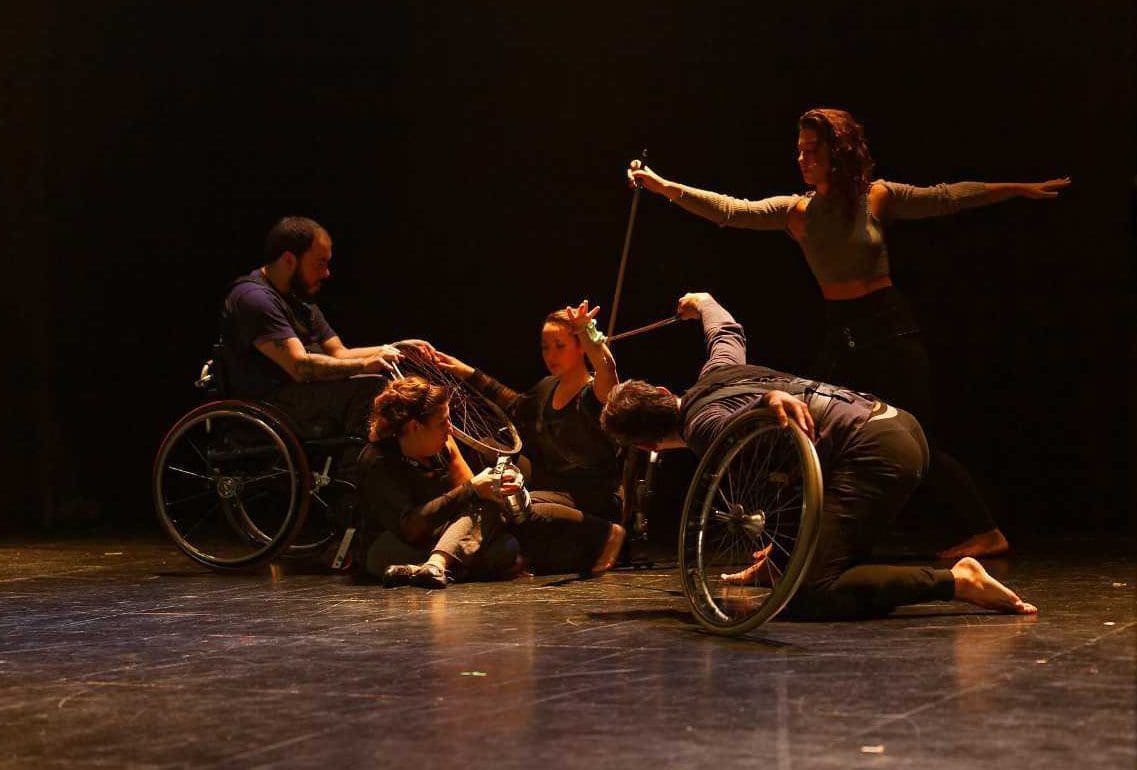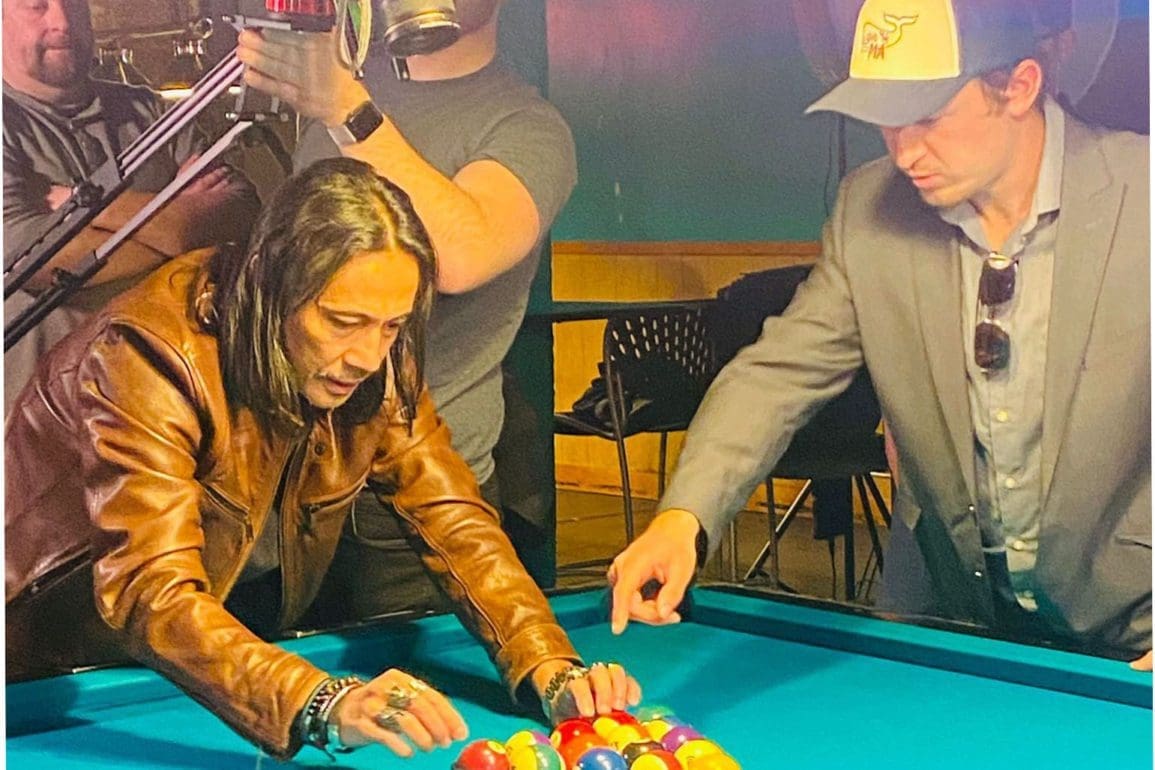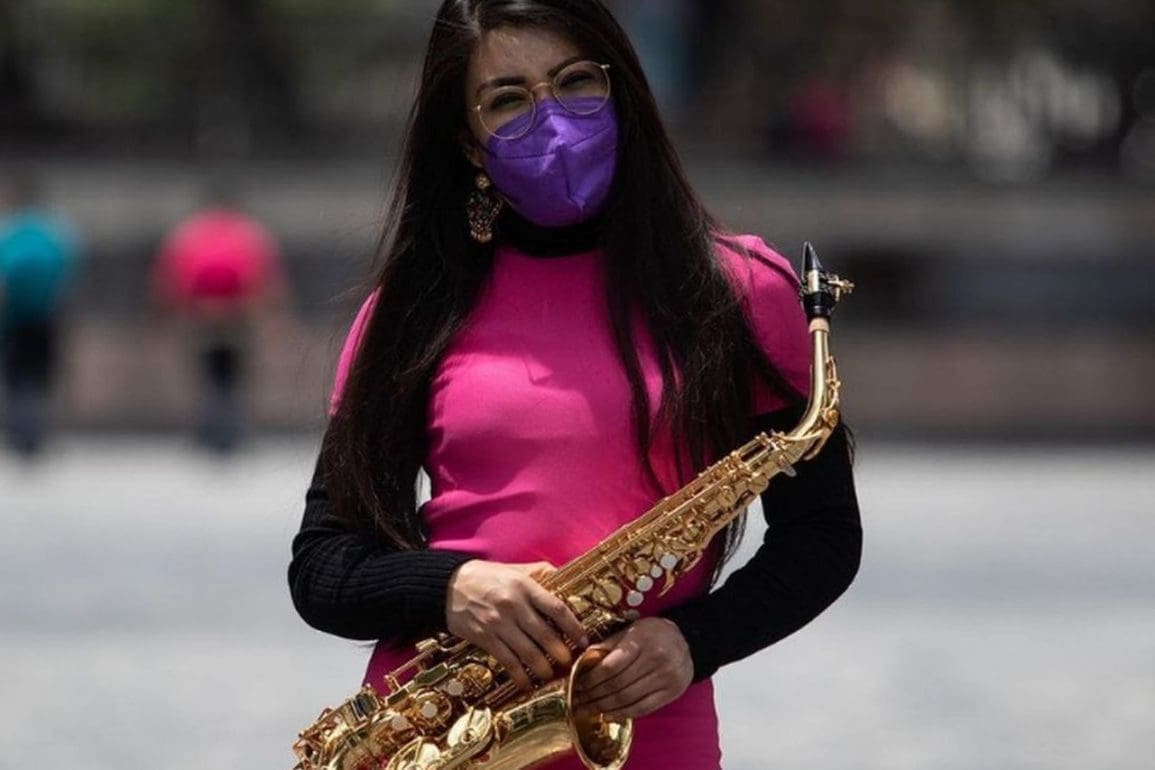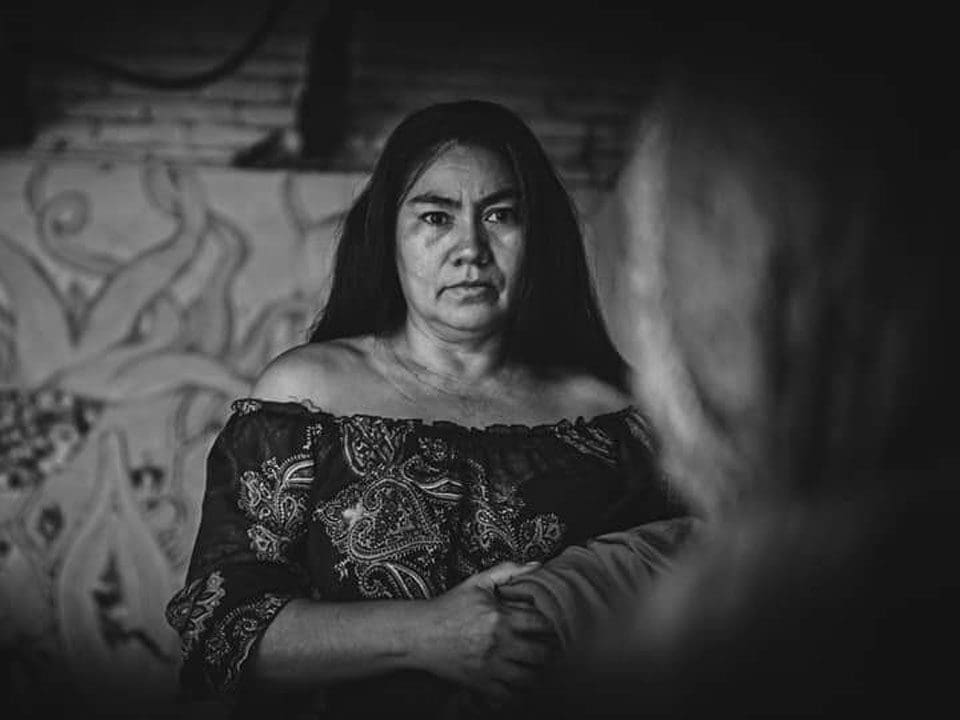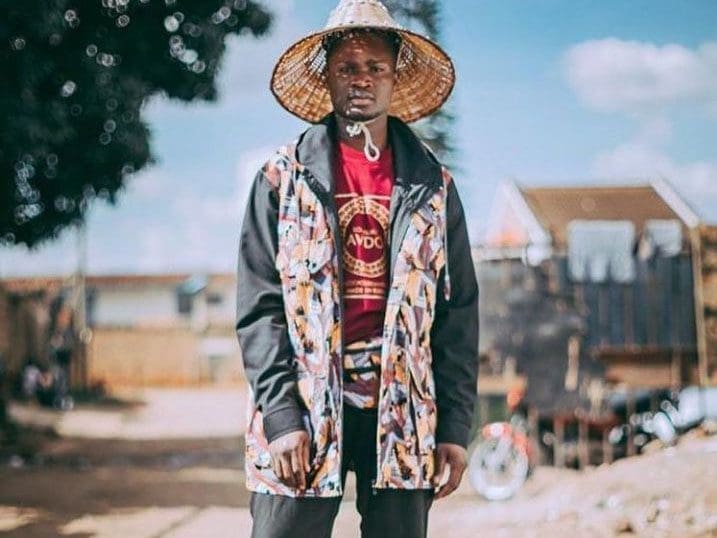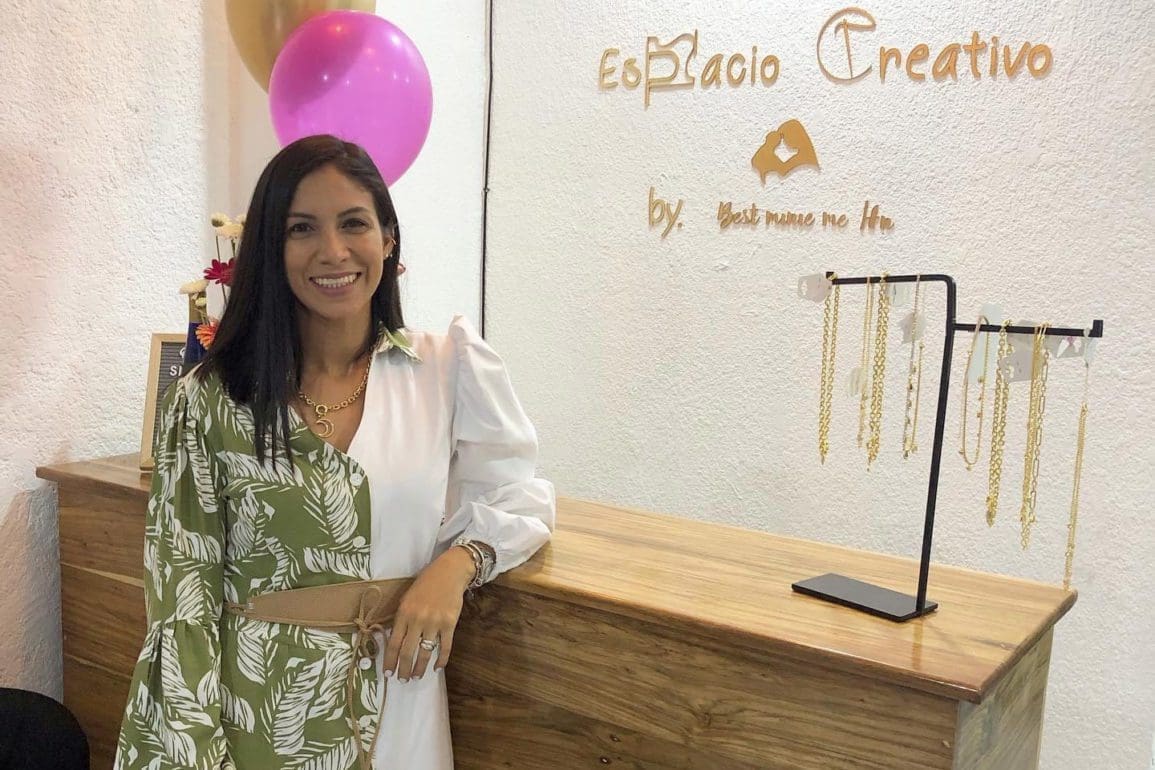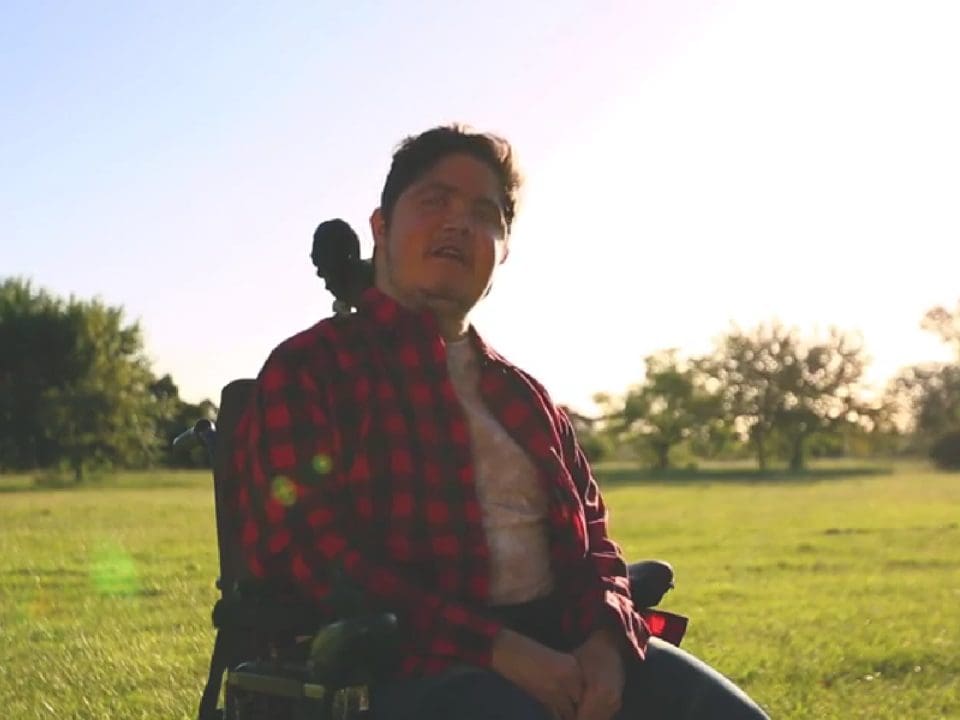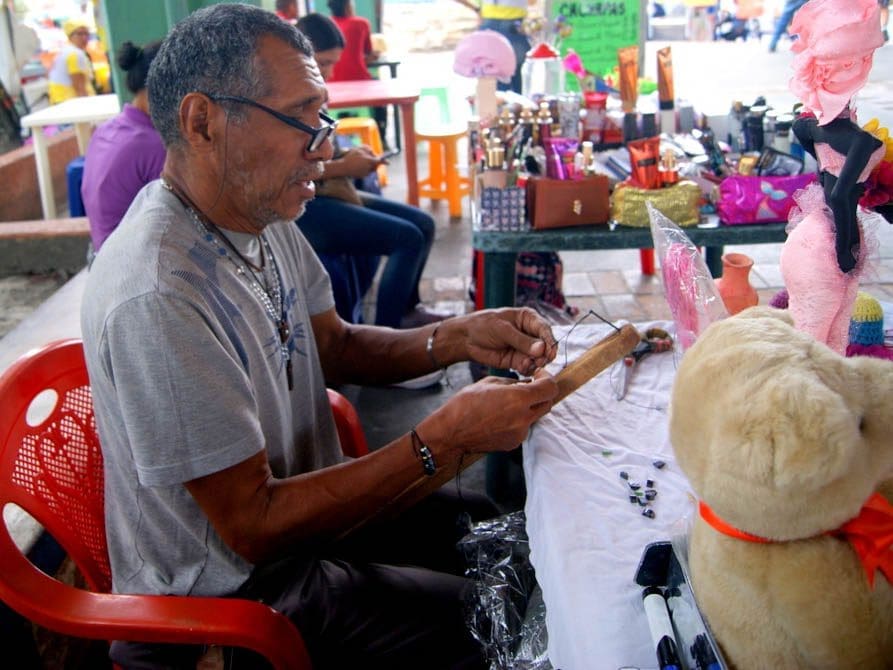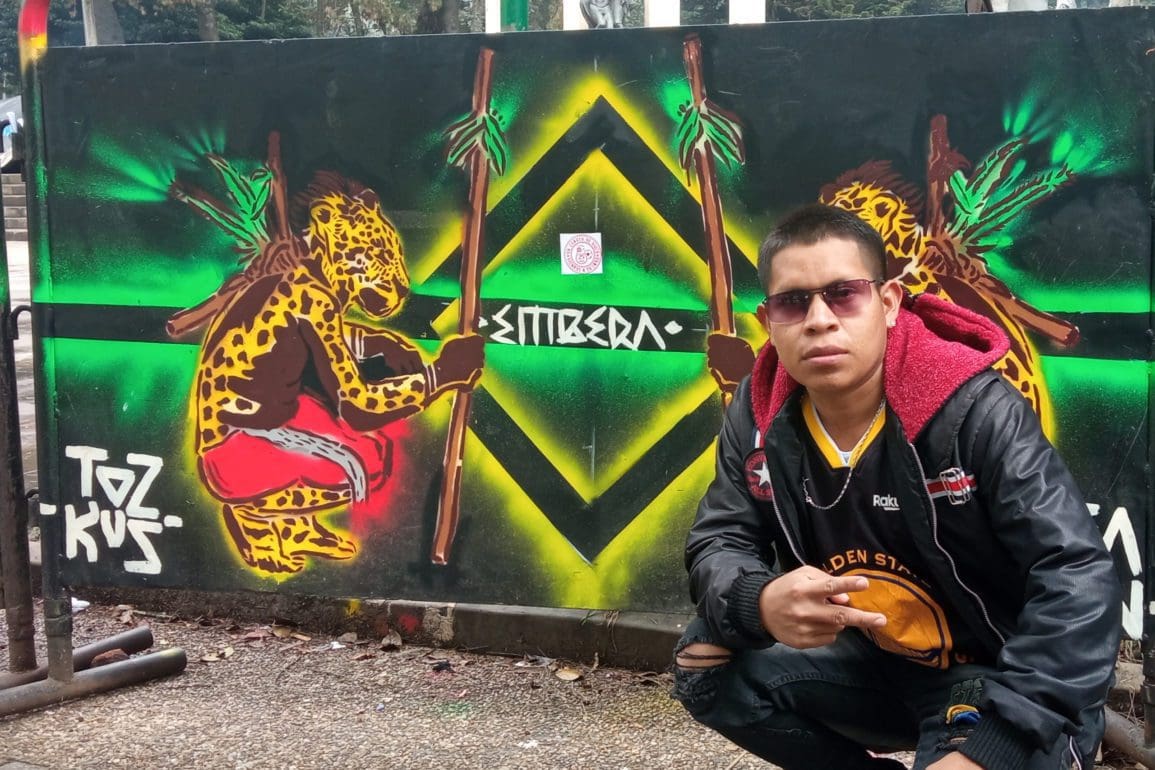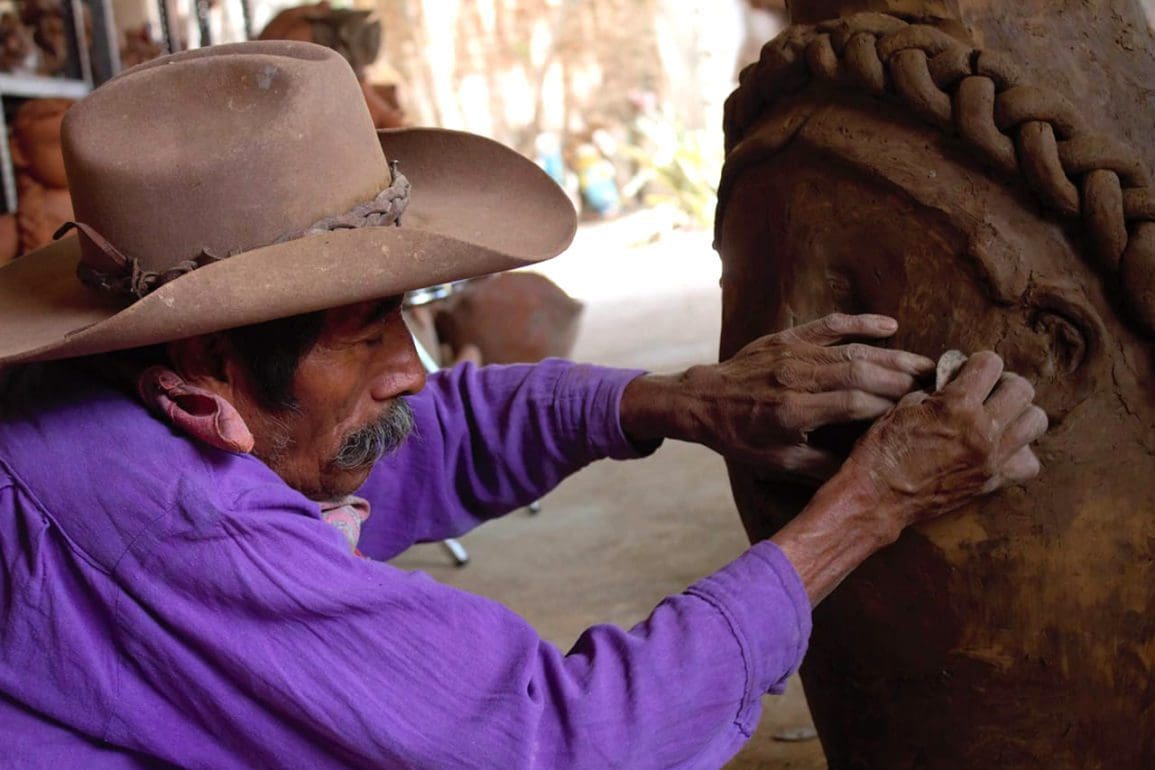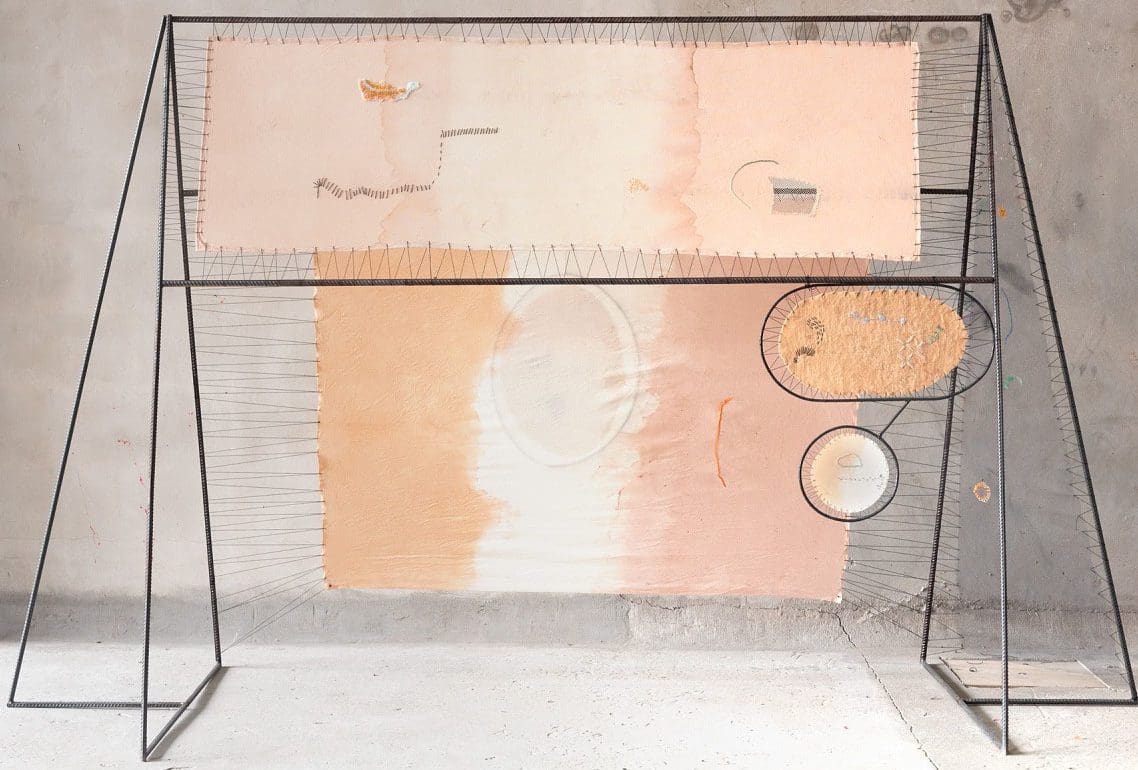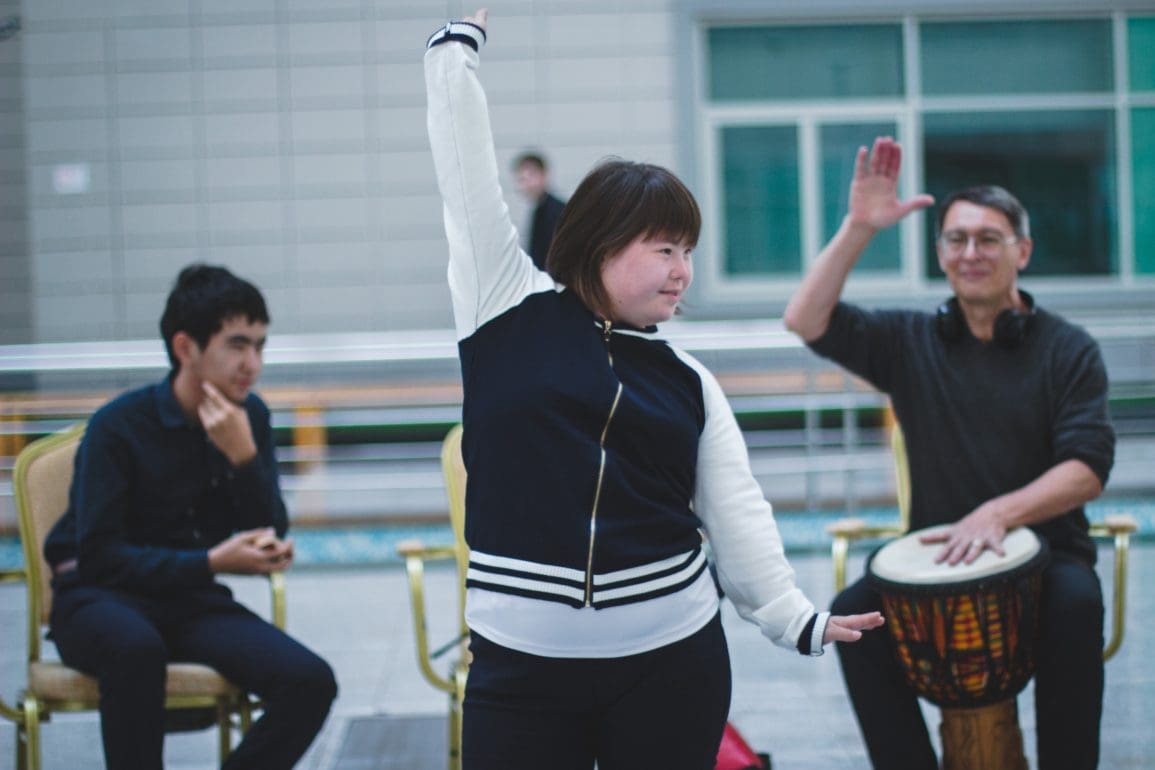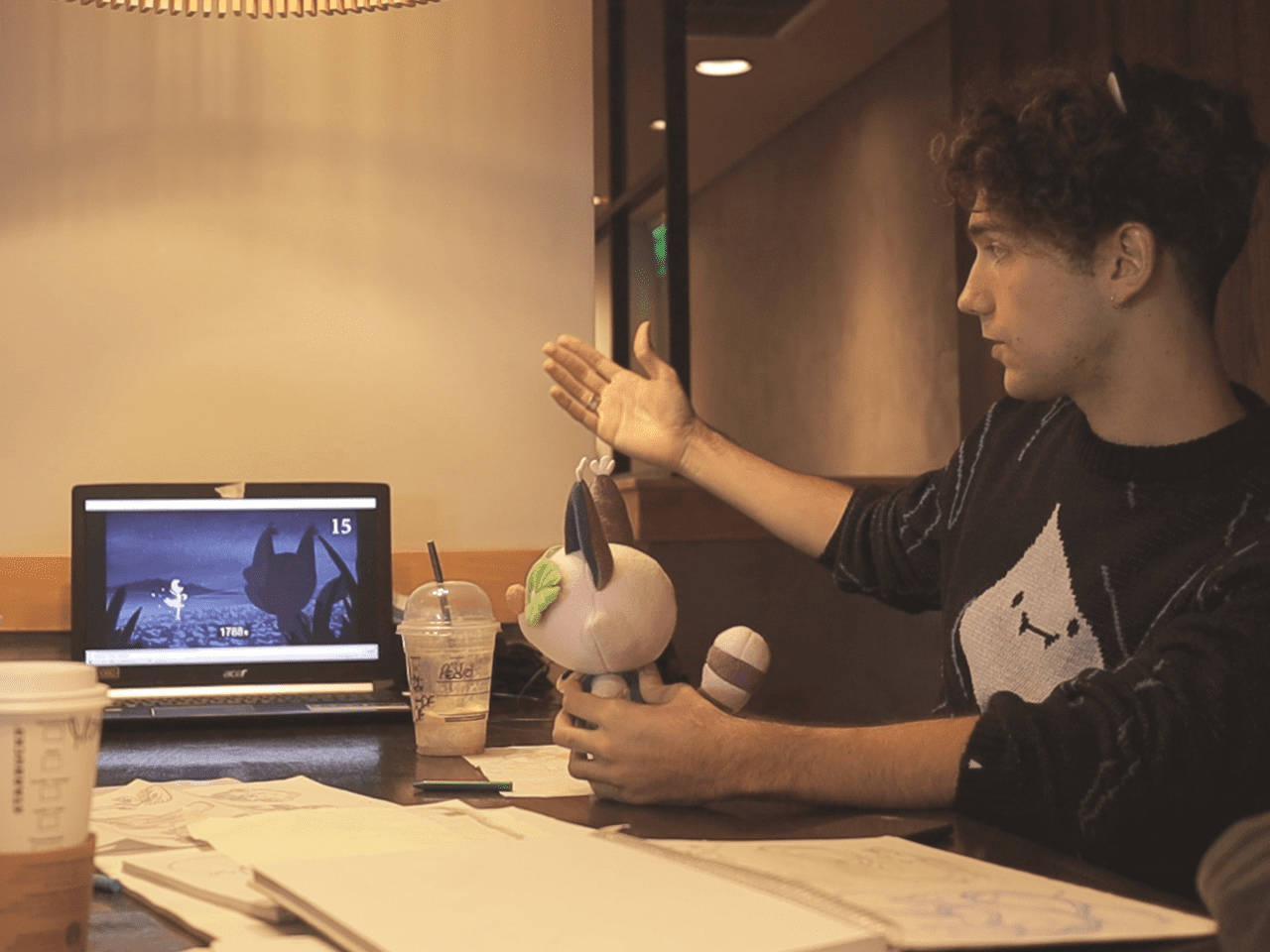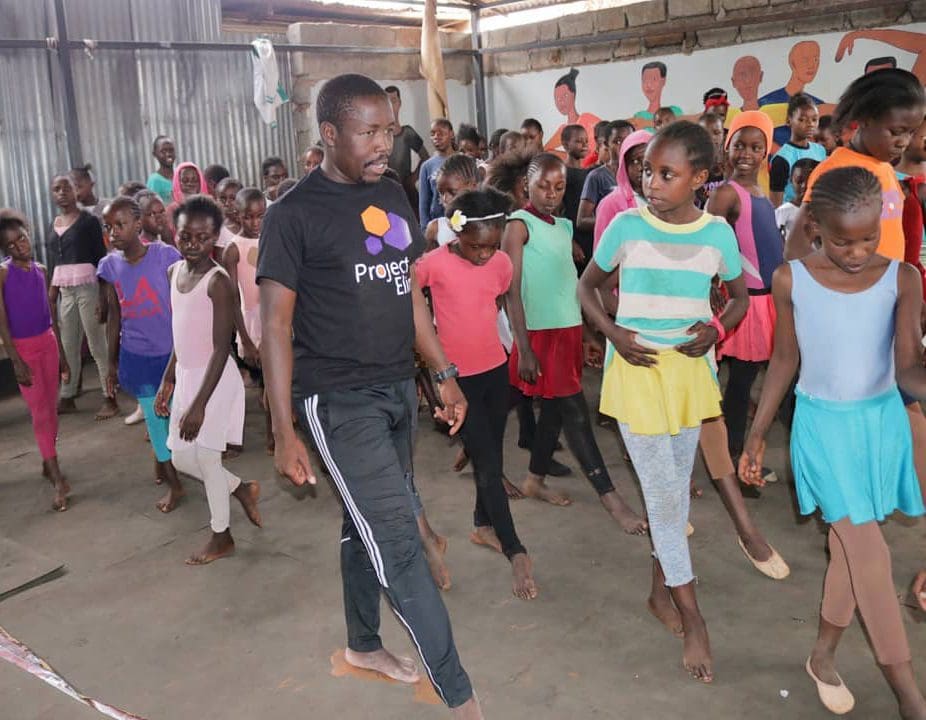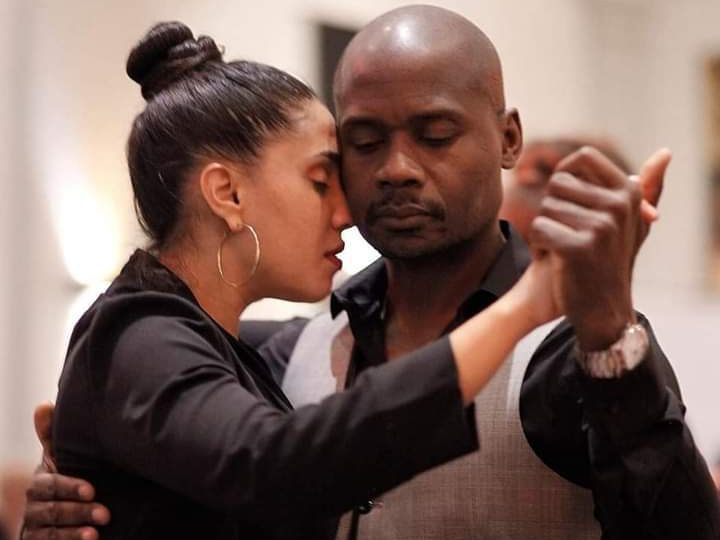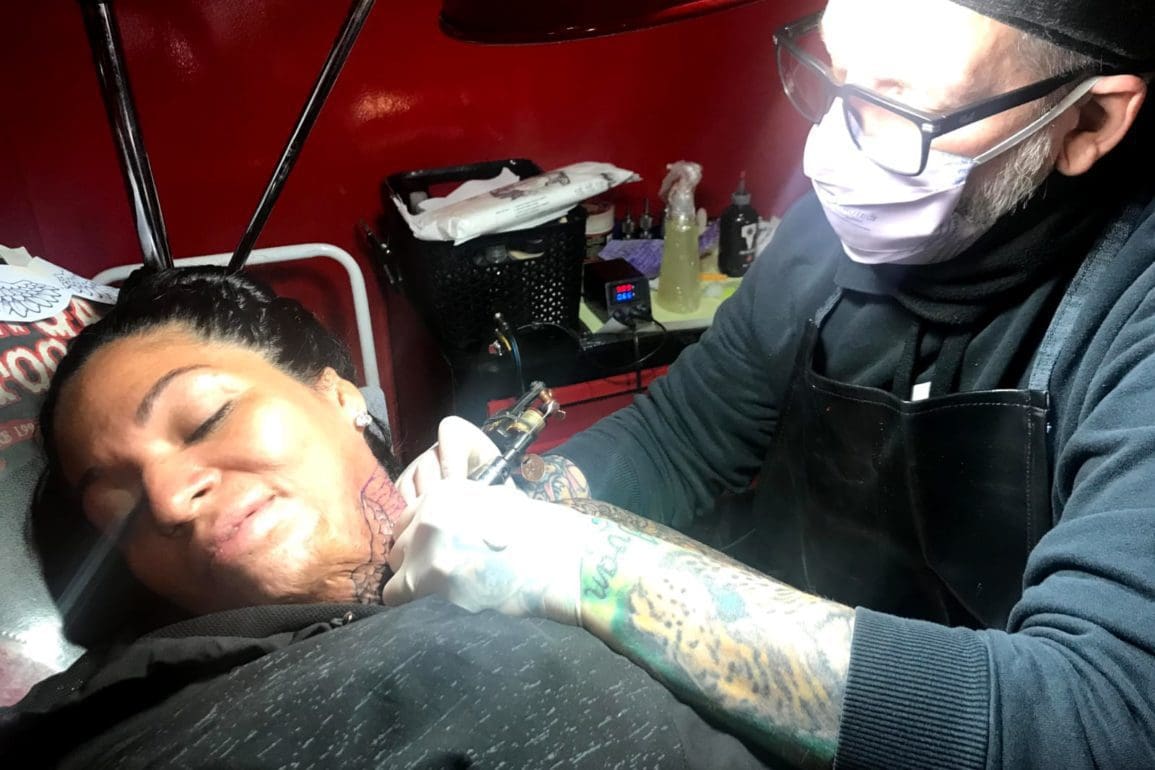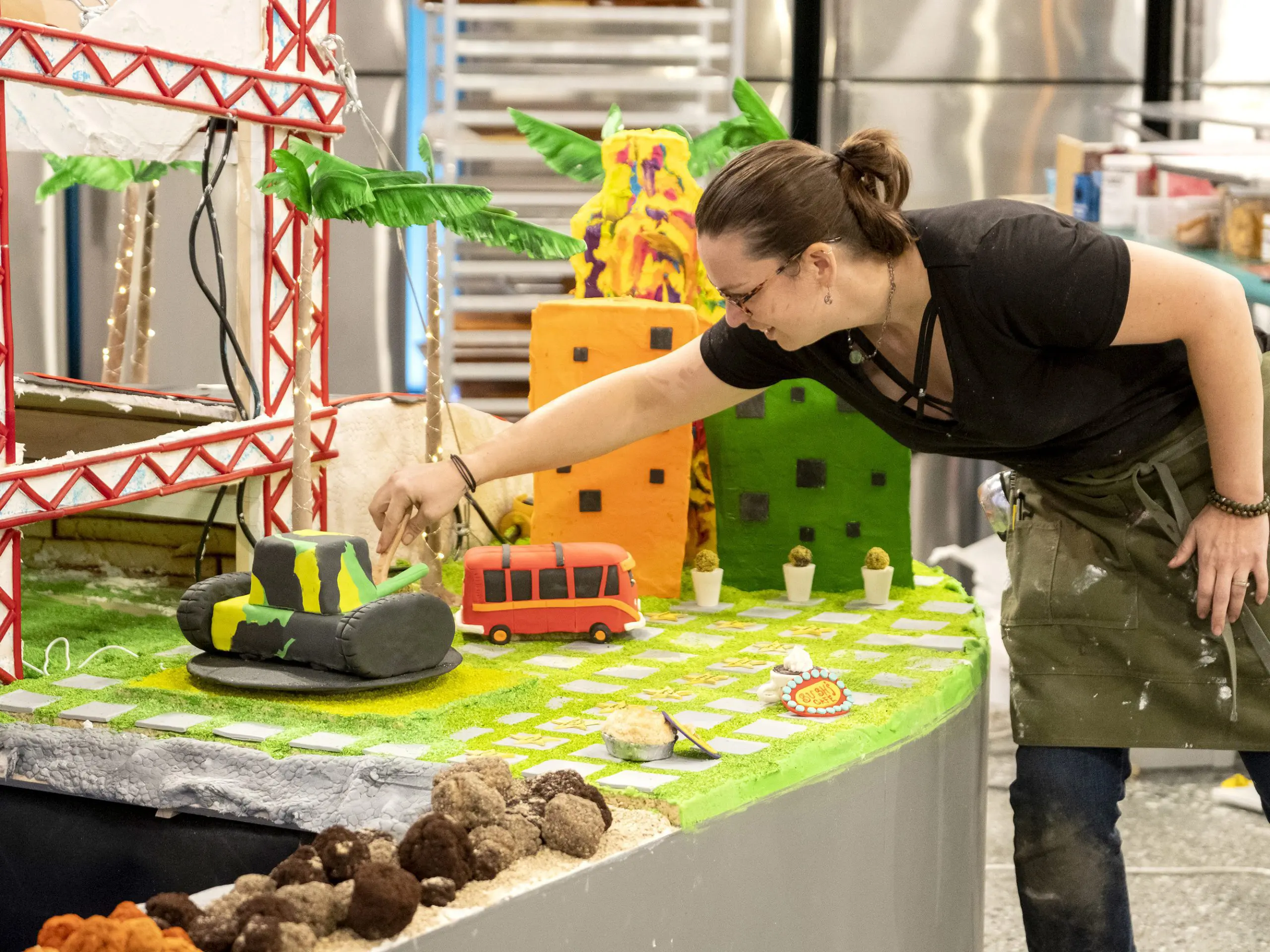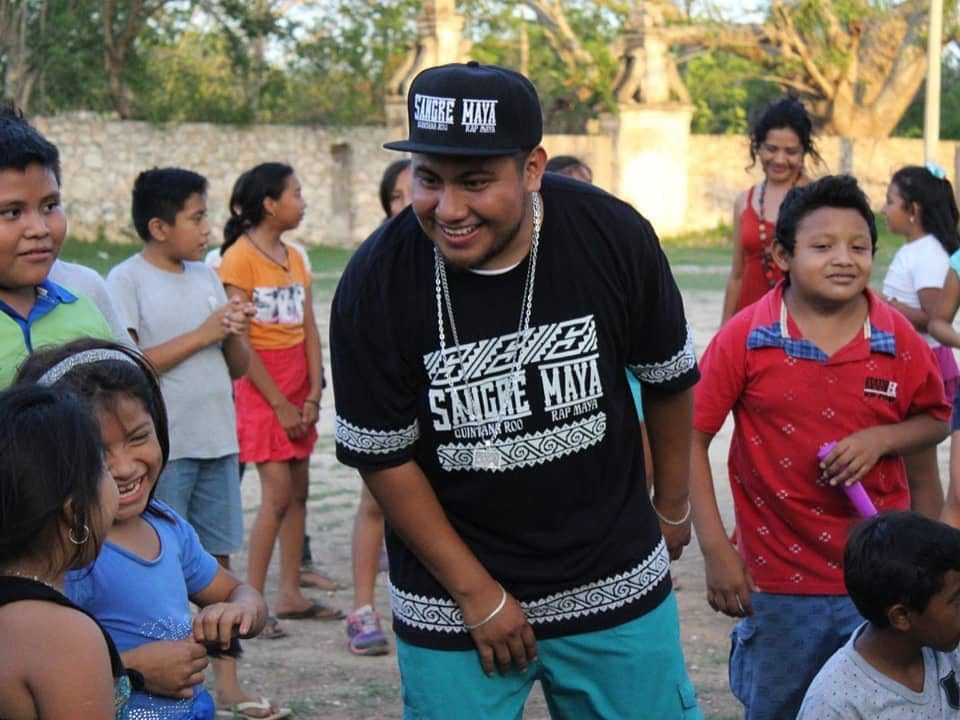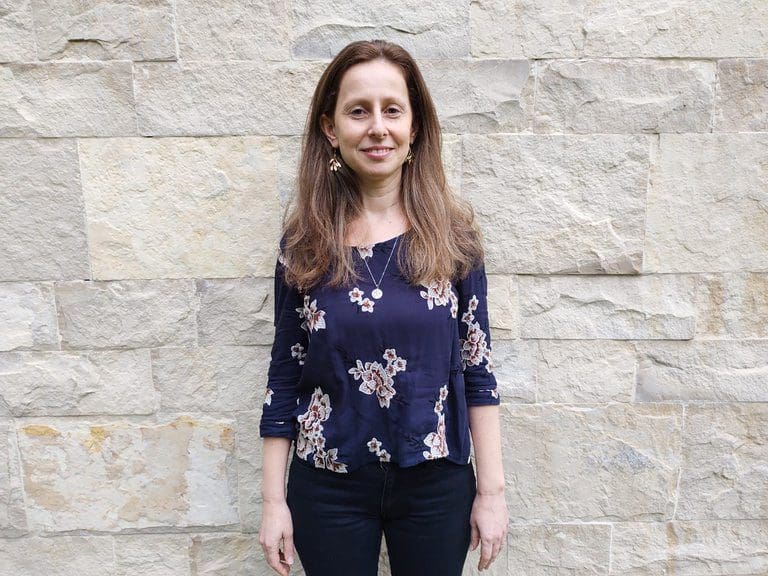Woman trades Jersey City for Edisto Island, reclaims African ancestry
As I began to reconnect with my ancestors, I felt such reverence. Soon, I began growing foods from West Africa like okra, benne sesame seeds, and corn. Growing these foods help me connect with those who went before.
- 3 years ago
May 22, 2022
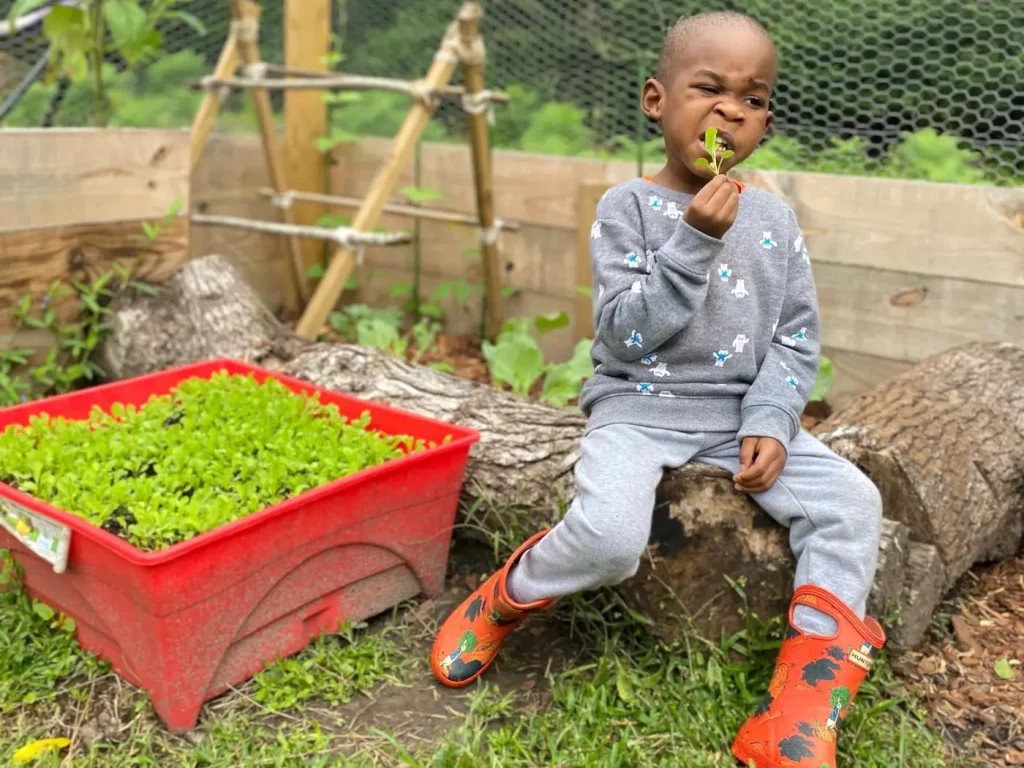 Takeya Meggett's son snacks on some of the bounty of his mother's Edisto Island crops | Photo courtesy of Takeya Meggett
Takeya Meggett's son snacks on some of the bounty of his mother's Edisto Island crops | Photo courtesy of Takeya Meggett
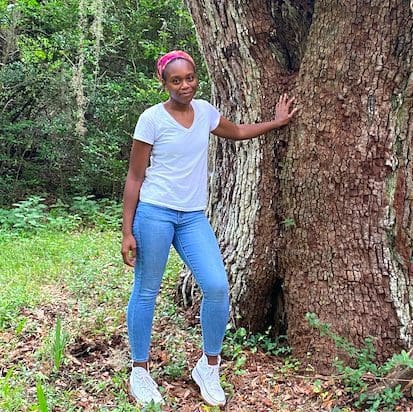
Explora y aprende enseñanzas tradicionales a través de la comida, la historia oral y el cultivo de su tierra.
Sigue su viaje en Instagram.
La isla alberga la cultura del pueblo Gullah, descendientes de africanos occidentales traídos a América por su habilidad en el cultivo del arroz. El aislamiento del continente permitió a la gente de Gullah conservar en gran medida su cultura, incluida la música, los valores familiares, la comida y el idioma. Hoy en día, la isla sigue siendo el hogar de una gran comunidad gullah.
EDISTO ISLAND, South Carolina – When I lost my job during the height of the COVID-19 pandemic, I left Jersey City and moved south to the remote island of Edisto, South Carolina, a region settled by former slaves and rich with African history and culture.
My 2-year-old son and I had lived in an apartment complex in the tri-state area where I grew up. We were always busy and on the go. When I was forced to stop, a lifetime of exhaustion caught up with me.
I slept for a year, my mind, body, and spirit completely beat down; I needed a new start. My dreams centered on growing my own food beyond the windowsills and community gardens in the city. I wanted land, but I ended up getting so much more.
The dream that brought me to Edisto
Moving from New Jersey to Edisto Island seemed destined, and it all began with a dream.
After losing my job in May 2020, I took a trip to Greensboro, South Carolina to visit family. I needed to do something different, to find a new home for my son and me.
Fast asleep in bed, I began to dream. In the dream, I tried to play my late grandfather’s record (he was a member of a gospel group called The Echoes of Harmony). Before the song “Happy Today” could begin, the needle skipped. I tried playing it again, but I bumped into the record player. My eyes landed on another song: “Time is Winding Up.”
Listening to the lyrics, I noticed my balcony door was open. I froze. Right then, I heard my grandfather’s voice say clearly, “Call Martha.” In my dream, I questioned if it really happened. I felt paralyzed but alert and coherent. A vibrating energy permeated my whole body. “I know it’s you,” I replied.
Soon, I would follow his direction.
Discovering Edisto Island
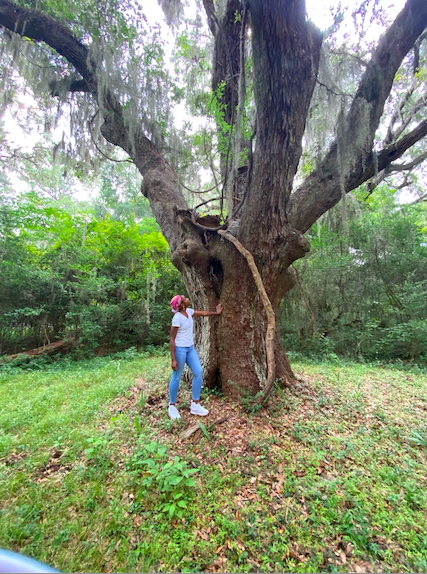
I reached out to my grandfather’s sister, my great-aunt Martha. To my surprise, she was not the only Martha in my family. I learned about a second cousin who lived on Edisto Island. This was the Martha my grandfather was talking about.
Her joy permeated the telephone conversation, and she made me feel so welcomed. I asked if we could stay with her for a while. Martha offered my son and I the trailer beside her house. I drove from Greensboro straight to Edisto Island.
We arrived on a beautiful, sunny day in August. From the moment we arrived I thought, “Oh my goodness: this is country;” not like the way I grew up. The big oak trees with moss hanging down created an intimate feeling. It felt eerie and cozy at the same time.
Martha greeted me wearing a bonnet and a night coat. Her old screened-in front porch seemed like a trip down memory lane. Inside, she watched her stories on television from a paisley couch. It was the kind of furniture made with integrity.
Learning the history of the island
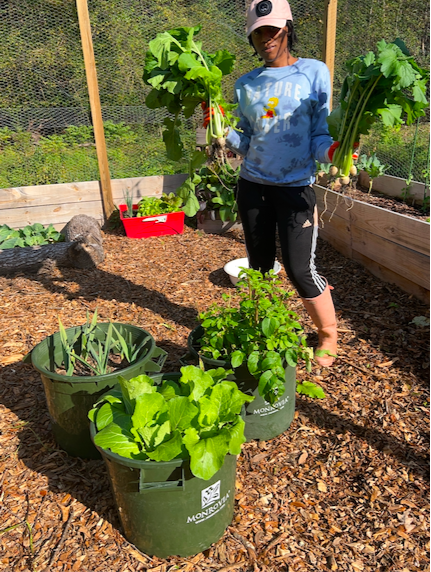
The more time I spent in Edisto, the more I learned.
Most of the residents are elderly and seemed happy to have a young person around. Sitting on the porch in cushioned chairs with our next-door neighbor Miss Dorothy, I learned about times when the people had no doctor, so they healed each other with herbal medicine. She reminisced about stories my grandfather never shared, and in return for teaching me the history and traditions of our people, I gave her green beans and okra from my garden.
As I began to reconnect with my ancestors, I felt such reverence. Soon, I began growing foods from West Africa like okra, benne sesame seeds, and corn. Growing these foods help me connect with those who went before; I tended the land as they did, using my arm and a whip instead of a machete.
Reclaiming my heritage and pursuing a new dream
It took me three months to become comfortable living in the trailer next to my cousin. I was forced to rest and recalibrate; to adjust to my new diet after years of eating quick food in New Jersey. Consuming more vegetables, my body began feeling better. The pressure to earn was replaced with contentment as I navigated a lower cost of living.
Born during the pandemic, my son was too young to know the difference between Jersey City and the island, but now he has space to run around and meet people.
Today, my goal is to obtain my own land, a place I can call home, and to continue to grow my own food, tend to my gardens, and become self-sustaining.
Farming, planting with the seasons, and stewarding the land increases my independence and improves my mental health. I find it therapeutic to grow different foods according to the seasons, and to eat what the land allows. I work with the land, not against it.
One day, I hope to build lodging and space for young, Black people to come visit Edisto Island, discover the atmosphere I so cherish and to build community.
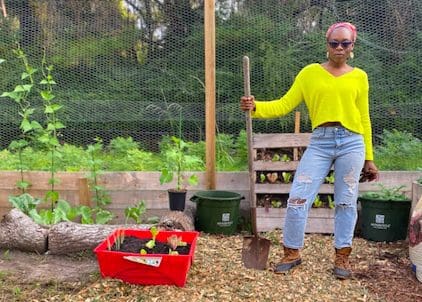
Elevate voices, Fund truth
Support journalists writing first-person news. Give
Translation Disclaimer
Translations provided by Orato World Media are intended to result in the translated end-document being understandable in the intended language. Although every effort is made to ensure our translations are accurate we cannot guarantee the translation will be without errors.
Related
Author Profile
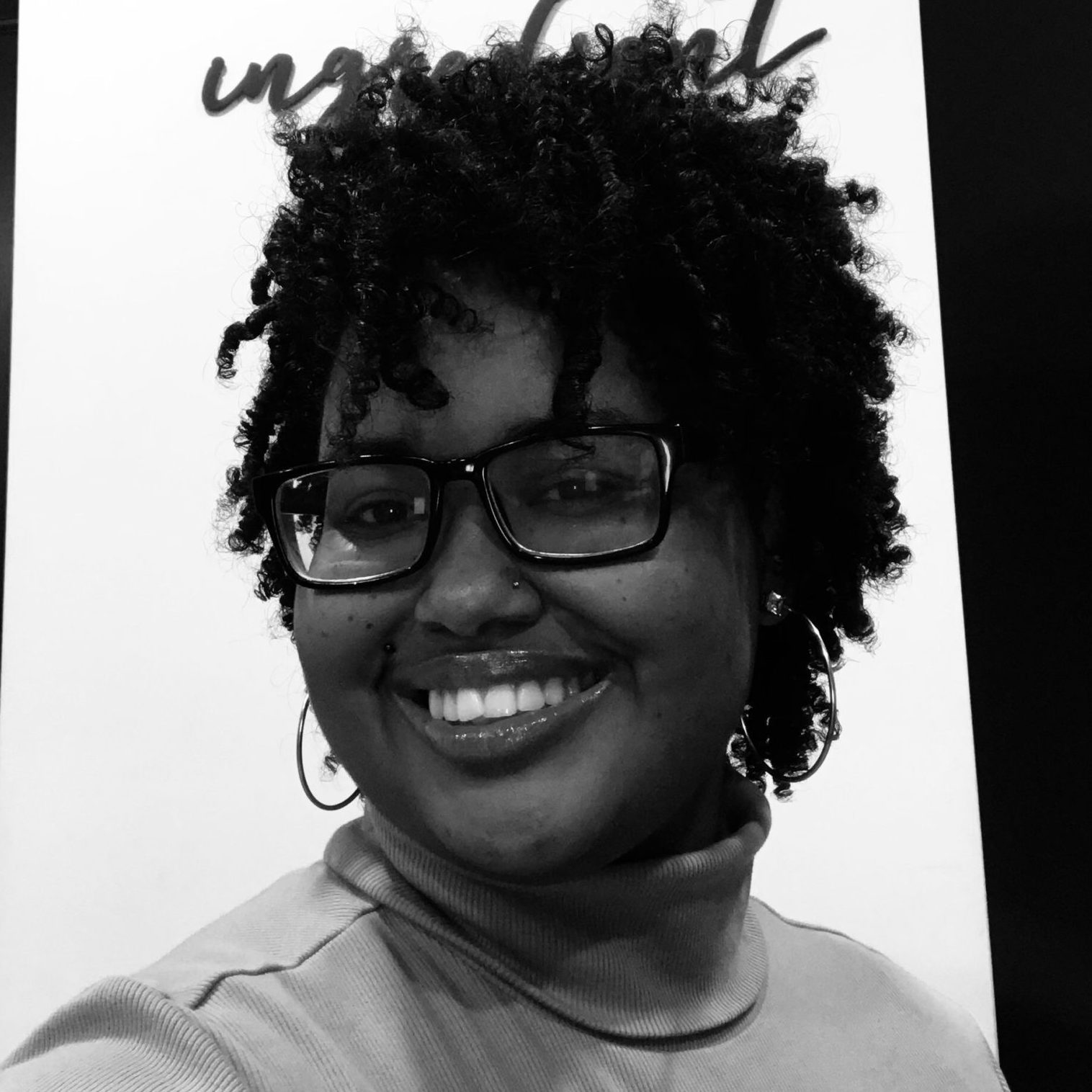
Kaylin Daniels
Kaylin is a graduating senior at the University of South Carolina, soon to obtain a degree in Mass Communications with a cognate in Marketing. She is dedicated to her studies and passionate about journalism. She tries to find unique voices to share with Orato, to help rebuild trust in the news again.
Author Bylines
- After the mass shooting at Tops in Buffalo, leader springs into action
- Woman trades Jersey City for Edisto Island, reclaims African ancestry
- South Carolina mother recounts son’s post-COVID MIS-C diagnosis
- Black medical student creates lifelines for others as she flees Ukraine
- Heeding a call to serve, Texas family crosses borders to help those in need
Perfil del autor

Kaylin Daniels
Kaylin is a graduating senior at the University of South Carolina, soon to obtain a degree in Mass Communications with a cognate in Marketing. She is dedicated to her studies and passionate about journalism. She tries to find unique voices to share with Orato, to help rebuild trust in the news again.
Autor de líneas de autor
- After the mass shooting at Tops in Buffalo, leader springs into action
- Woman trades Jersey City for Edisto Island, reclaims African ancestry
- South Carolina mother recounts son’s post-COVID MIS-C diagnosis
- Black medical student creates lifelines for others as she flees Ukraine
- Heeding a call to serve, Texas family crosses borders to help those in need


